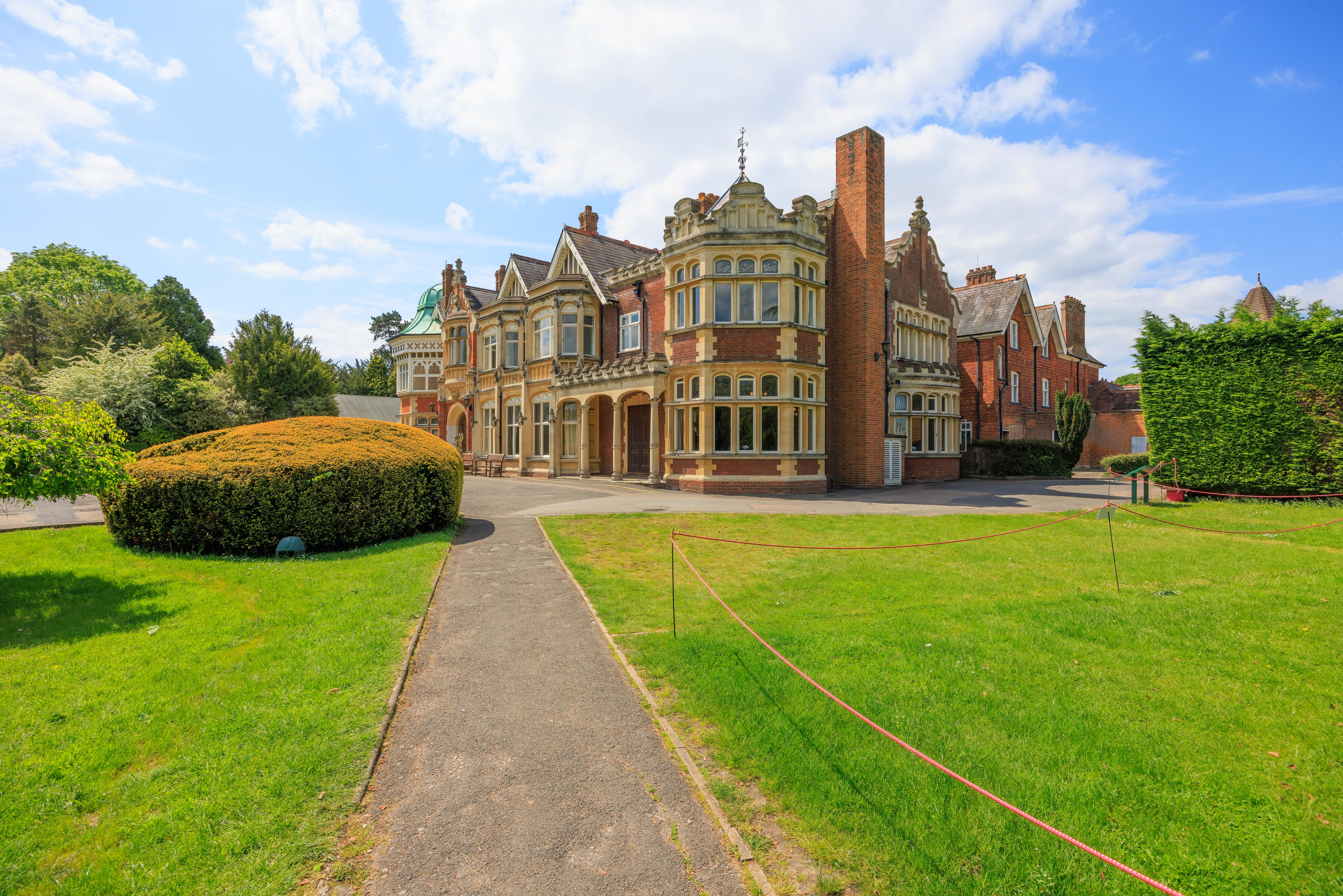Just two destinations today! We started out in Bletchley Park, where Alan Turing lead a team that was instrumental in breaking the German Enigma and other Axis codes. There was quite a bit to see! Afterwards, we headed over to nearby Stowe to enjoy their vast gardens.
Bletchley Park
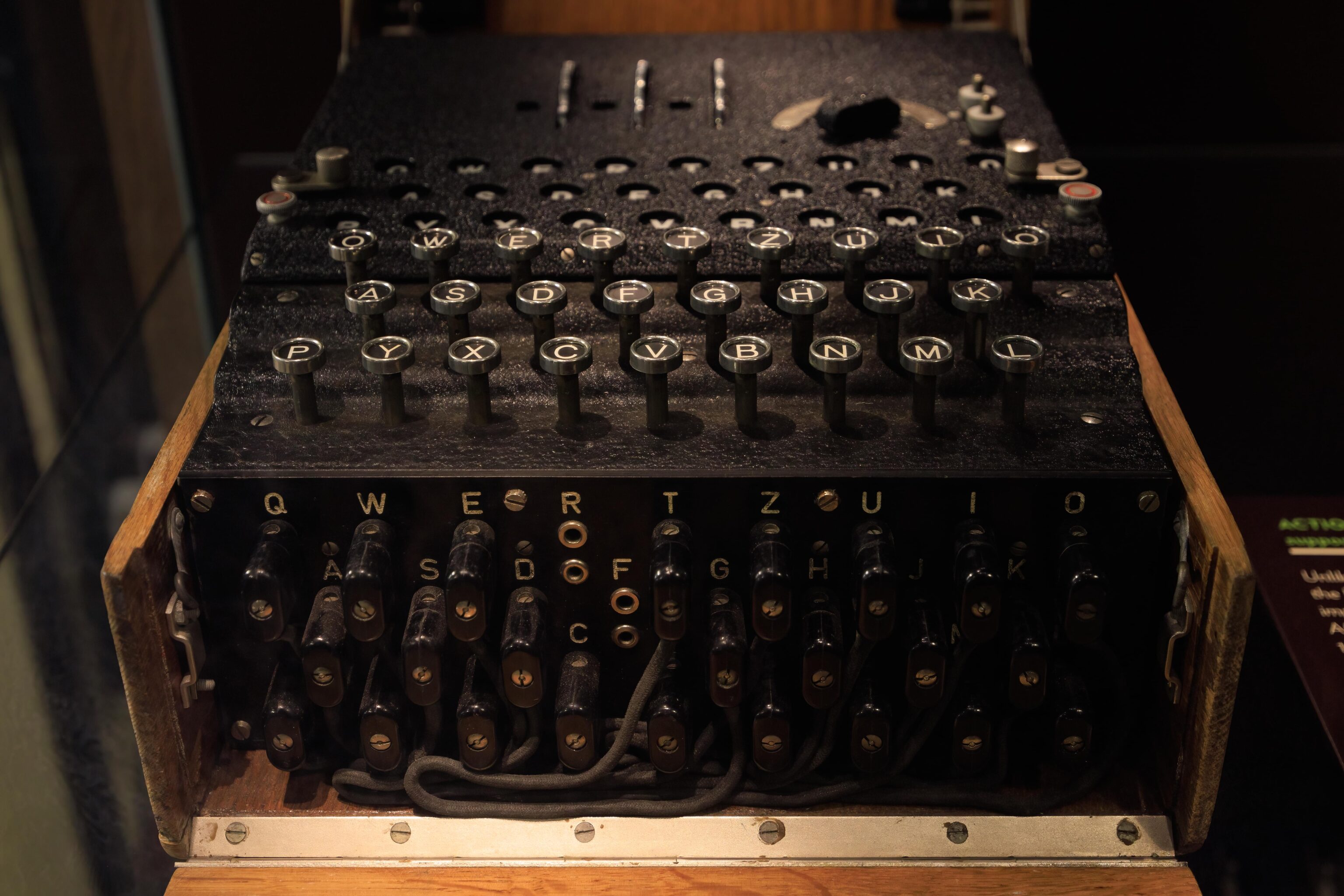
There are plenty of artifacts from World War II at Bletchley Park. Perhaps the most well known would be the German Enigma machines used to encrypt and decrypt messages. They were based on a design that was available publicly before the war but had modifications to make them more secure. There were also different variants of the device.
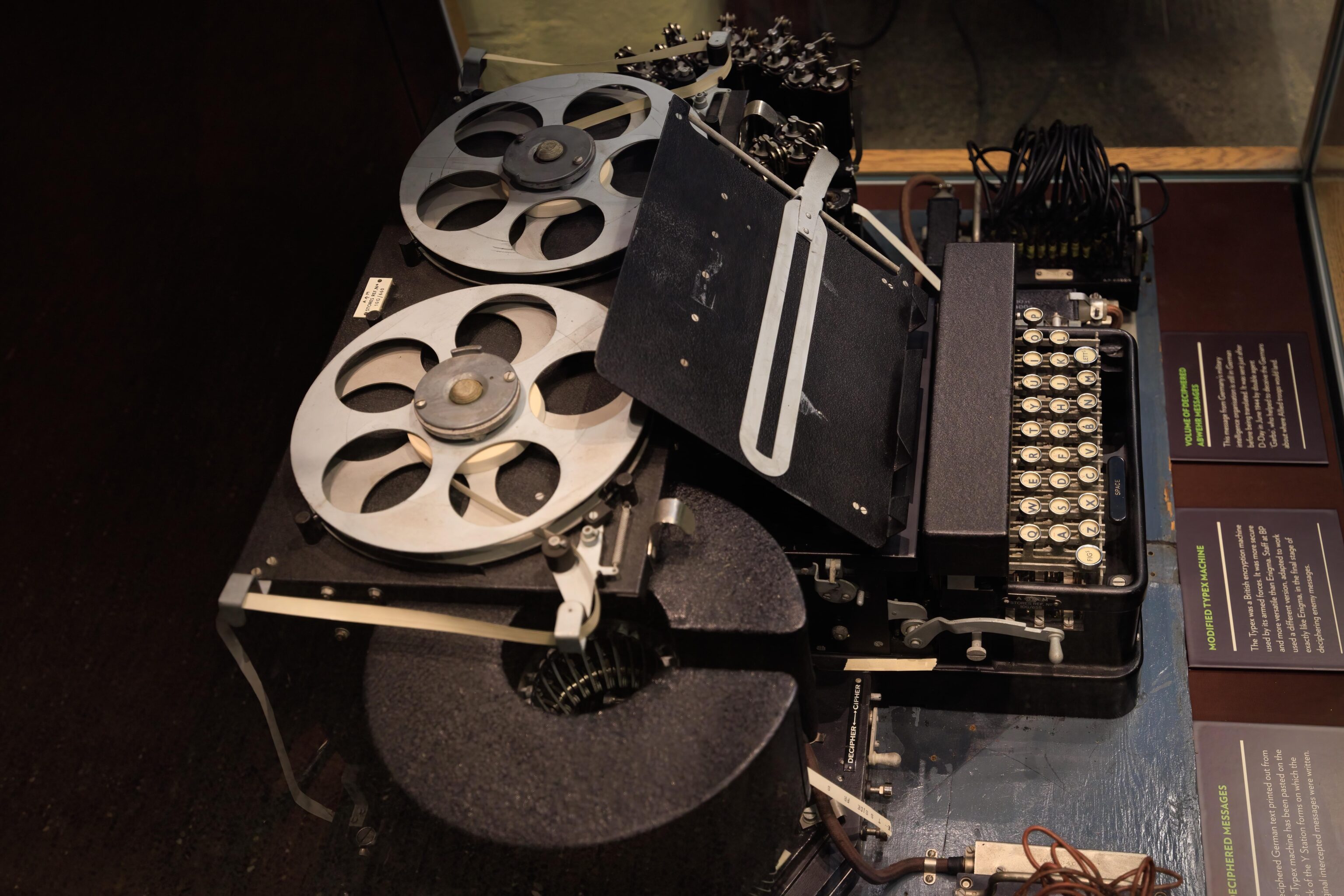
The British used a Typex machine for encryption and decryption. This is an example of one that was modified to mimic the Enigma. Once the appropriate Enigma settings were figured out, equivalent to a modern day encryption key, this machine could be used with those settings applied to quickly decrypt messages that were intercepted.
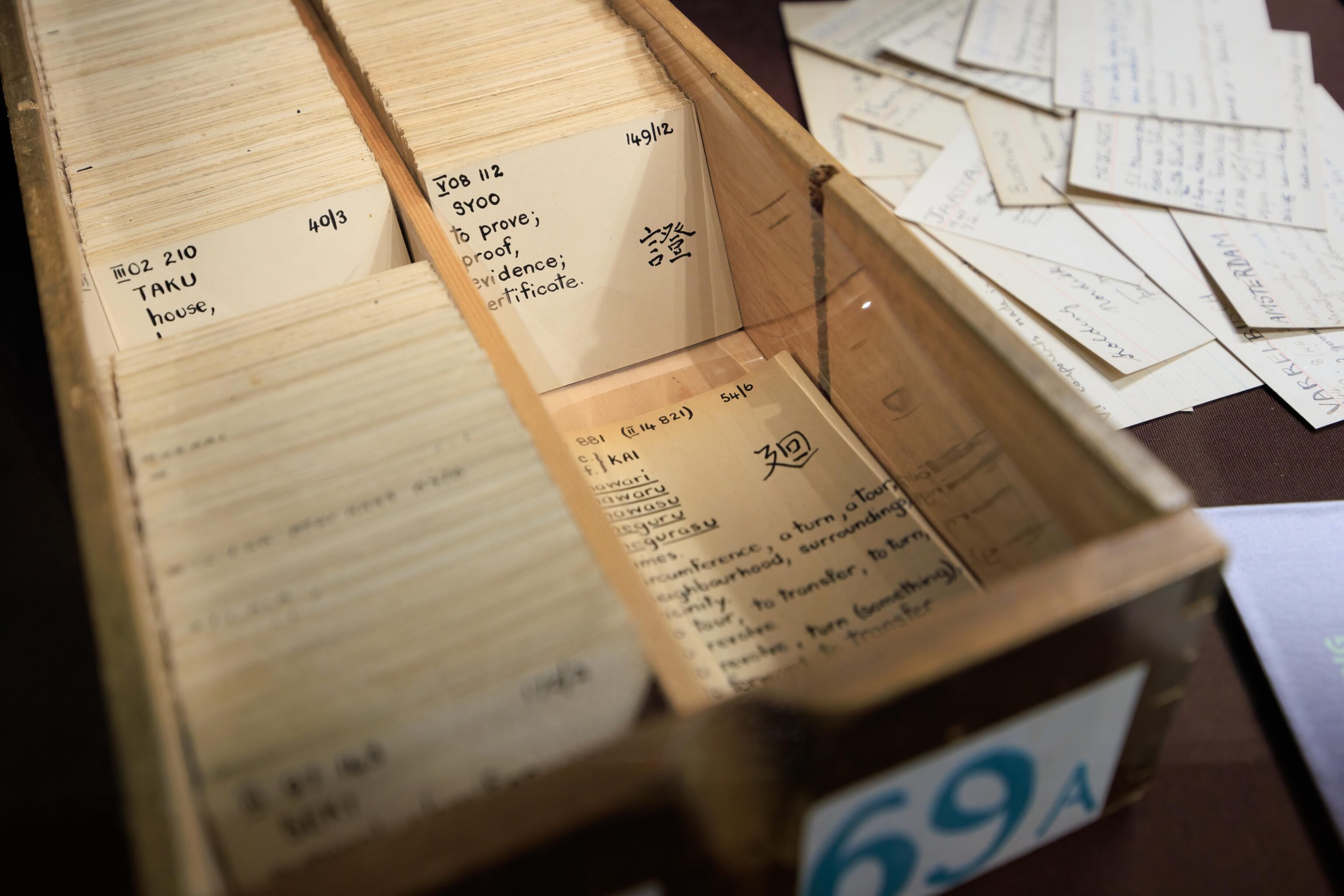
Once a message was decrypted, it had to be translated. These index cards are an example of what was used to learn Japanese. The Japanese also used code words for their communications which made understanding messages more difficult.
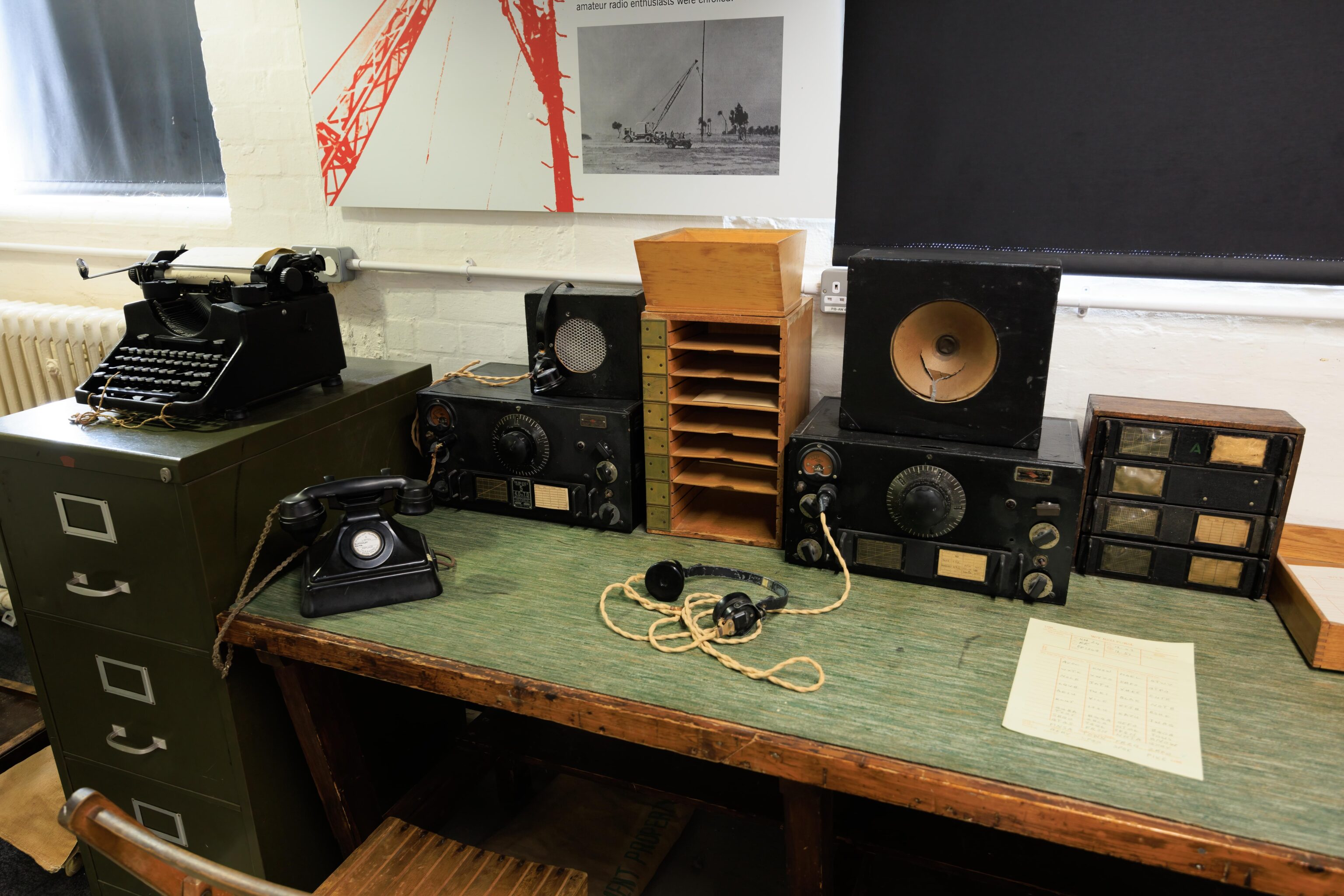
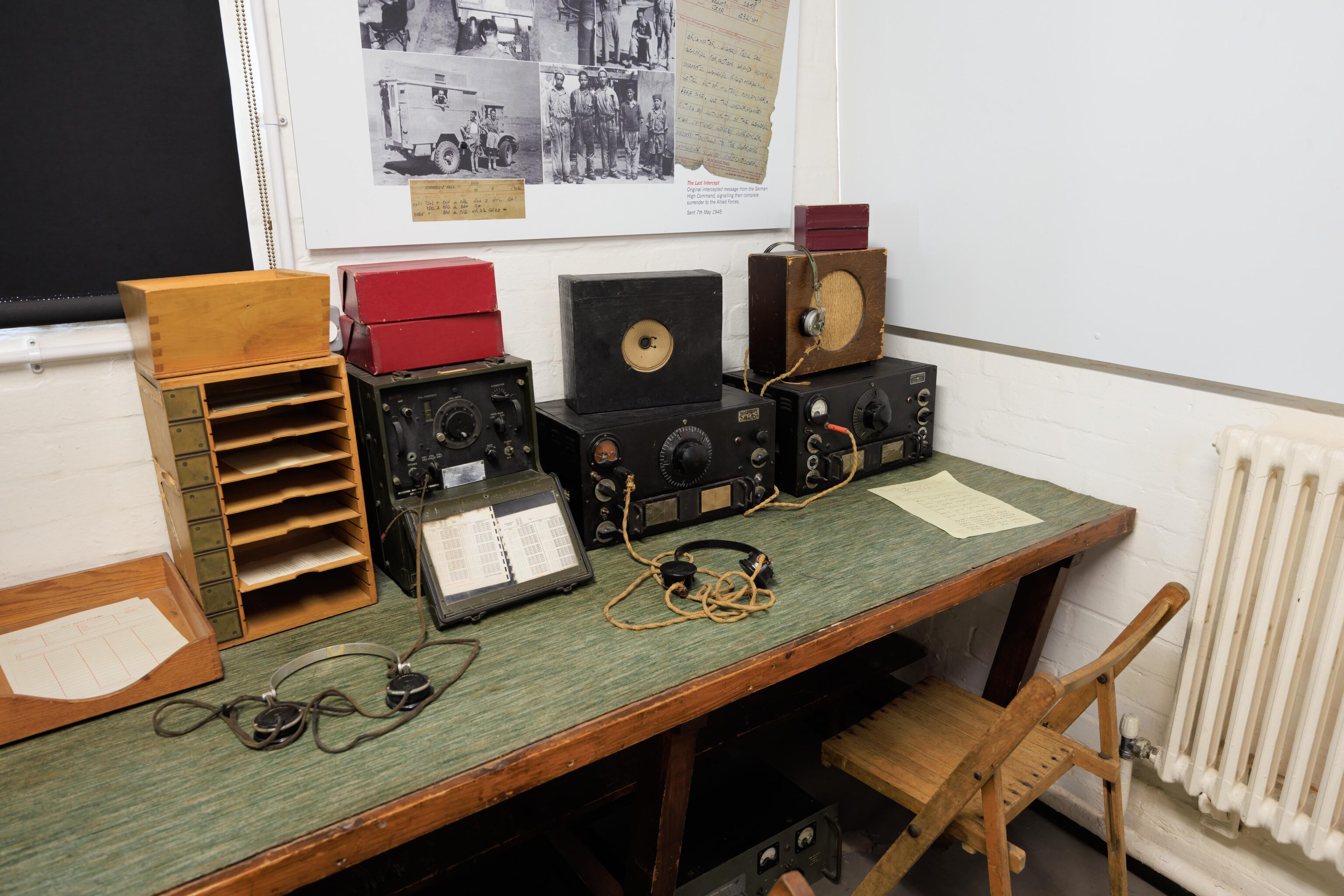
The British had wireless intercept stations around the world to capture enemy transmissions. They called these “Y” stations based on the acronym “WI” for wireless intercept. This was done during both World War I and World War II.
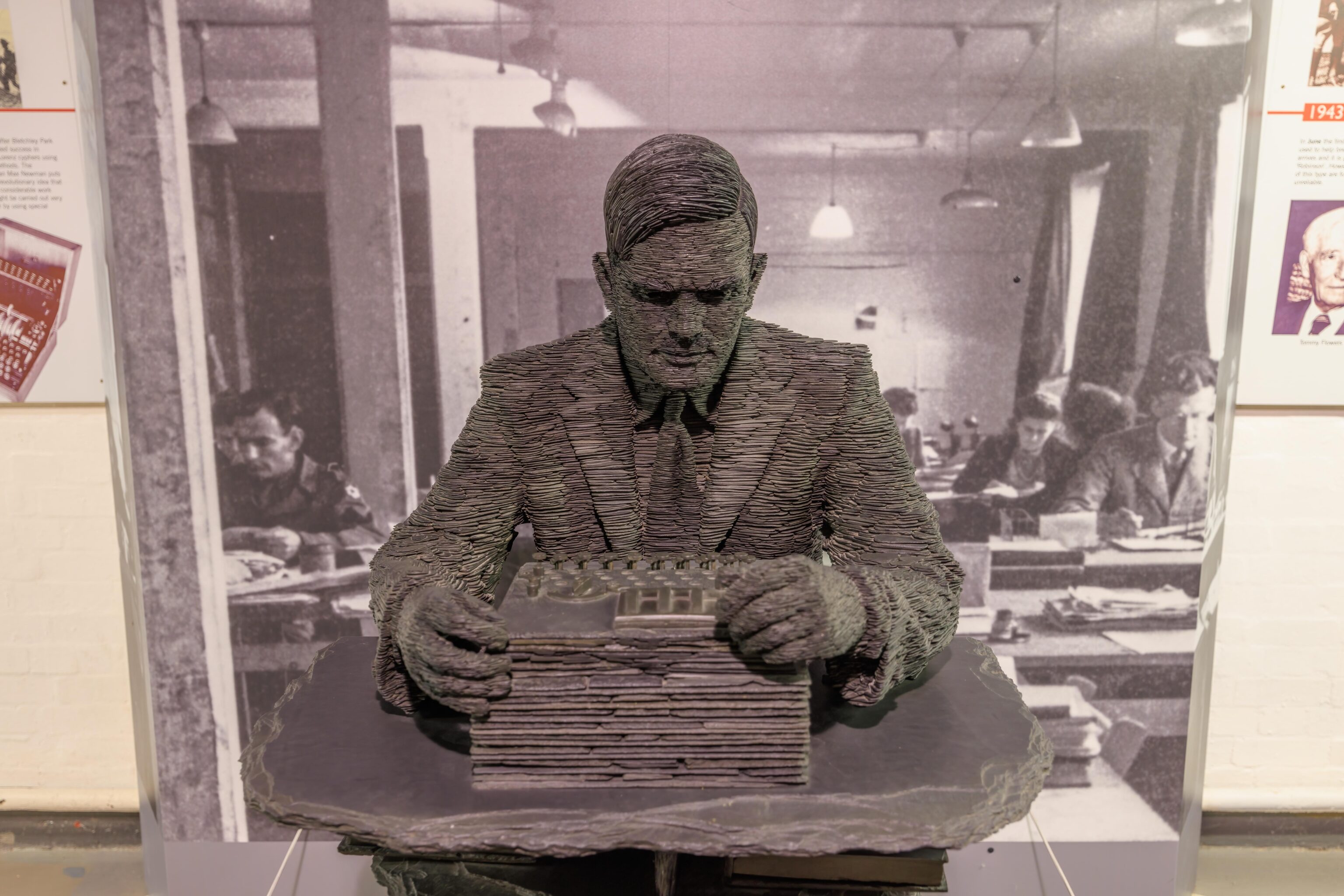
A 3D model of Alan Turing. Alan Turing is well known in Computer Science and anyone who has studied it likely will know about the Turing Machine, a theoretical model for a generic computing device. Alan Turing is likely more well known to the rest of the world from the movie, The Imitation Game. The movie covers what he did here at Bletchley during World War II. Alan Turing’s primary contribution was developing more efficient ways to break the German Enigma and other codes using machines that were significantly faster than people.
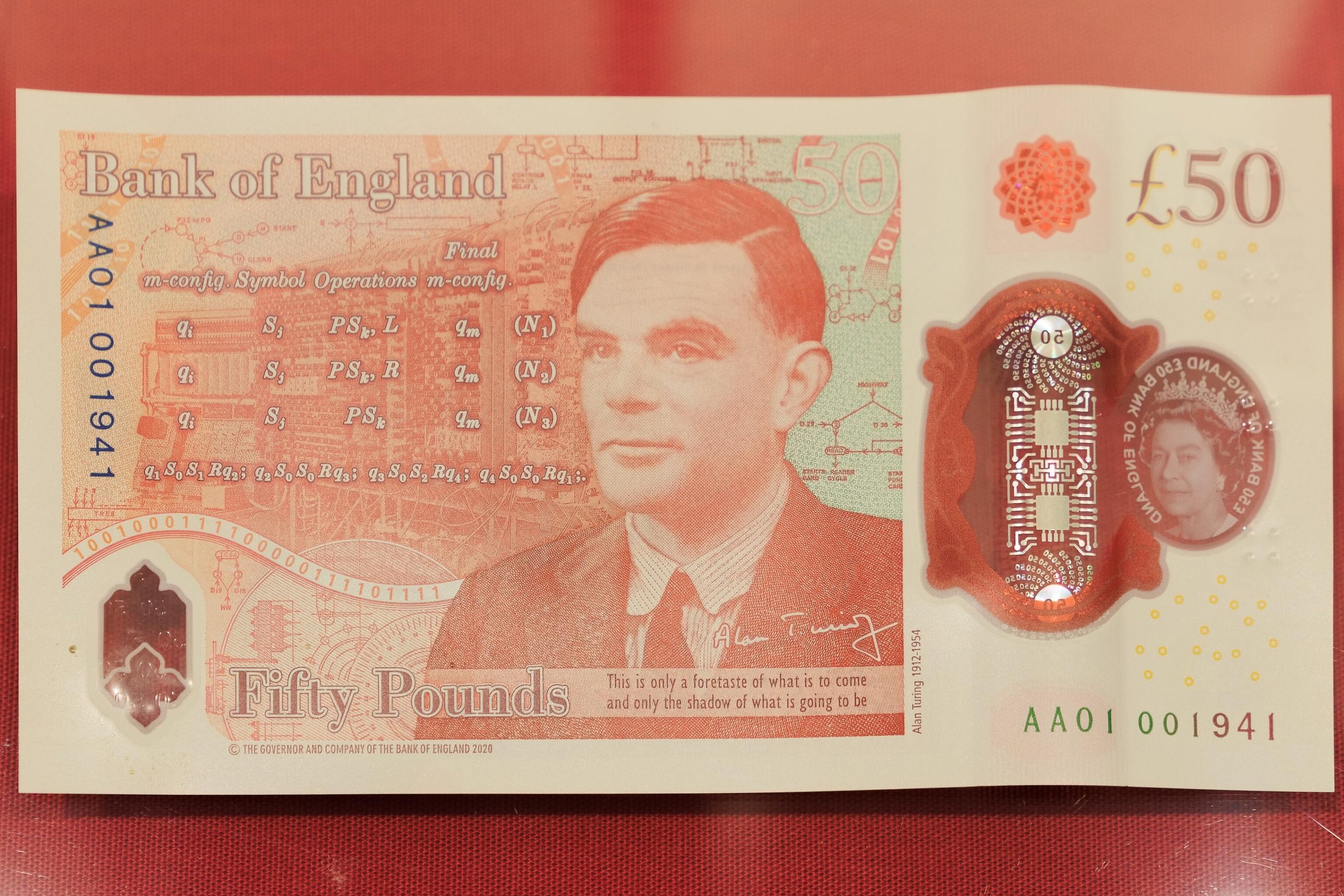
Alan Turing on the 50 pound note. Unfortunately we don’t have one of these!
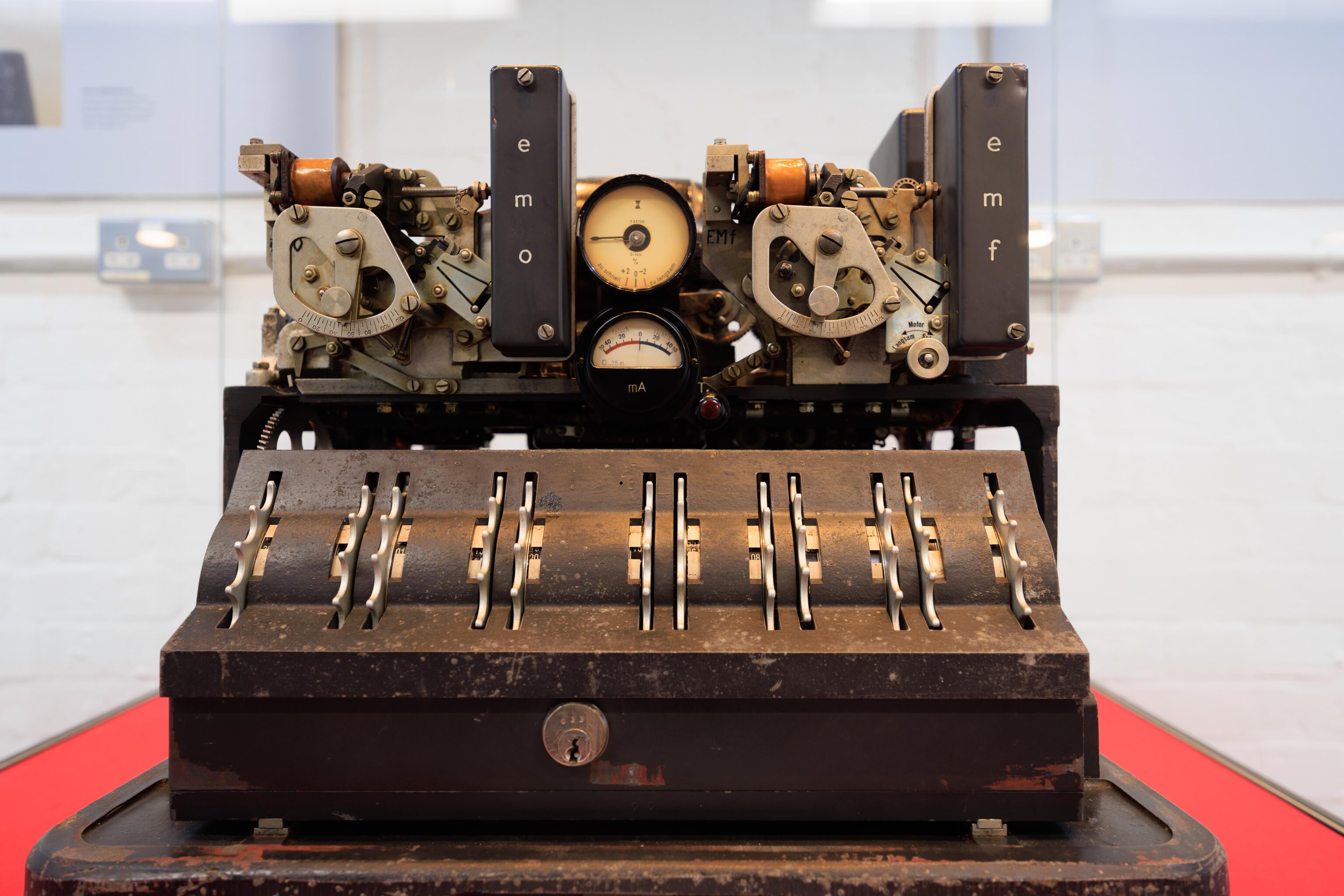
A German Lorenz machine. It was more complicated than the Enigma. It was also broken by Bletchley Park.

An example of the many management memos that were sent at Bletchley. Hope no one had to write TPS reports!
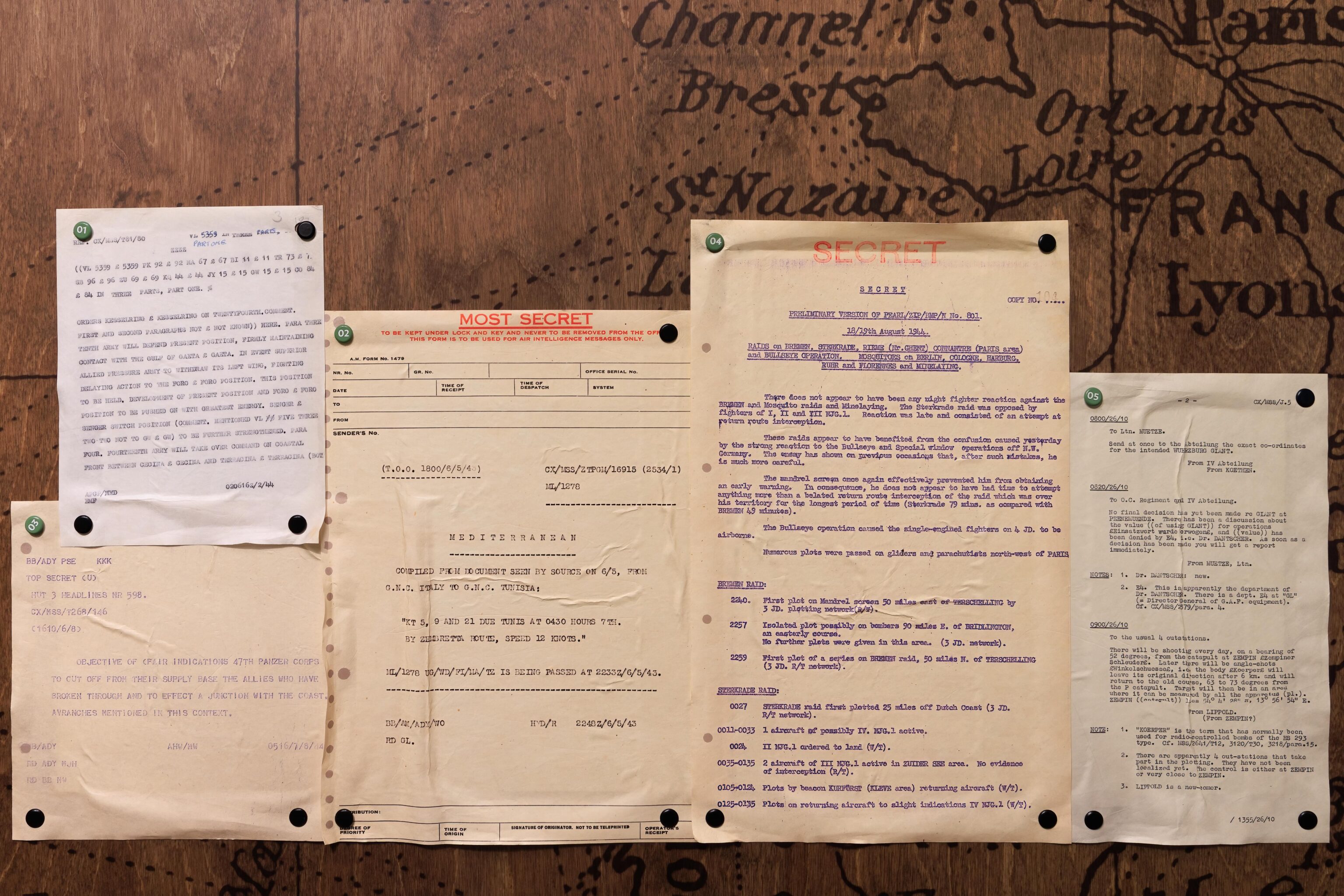
Examples of intelligence gained from decrypted intercepts. It seems the British had Most Secret as the highest instead of Top Secret.
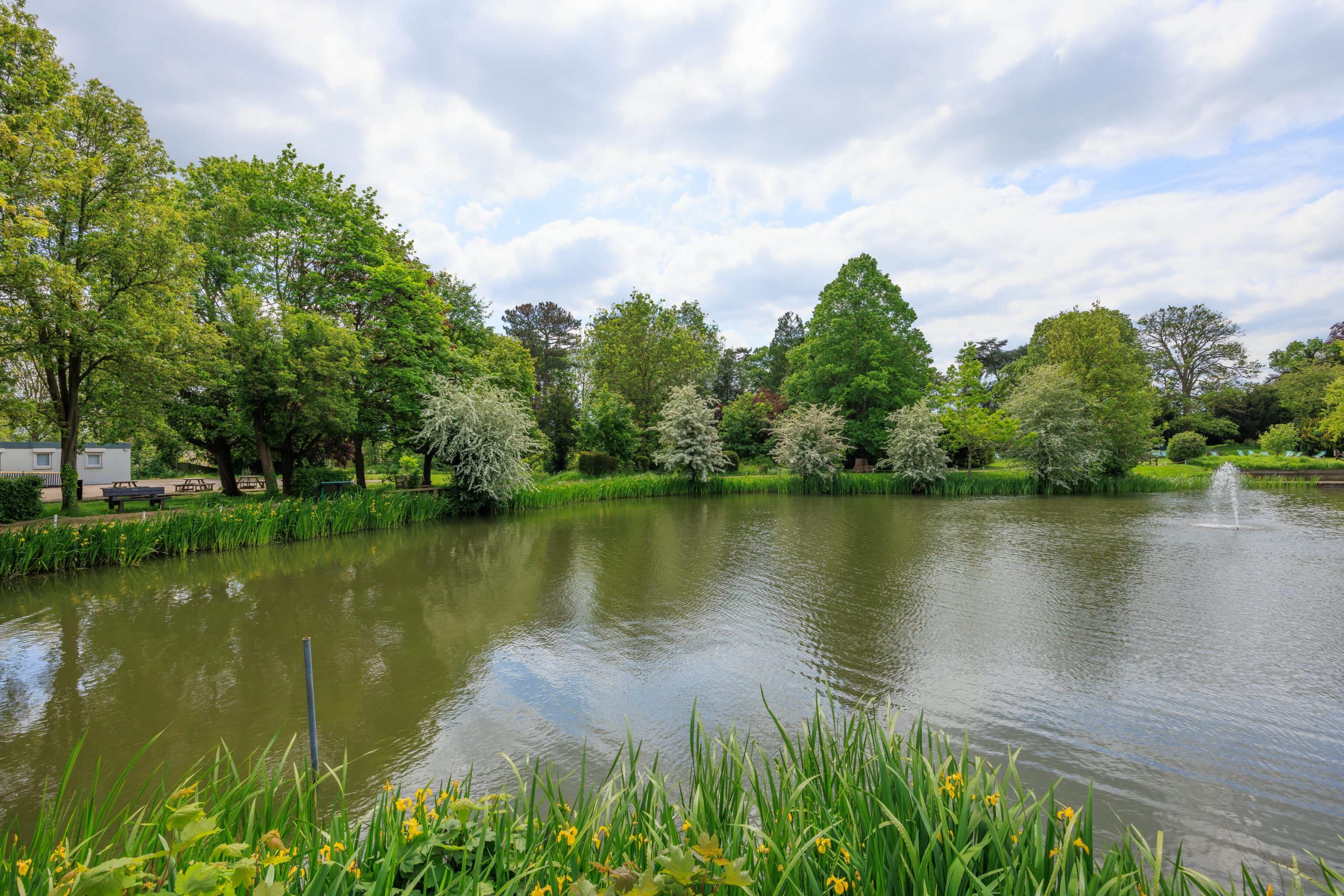
Bletchley Park was originally an English country house. It was put up for sale and purchased by the government. They wanted a place where they could work on breaking codes without anyone knowing what was going on.
There is a nice lake at the center of the property. One of the signs talked about ice skating on the surface during the winter!
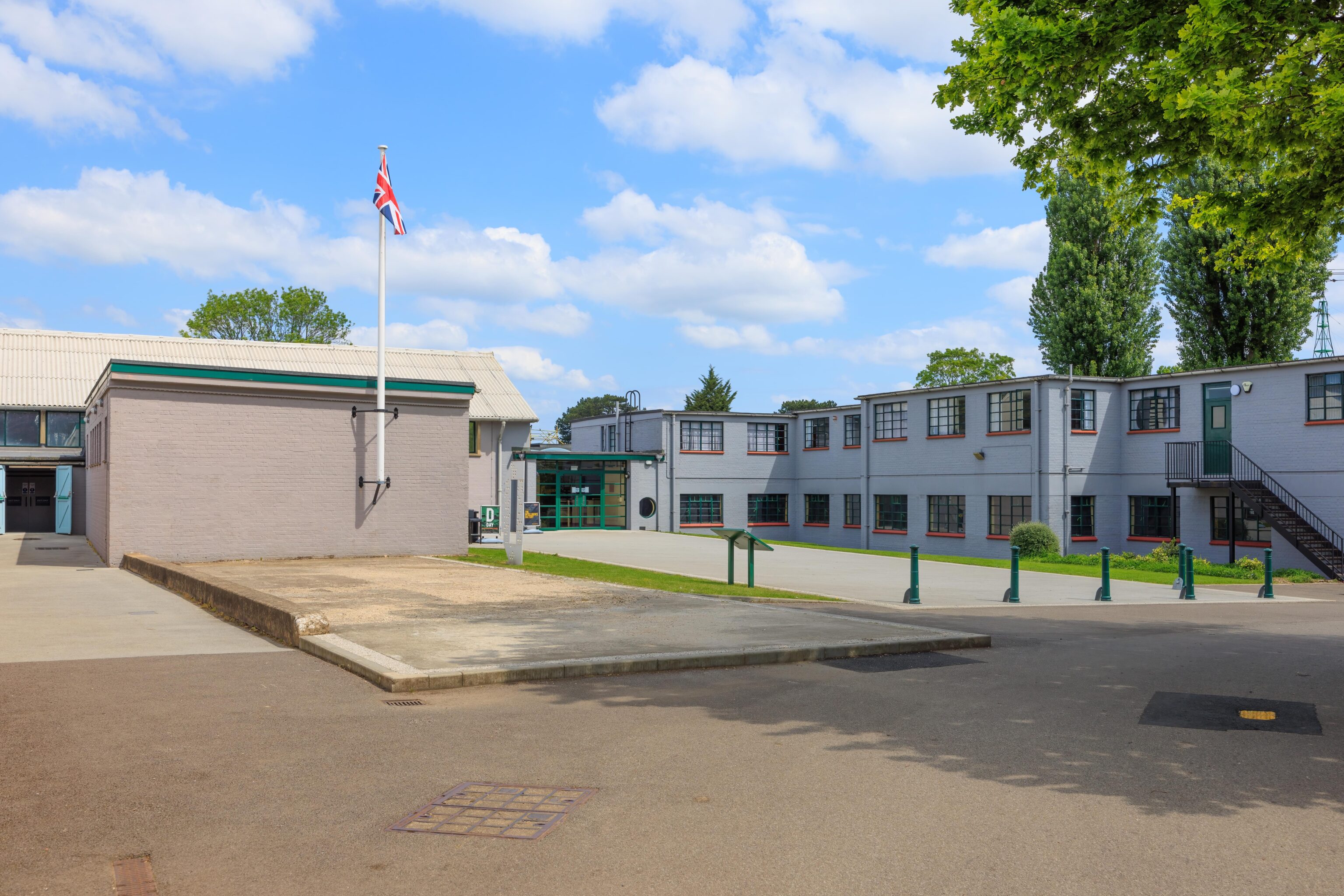
Most of the buildings are rather utilitarian, as one would expect for a military facility, particularly one that was scaled up very quickly.
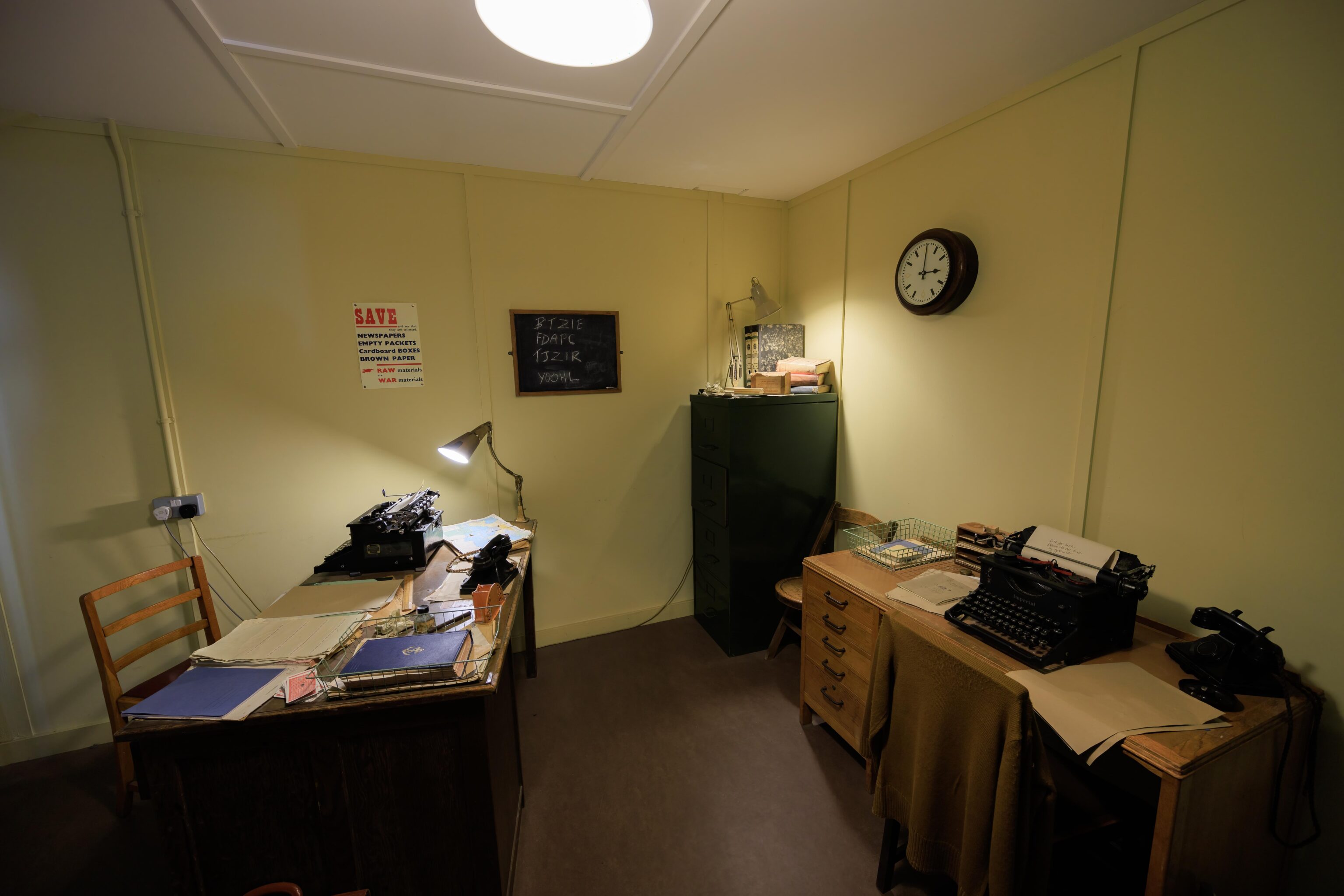
Alan Turing’s office in Hut 8!
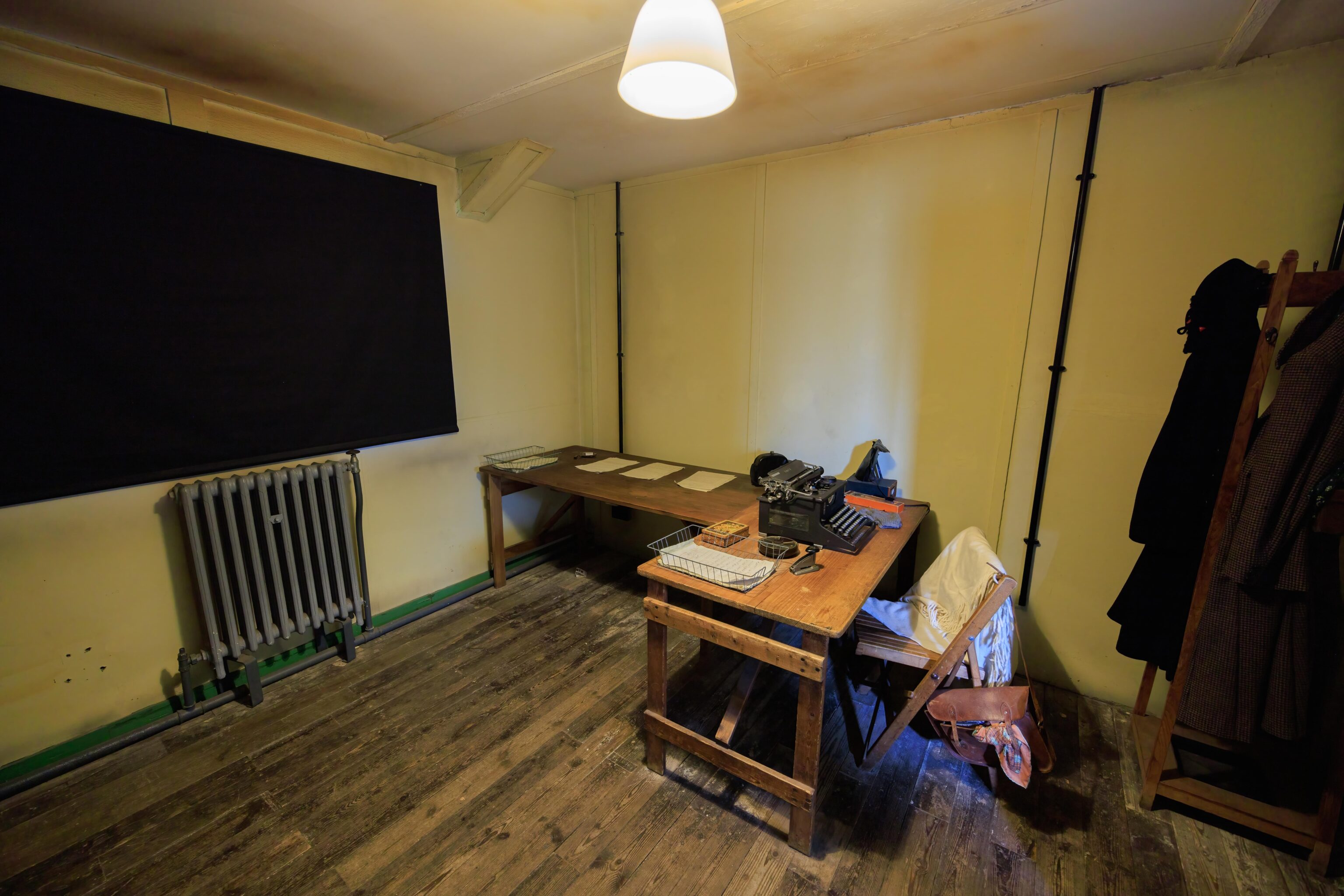
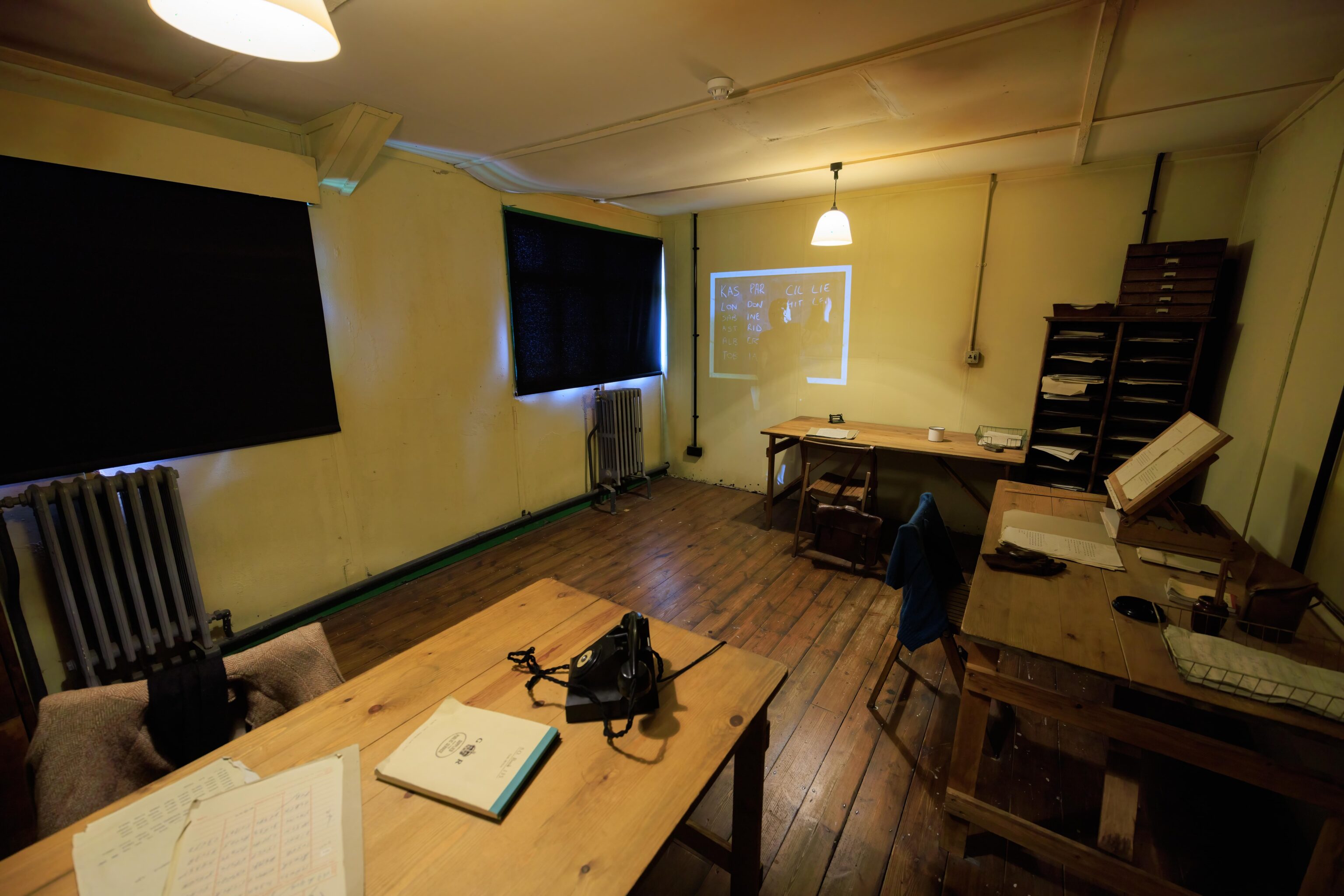
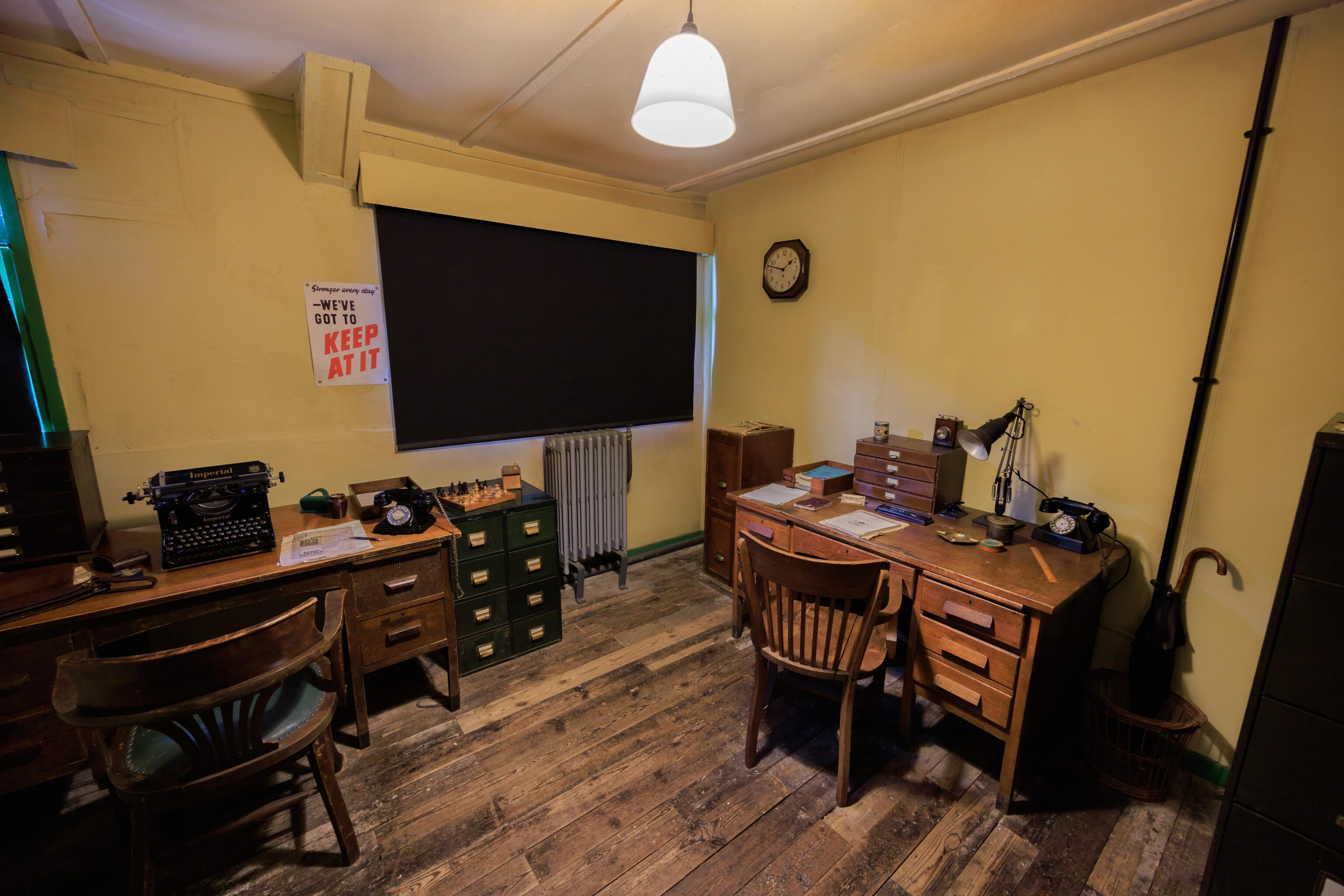
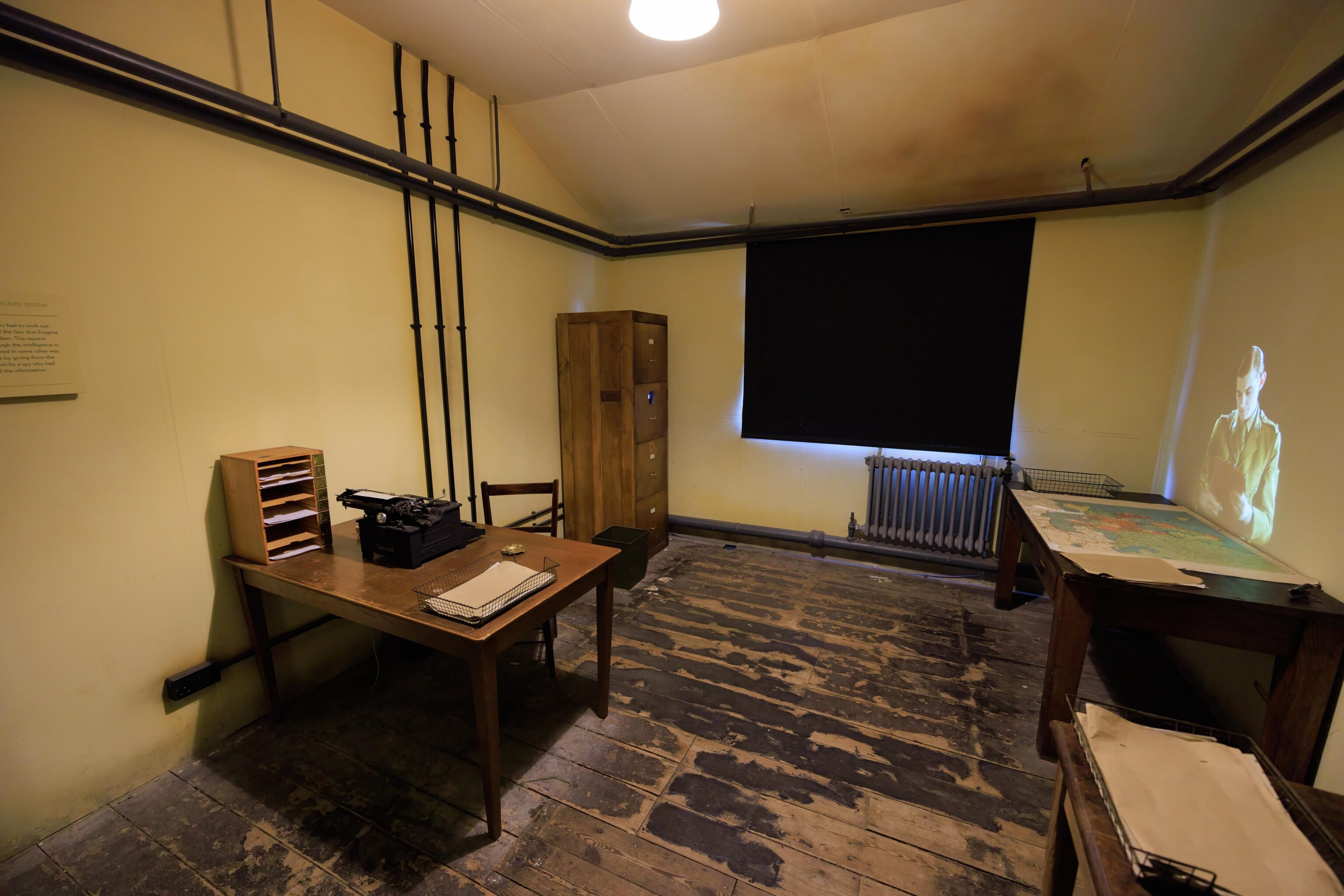
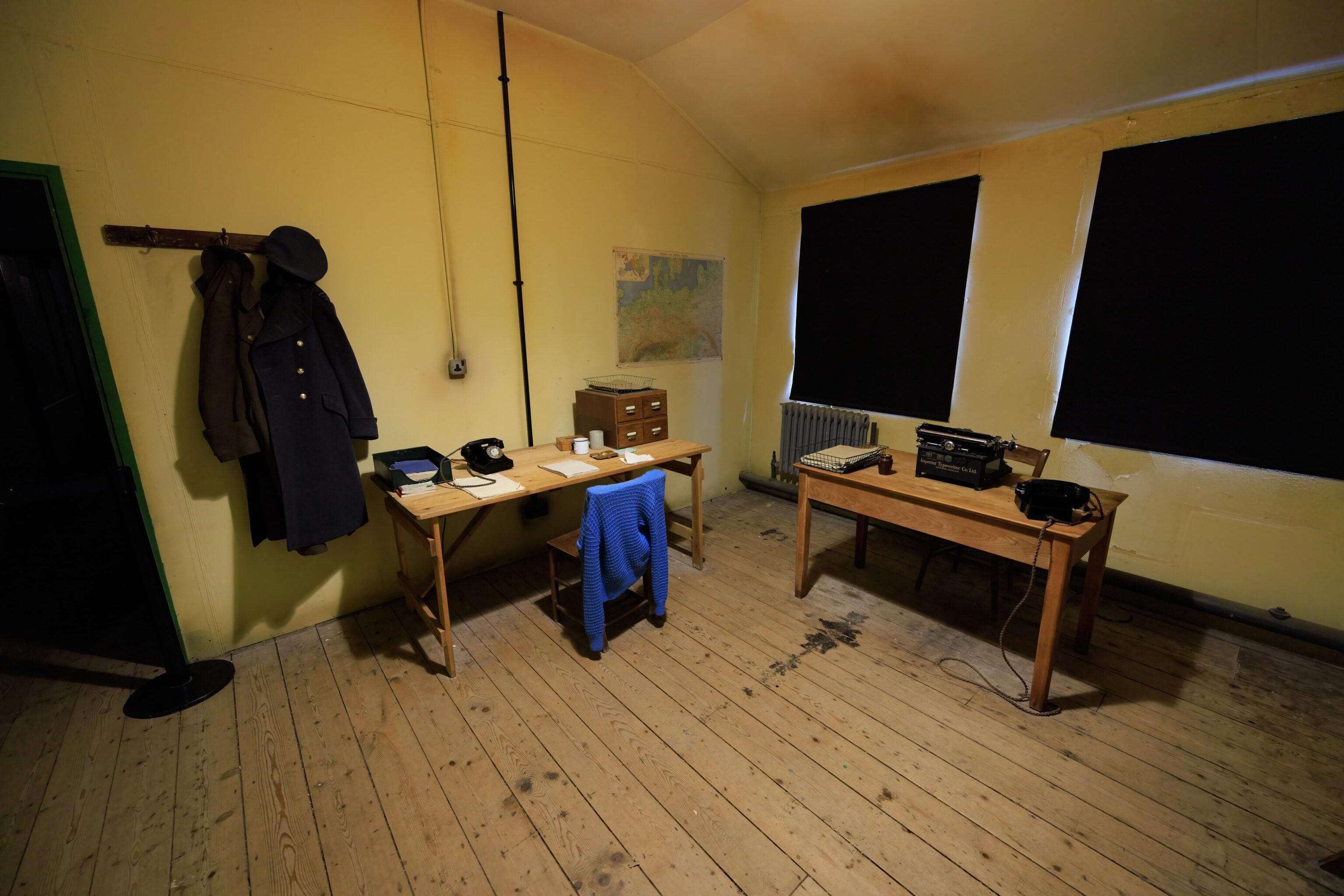
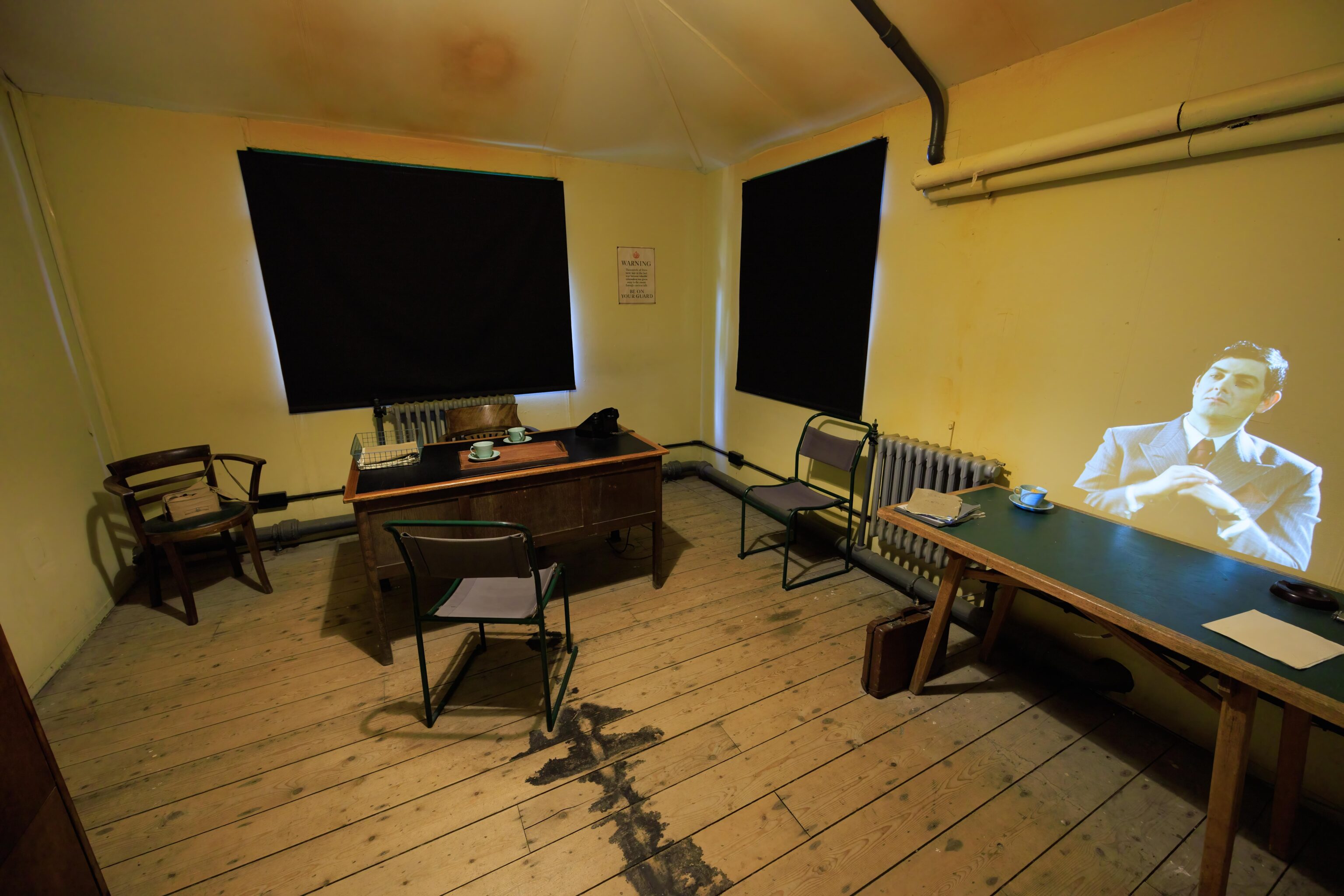
There were many examples of what various offices would have looked like.
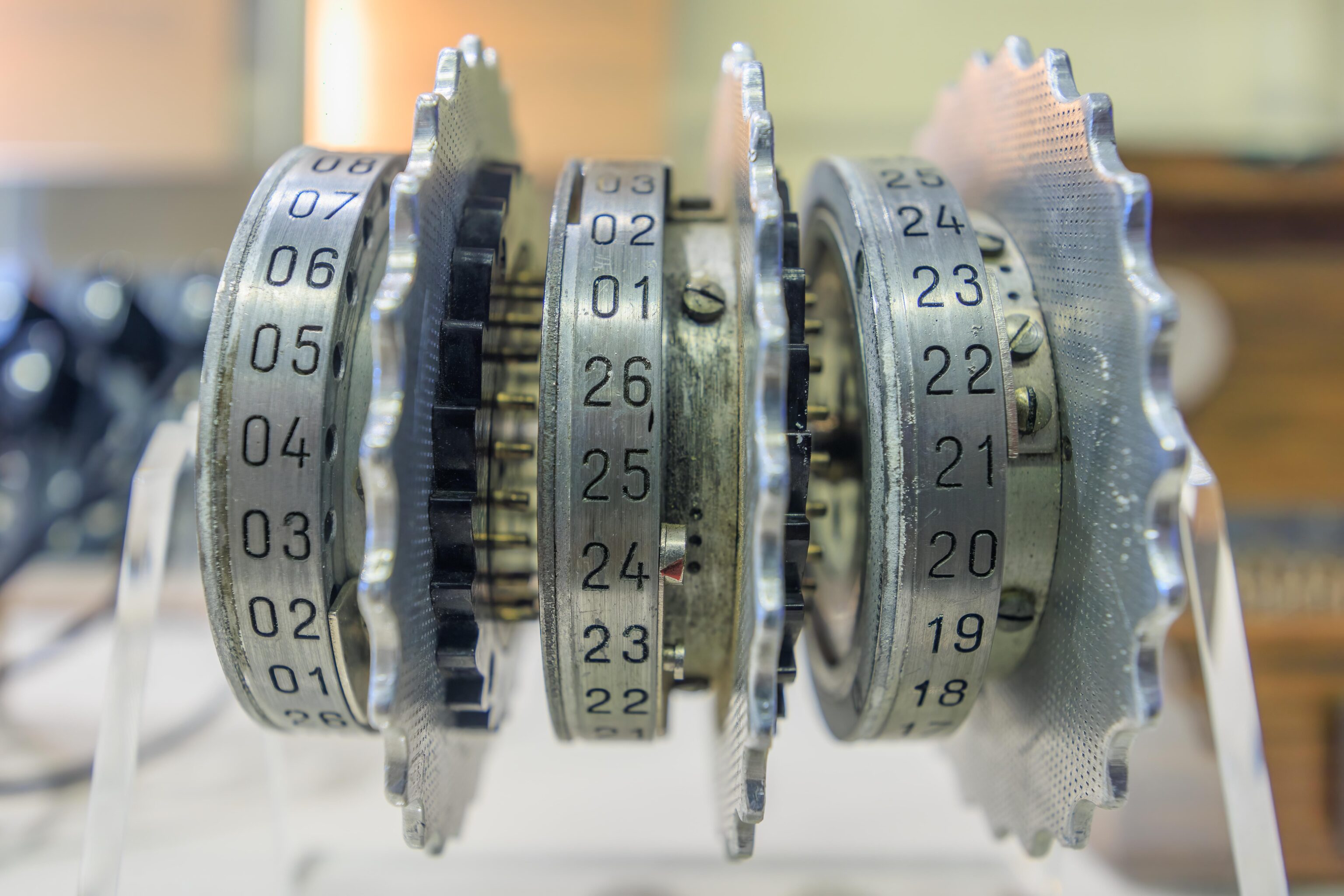
The rotors from a three rotor Enigma machine.
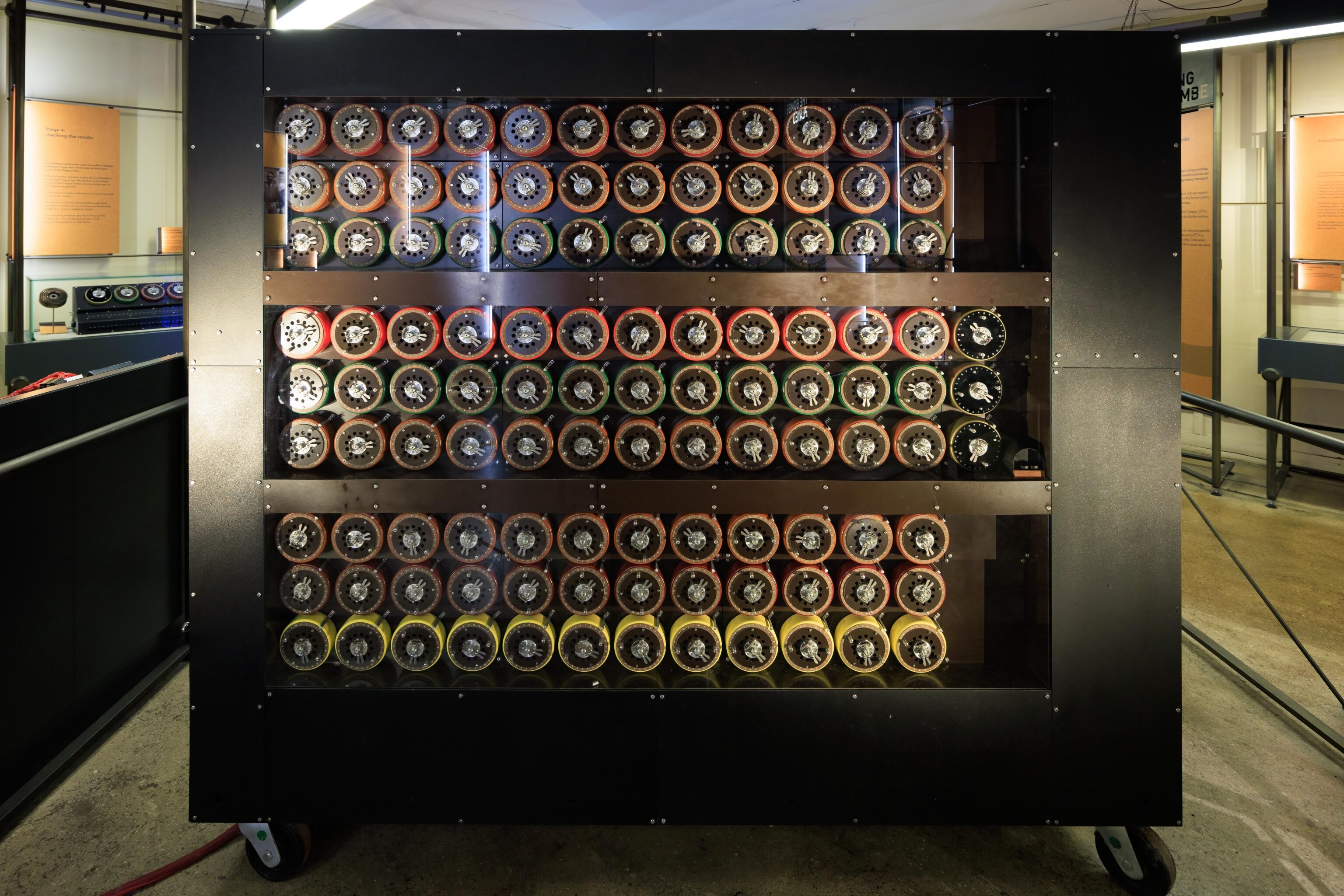
Alan Turing’s creation, the Bombe. To use this machine, the cryptologists would have needed to have a crib, some plaintext and equivalent ciphertext. While it seems messages may not have had a strictly standard format, they had commonalities that the cryptologists learned. After wiring up the machine, it could compute all the possible Engima settings that would produce the plaintext from the cipertext. The settings could then be used to decrypt the entire message to verify correctness. It could then also be used to decrypt all the messages intercepted that day as the key was changed once a day.
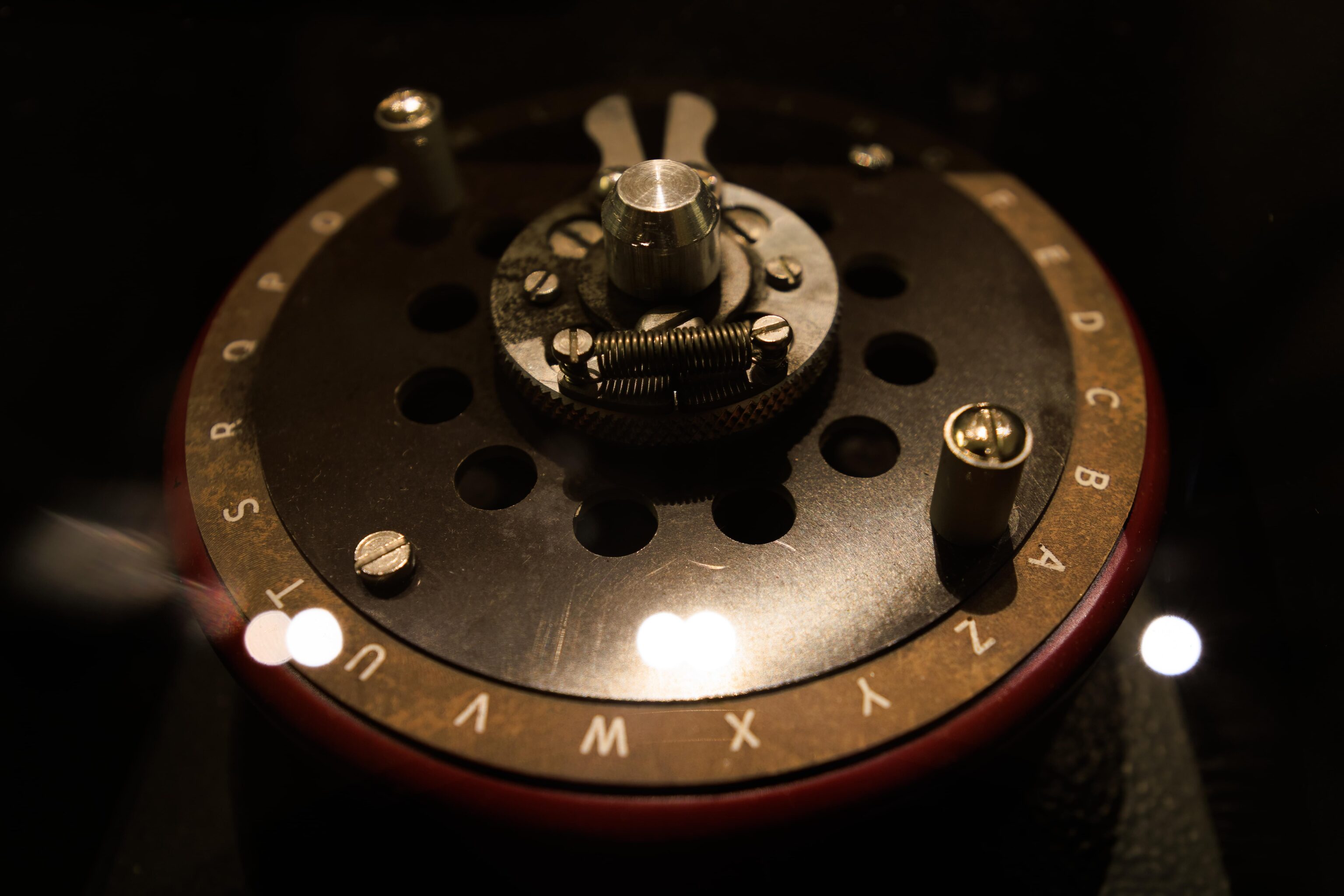
A close up of one of the drums in a Bombe.
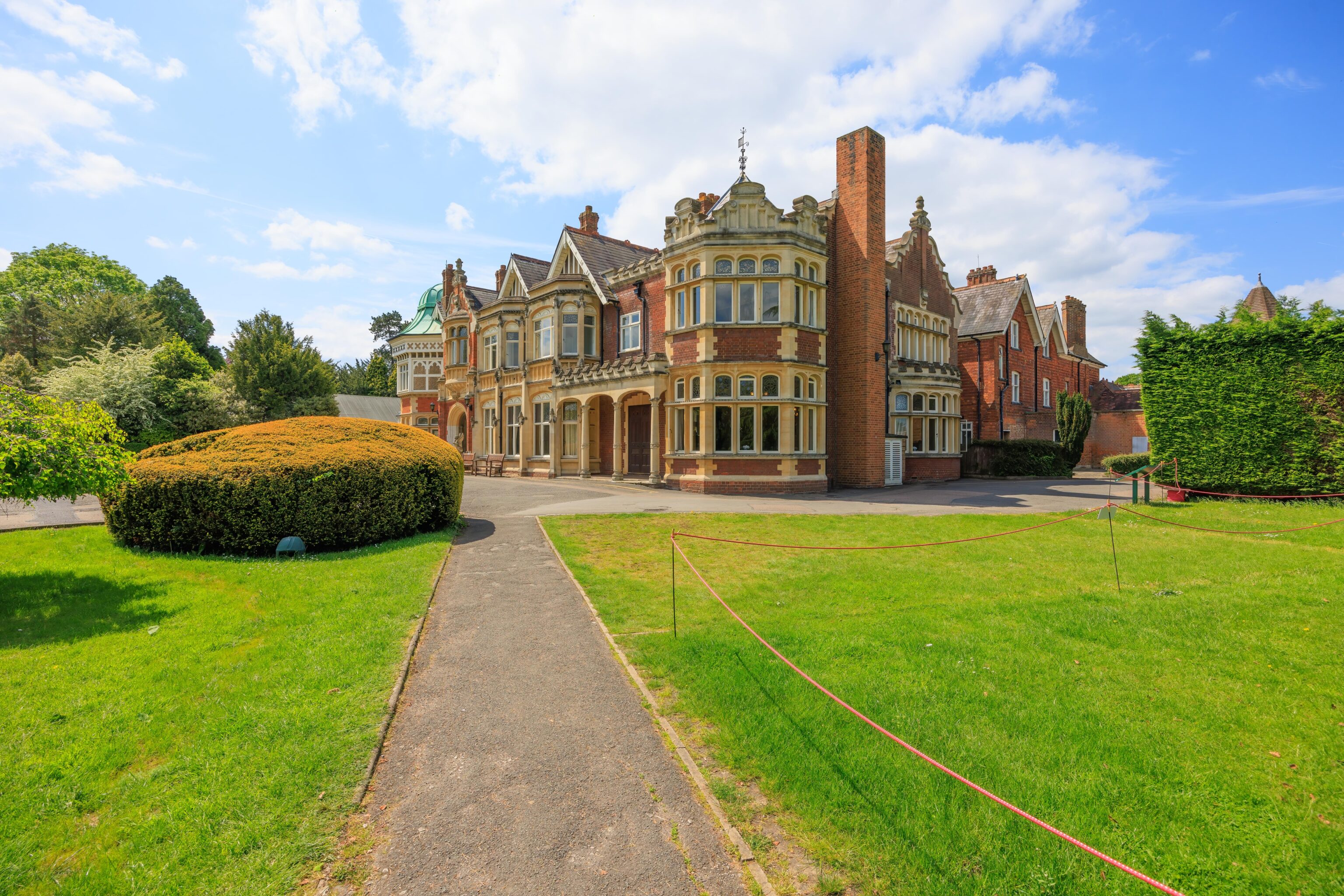
The actual country house was at first the only building used. Other buildings were constructed as the effort expanded in scope, eventually employing over 10,000 people here.
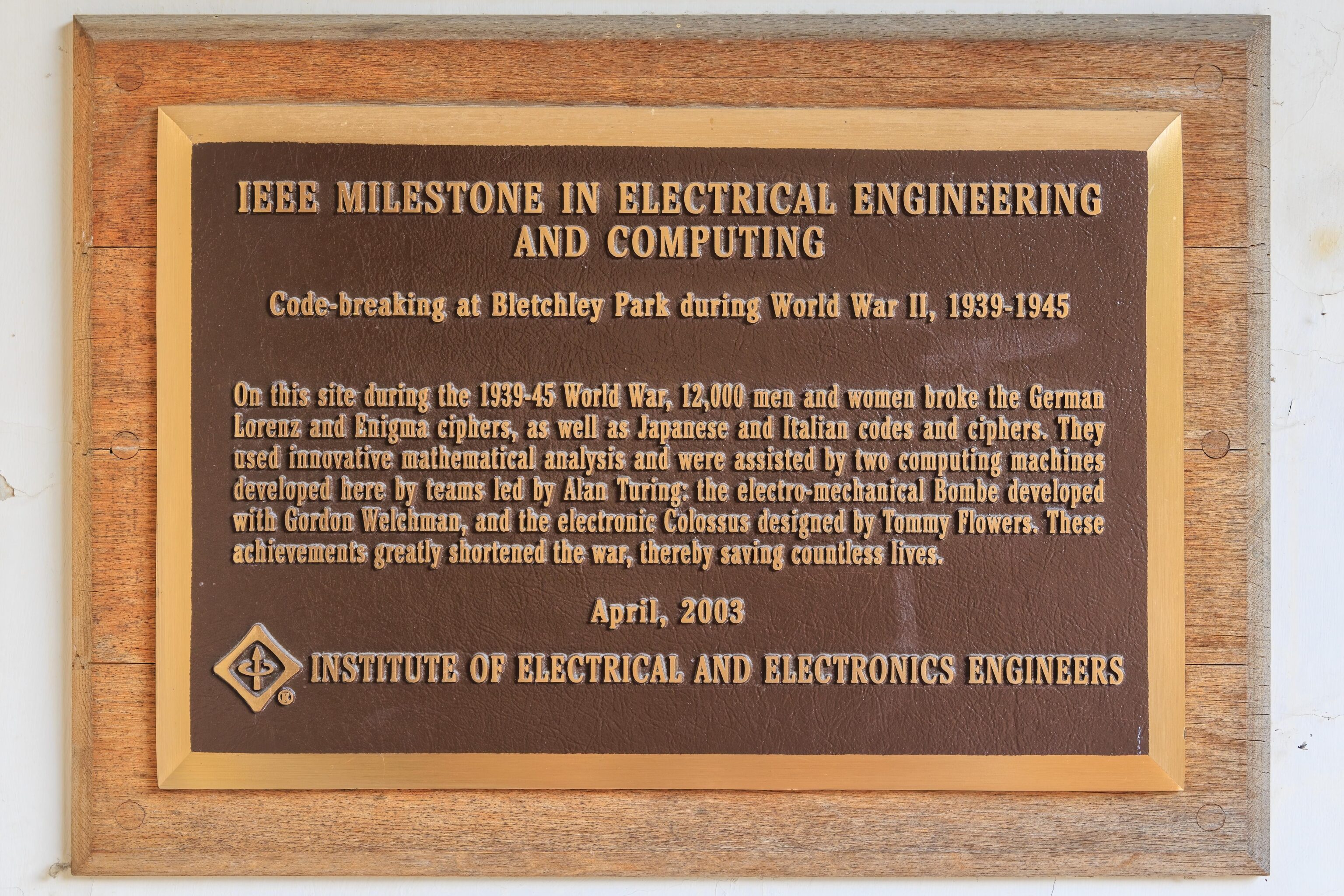
An IEEE plaque. IEEE is the professional organization for electrical engineering.
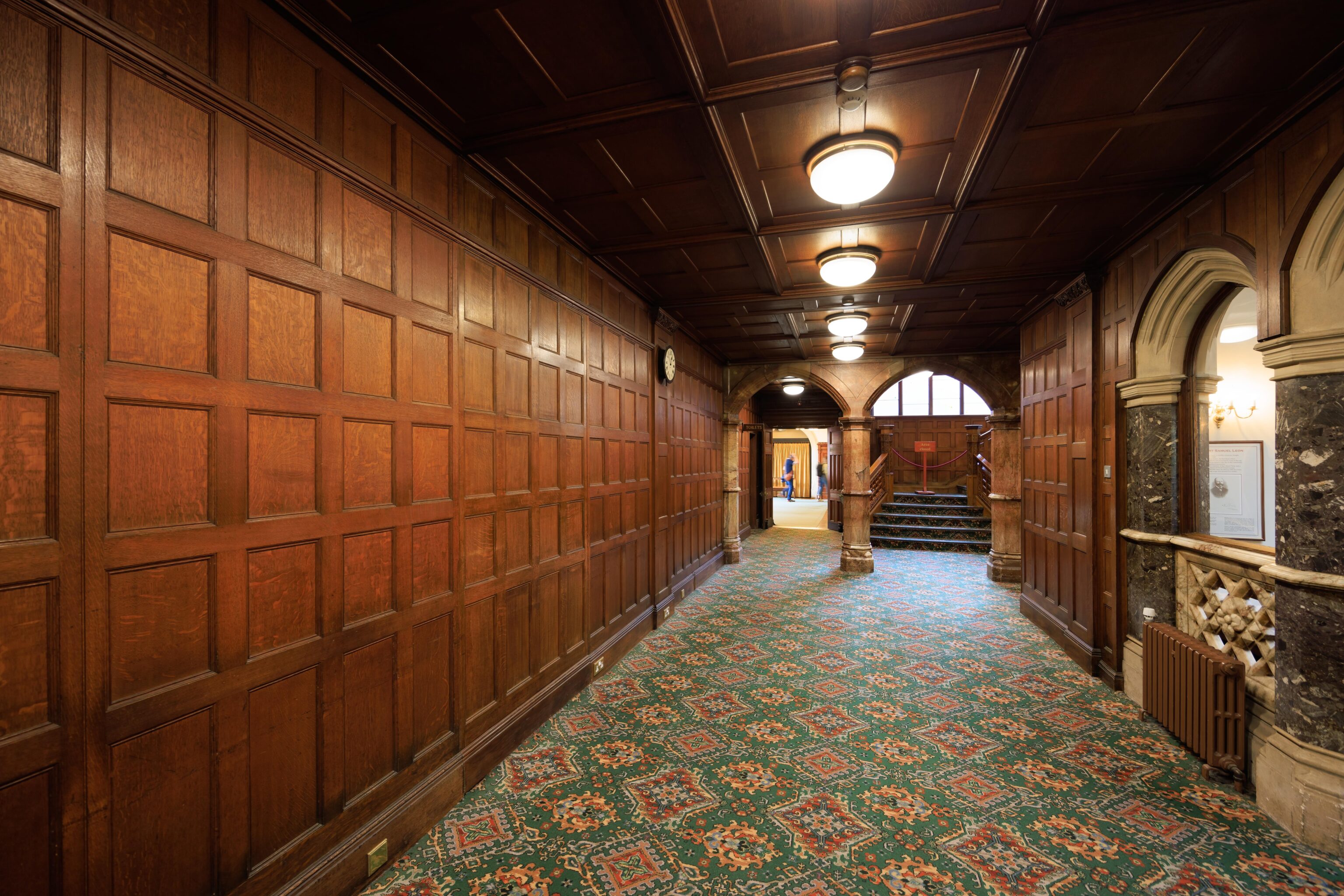
The initial corridor that can be seen upon entering the house.
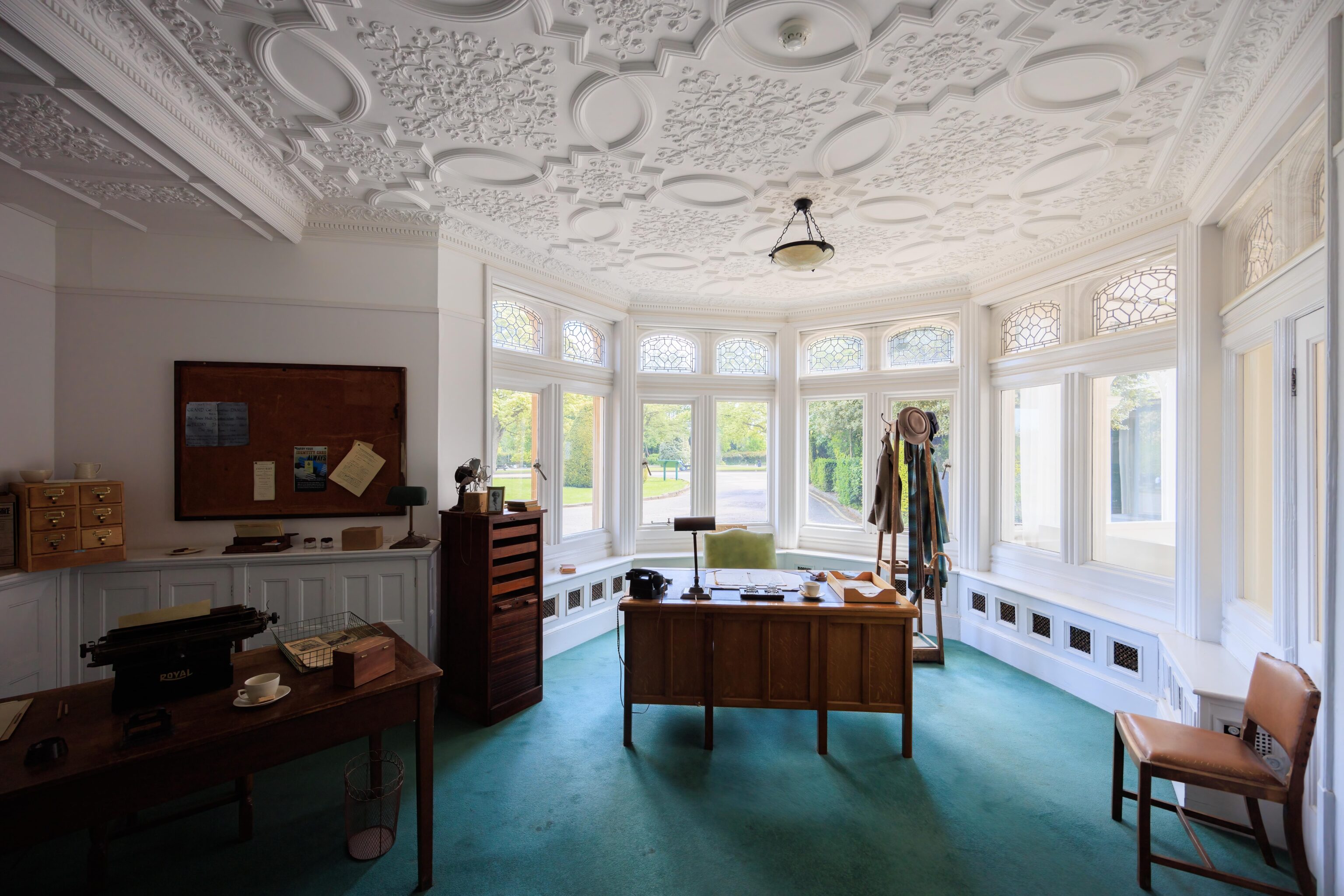
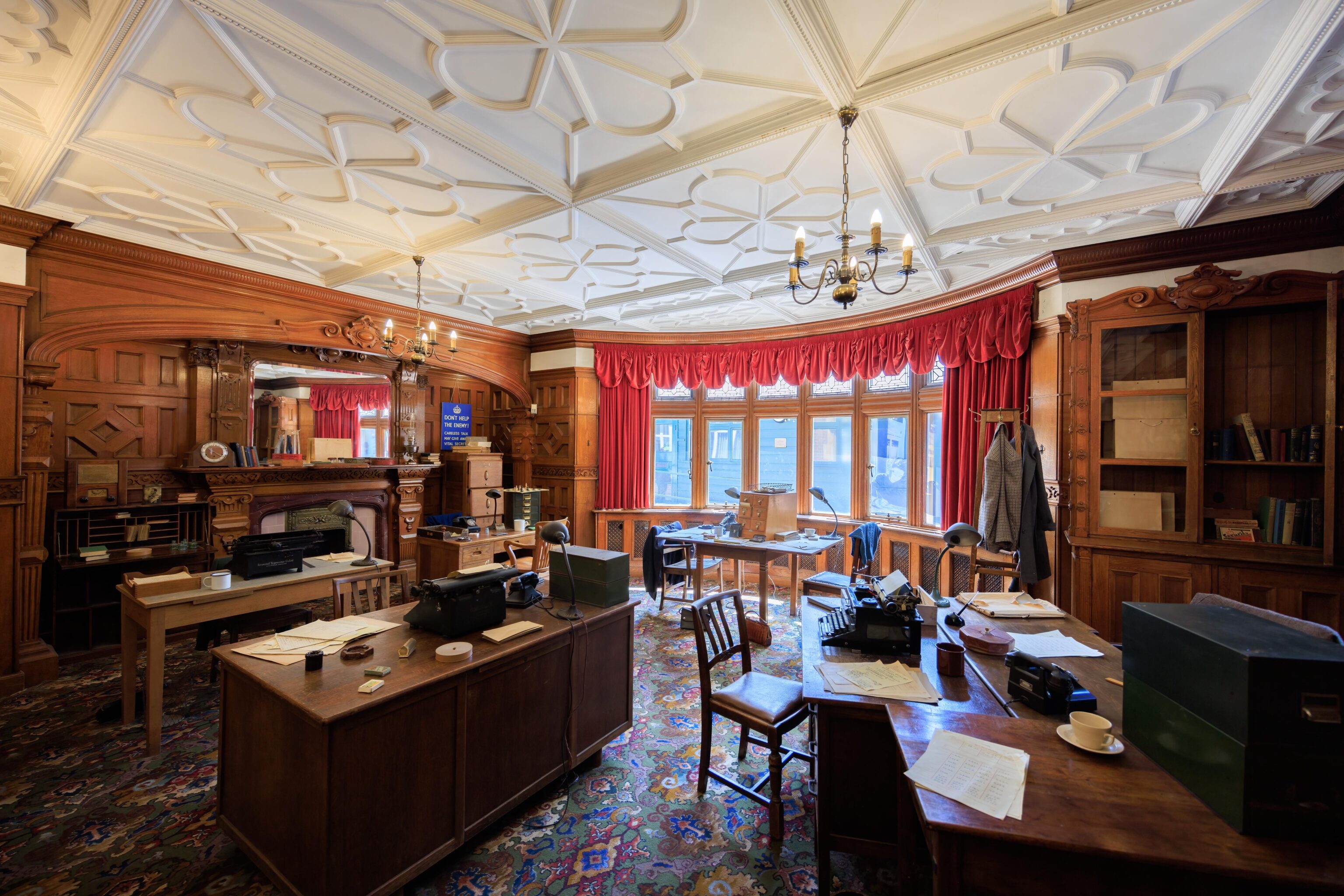
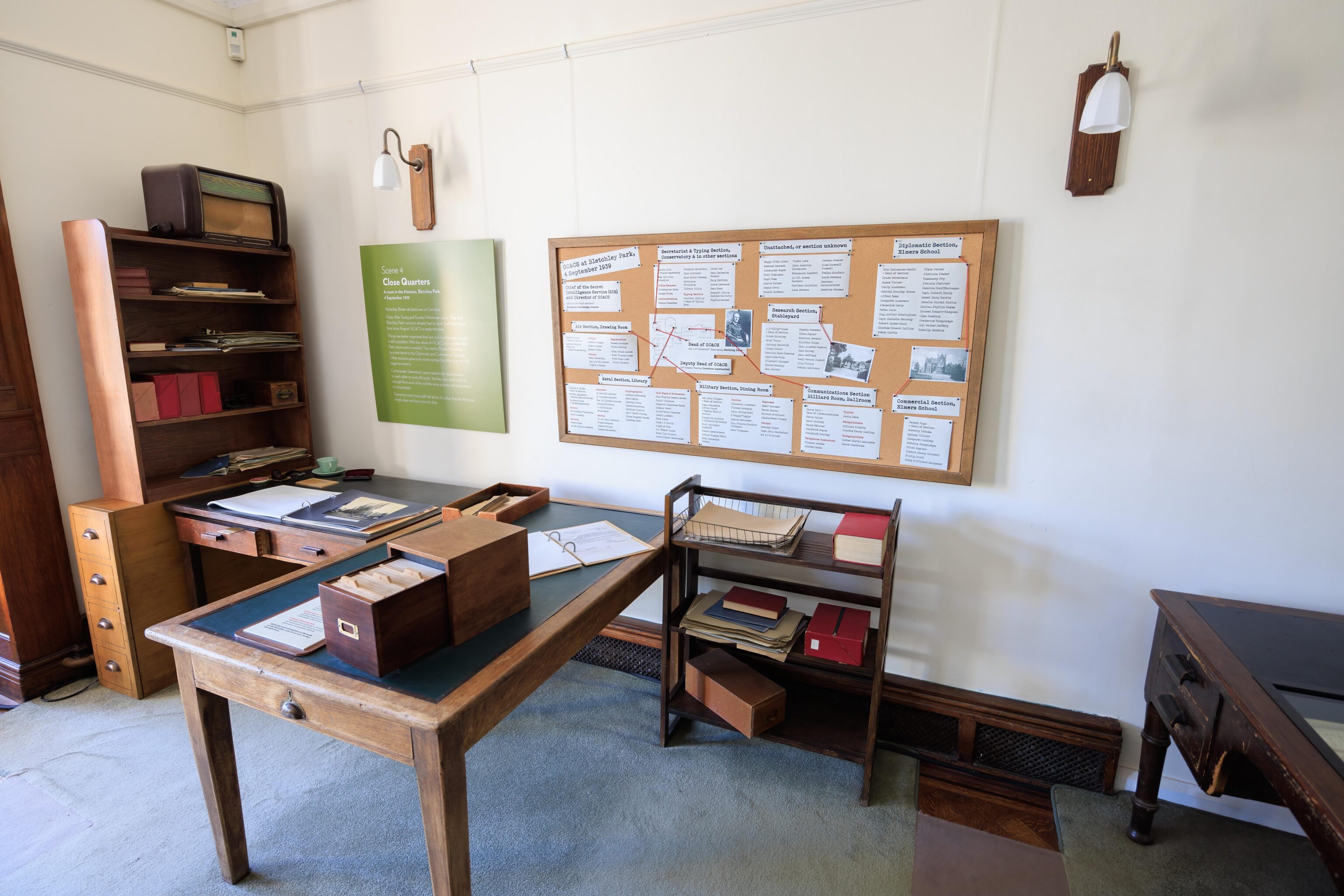
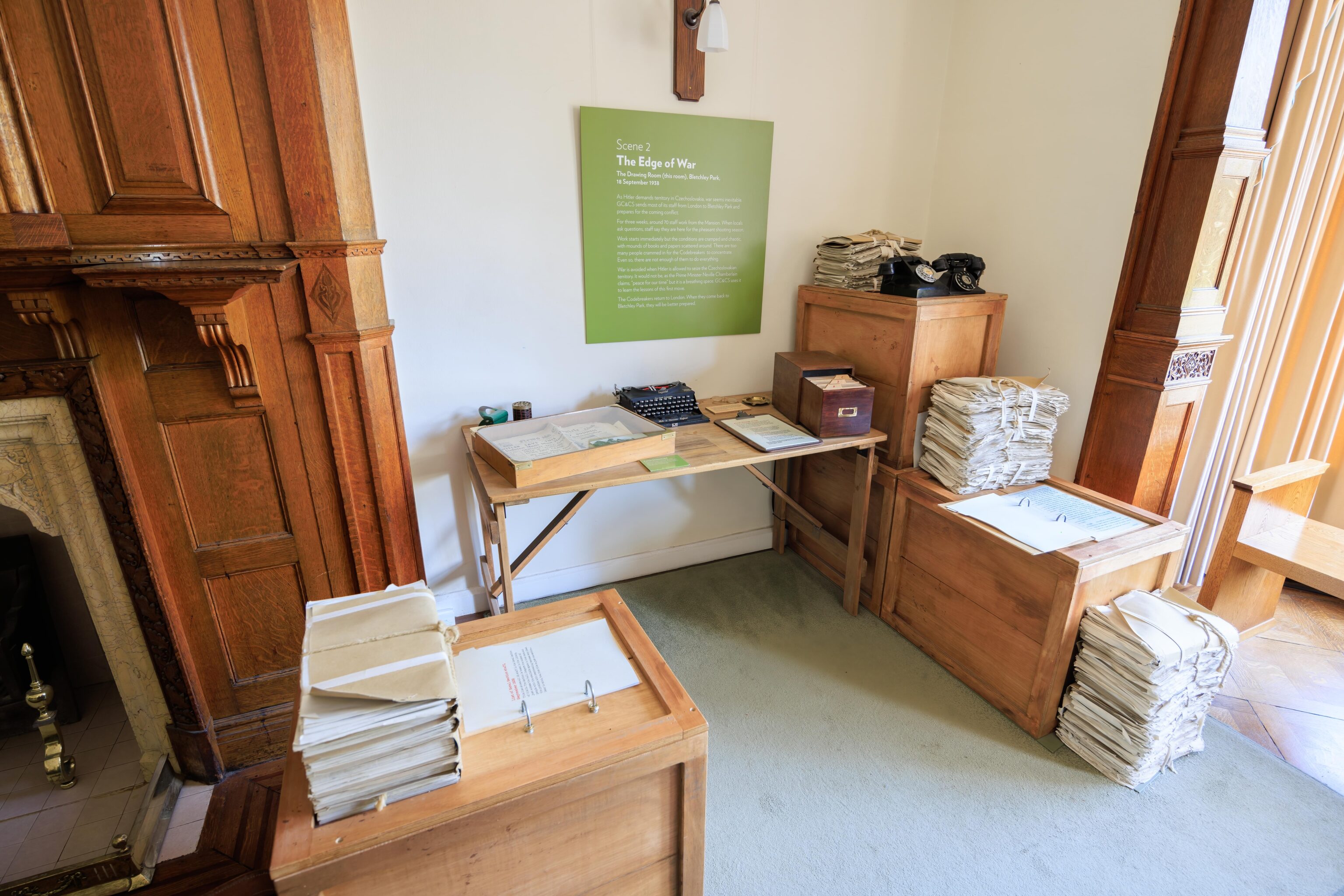
The rooms were used as office space. Some of The Imitation Game was shot here on site. We will need to rewatch this movie!

There were many books in the library.
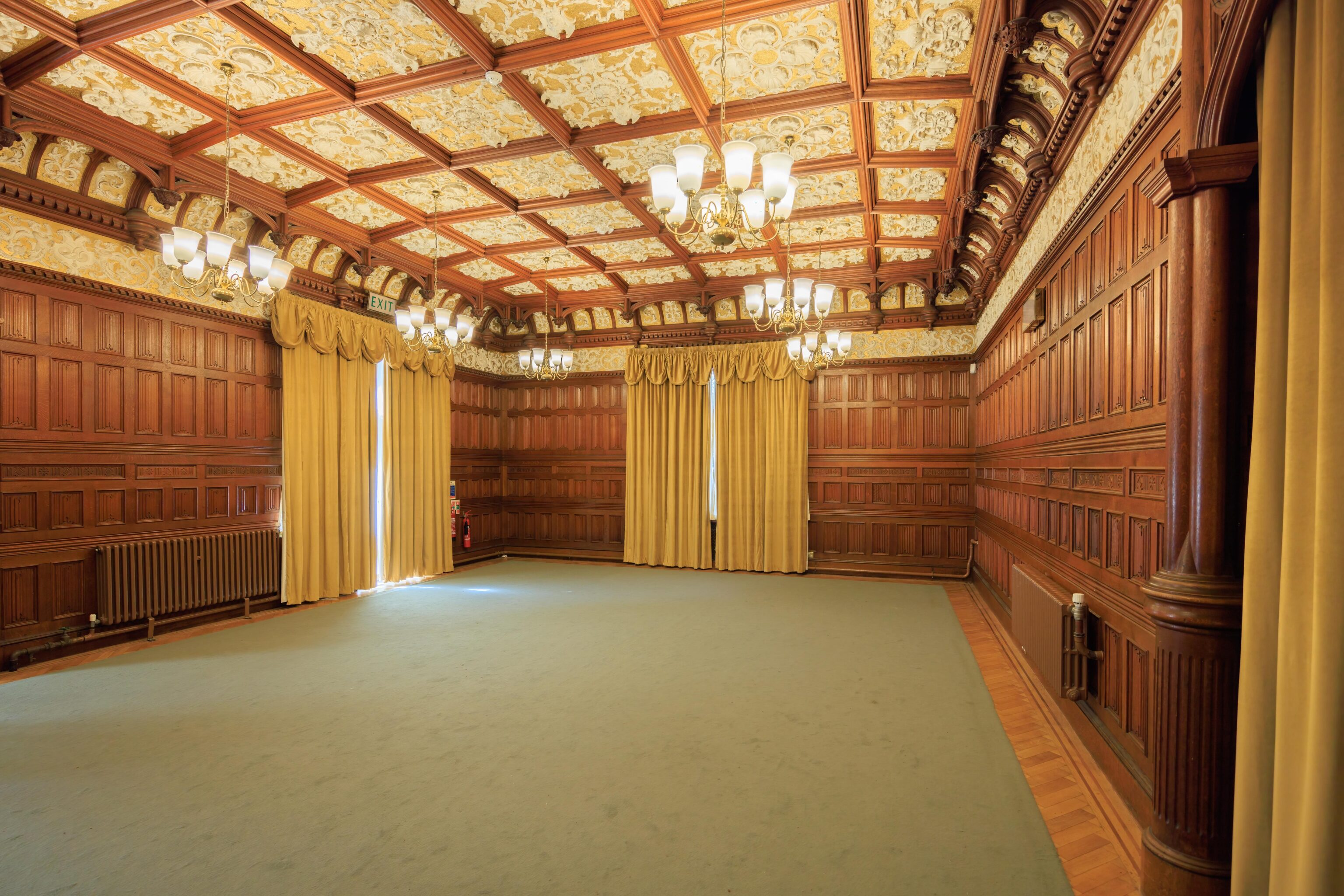
There were a few empty rooms on the ground floor. The first floor, or second floor for Americans, was not open for visitation.
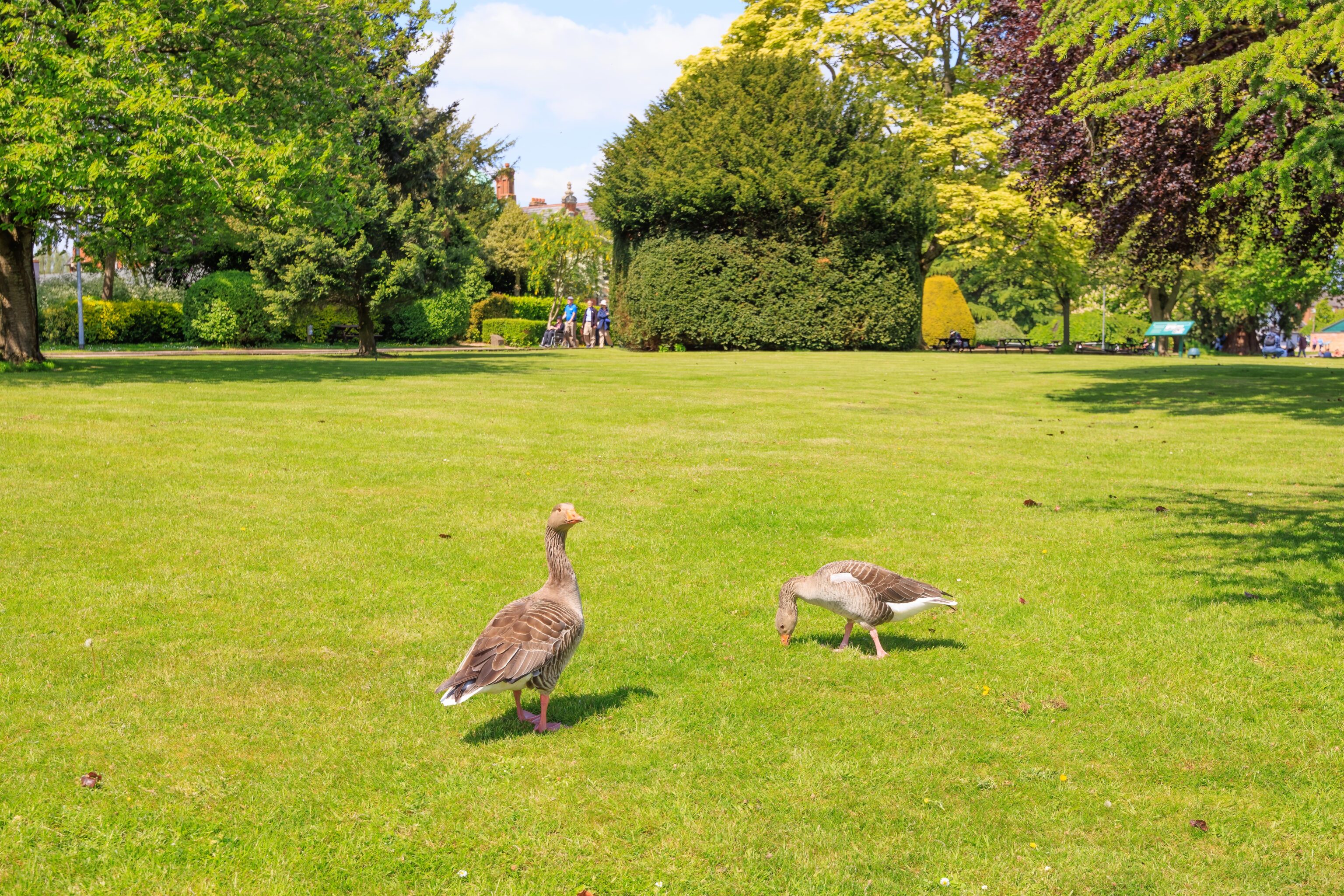
There were some Graylag Geese on the property.
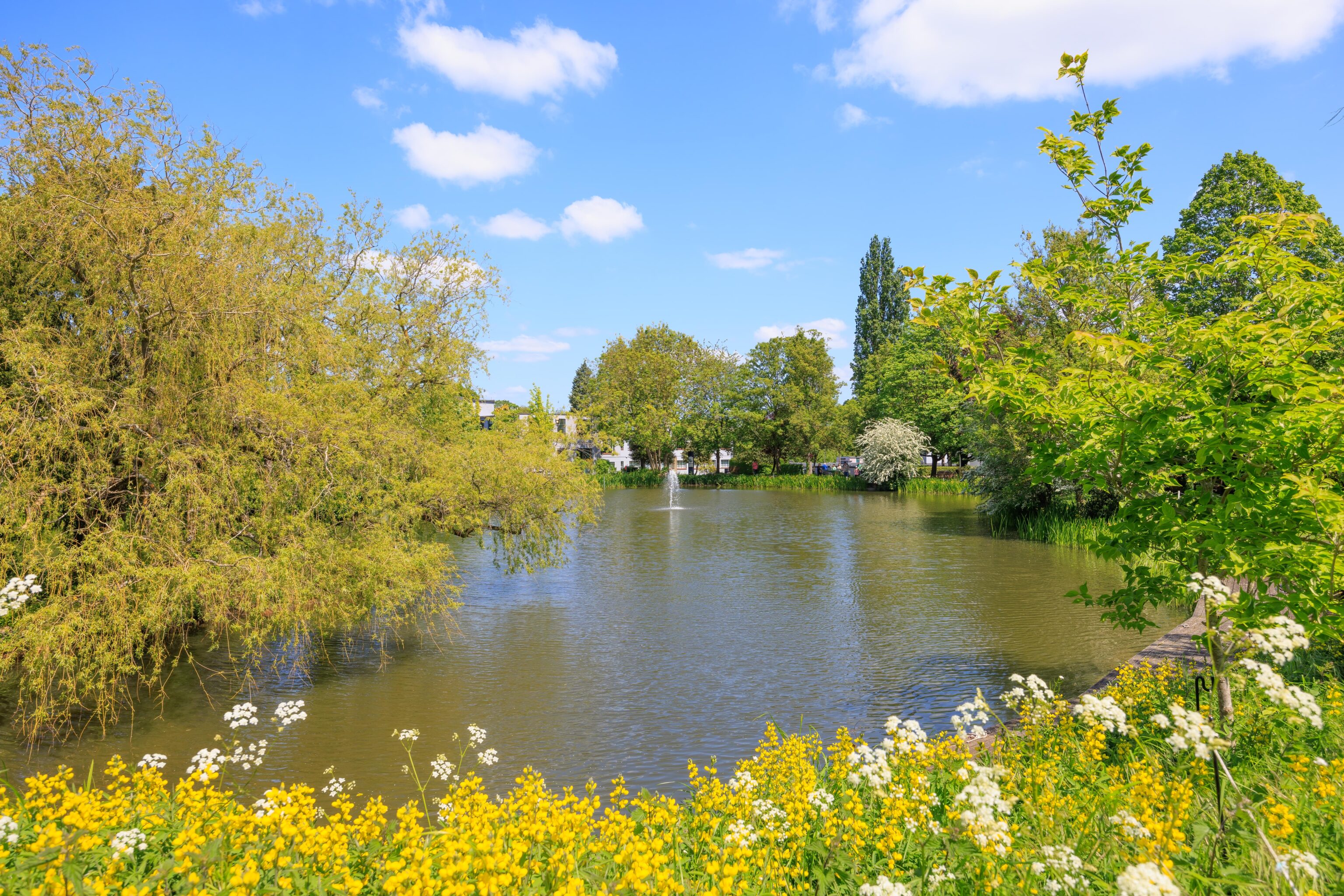
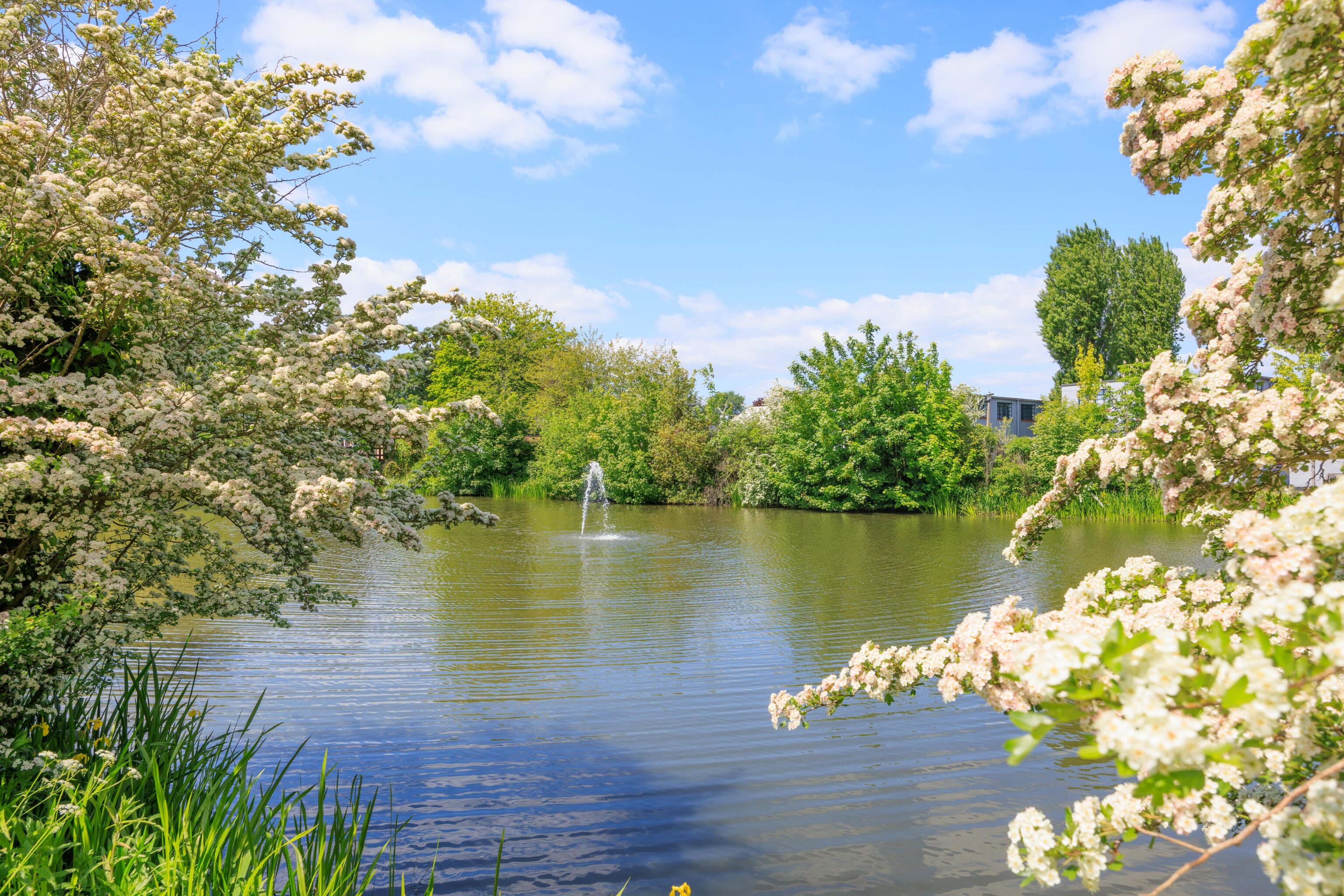
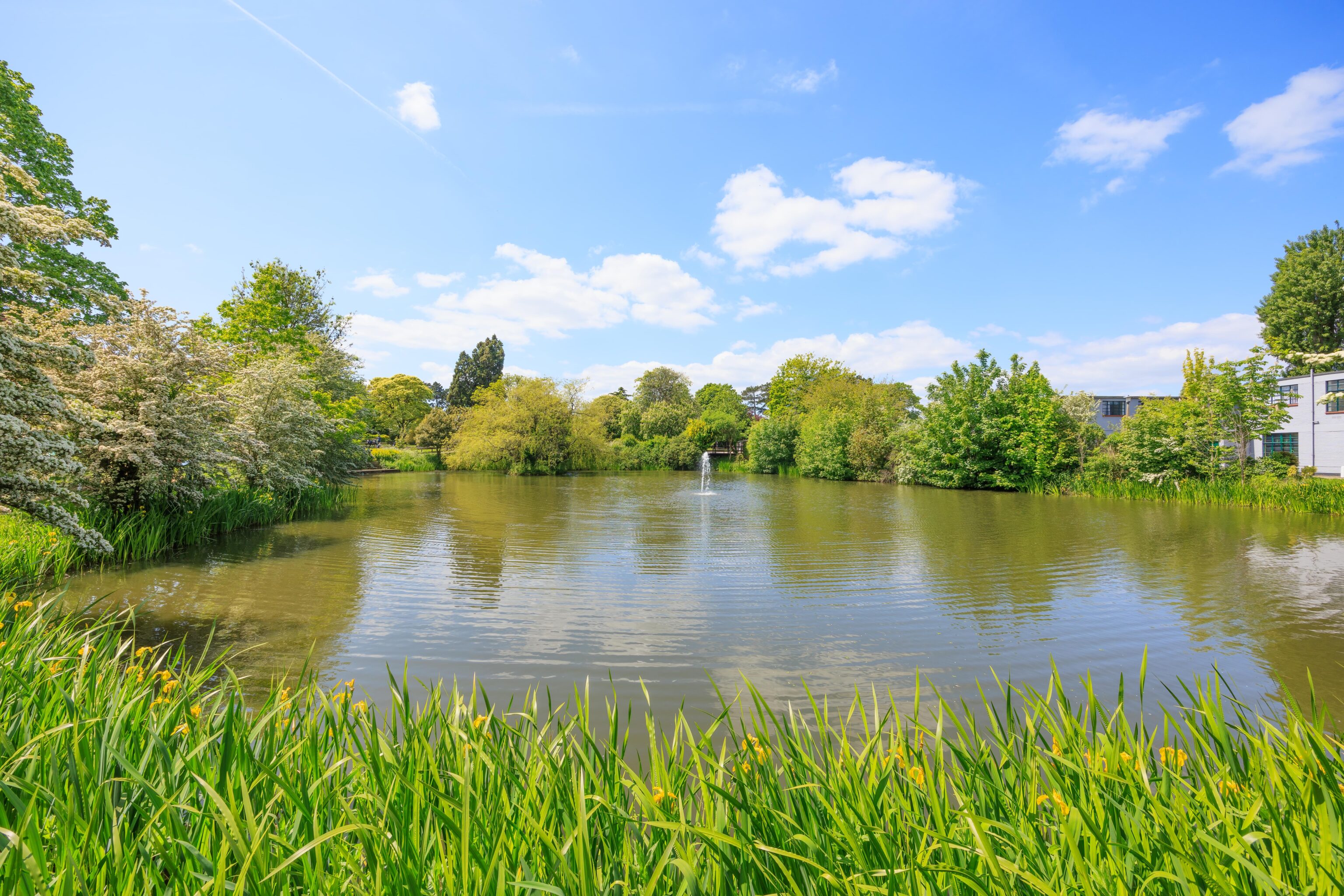
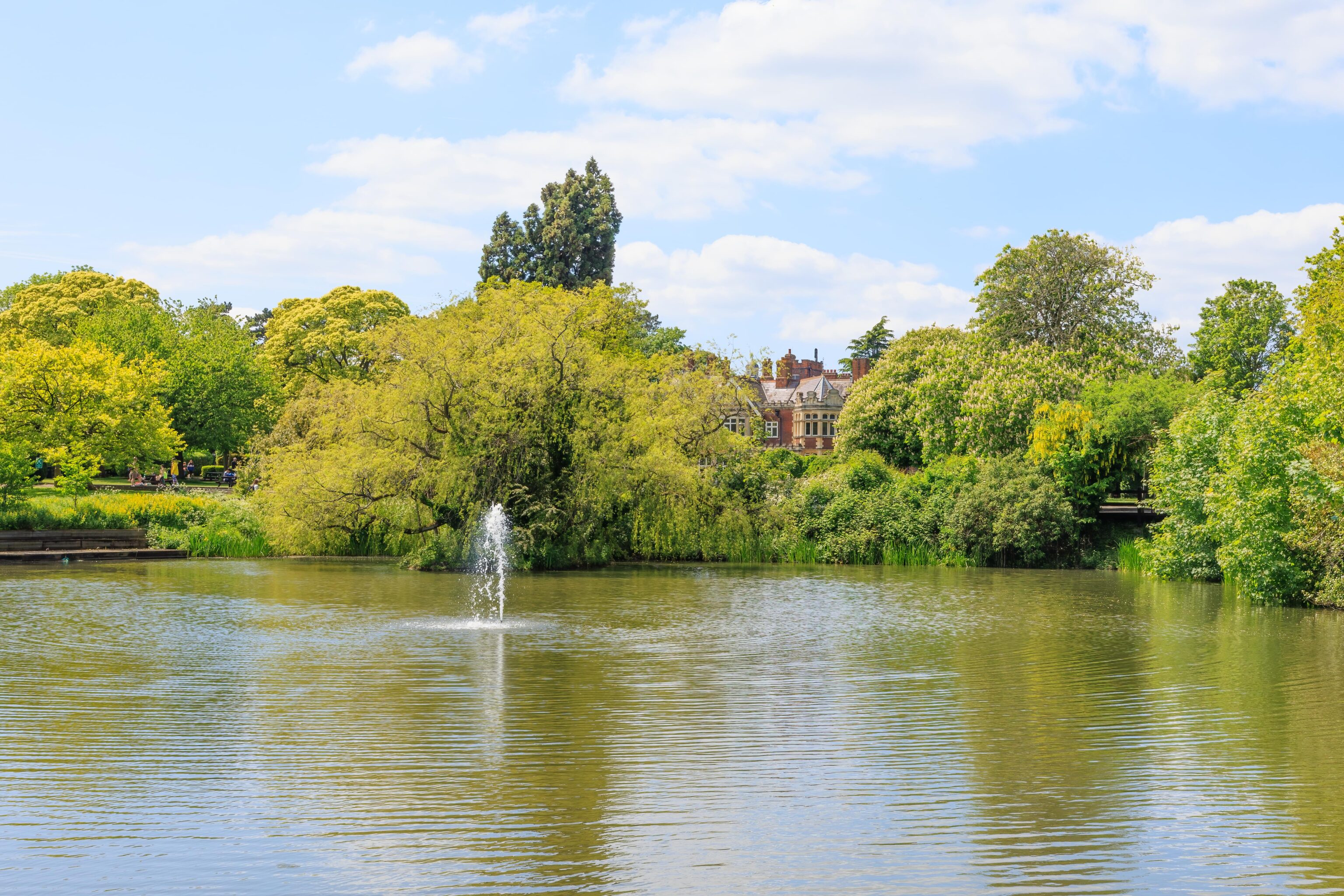
We walked around the south side of the pond on our way out after visiting every building that was open.
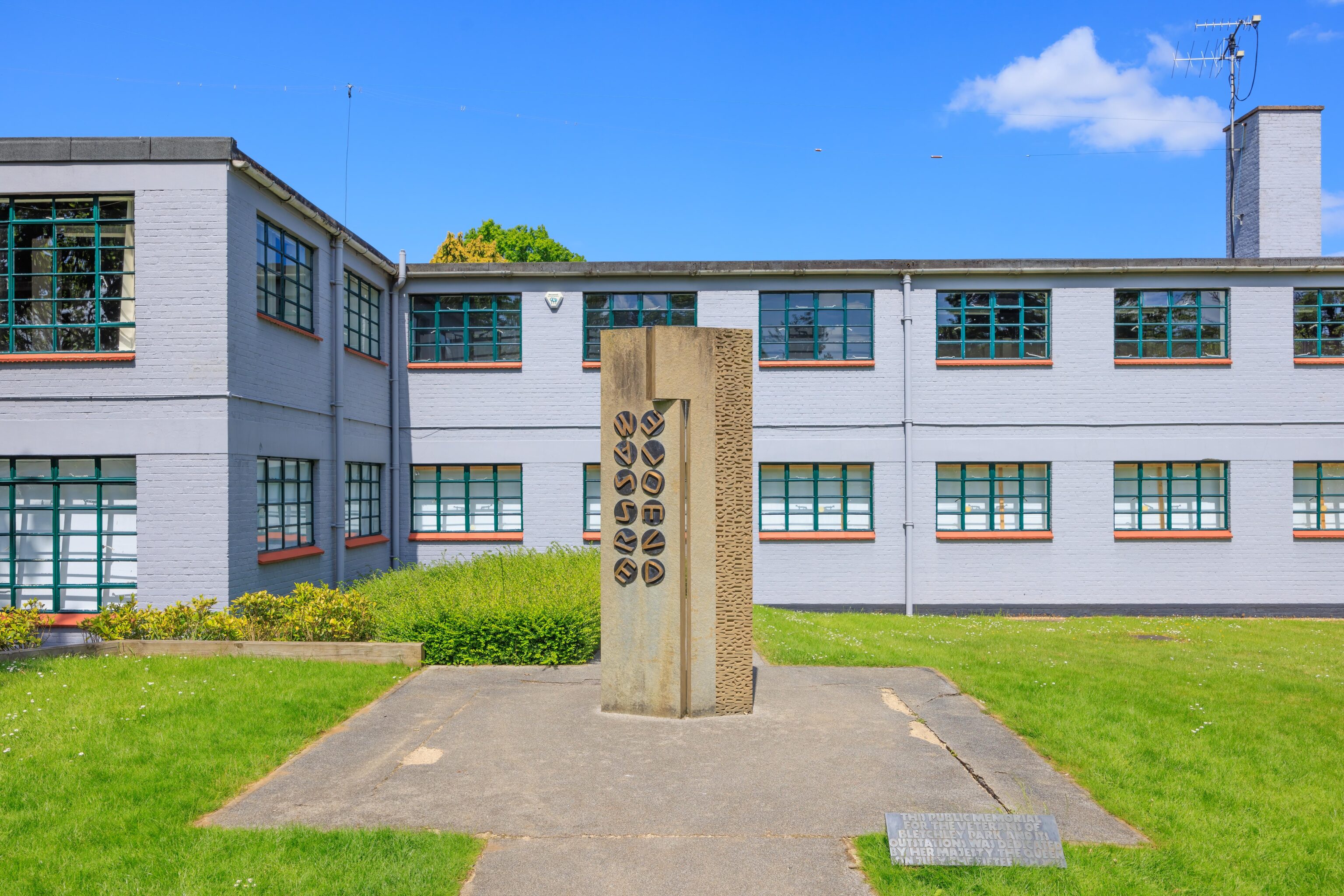
A memorial to the people who worked here at Bletchley Park during the war. It was dedicated by Queen Elizabeth II.
Stowe
After leaving Bletchley Park, we drove over to Stowe.
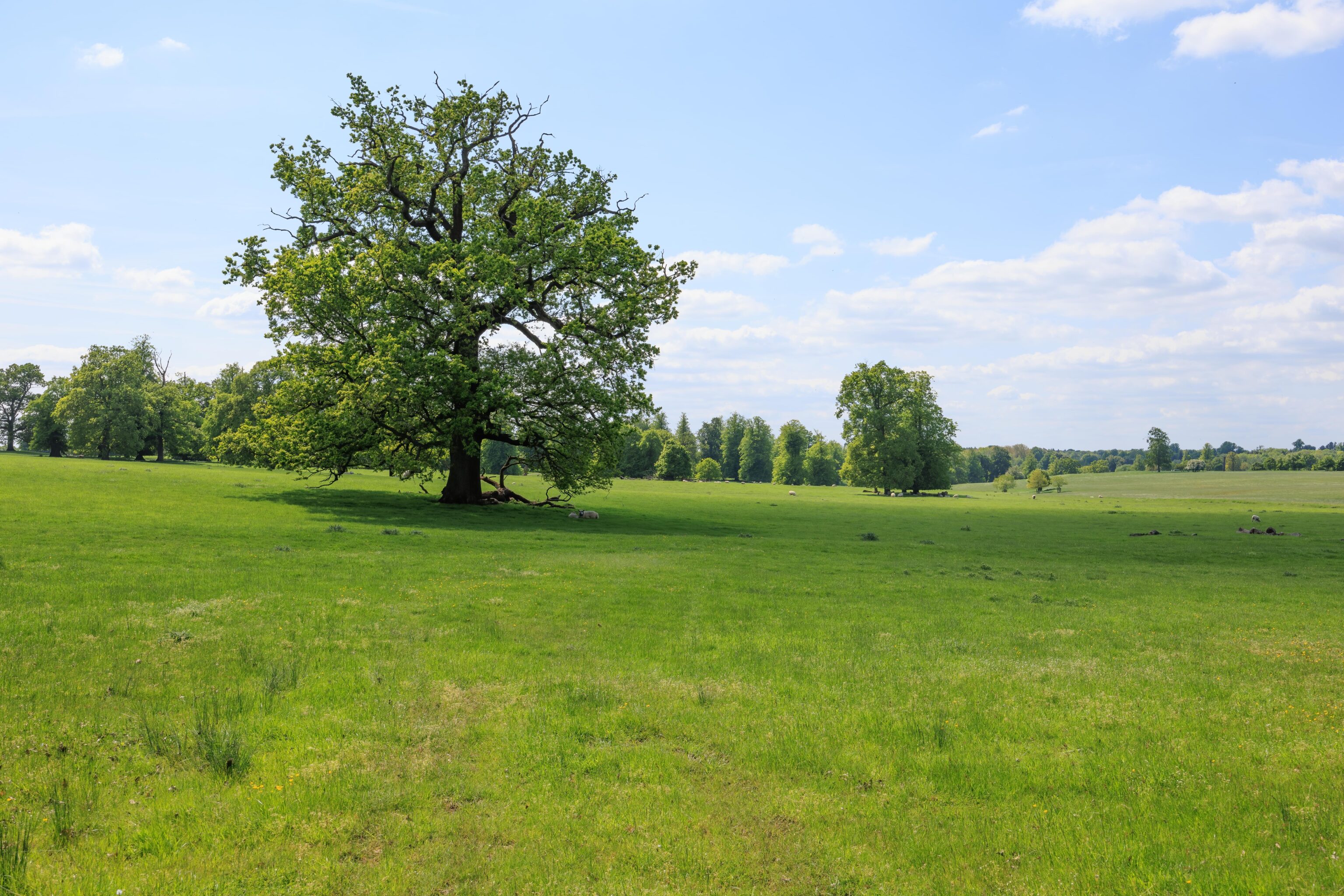
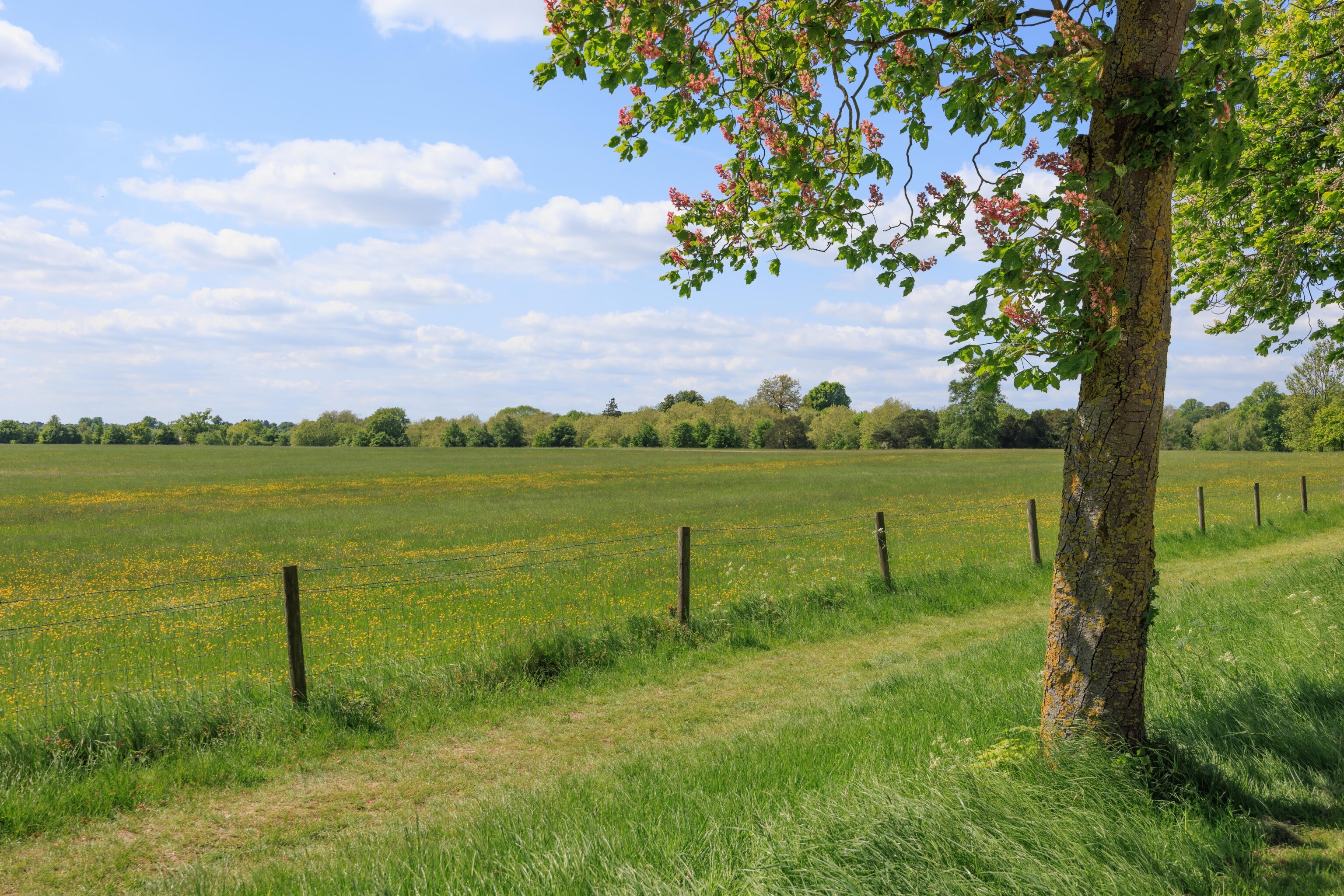
After parking, there was a ten minute or so walk to the actual garden. The path went between a huge grassy field. There were sheep grazing in the distance.
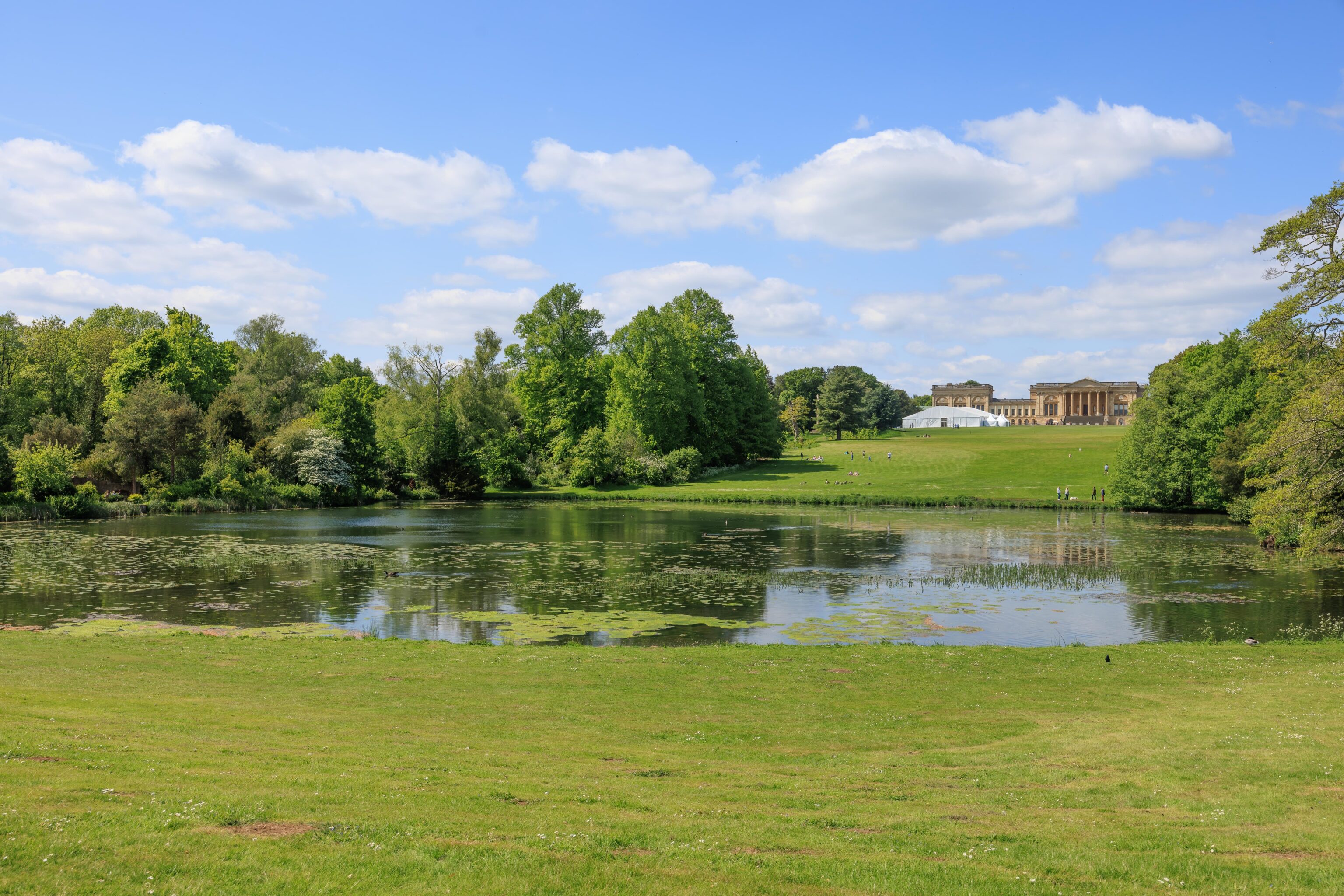
Our first view of the lake and huge country house beyond it.
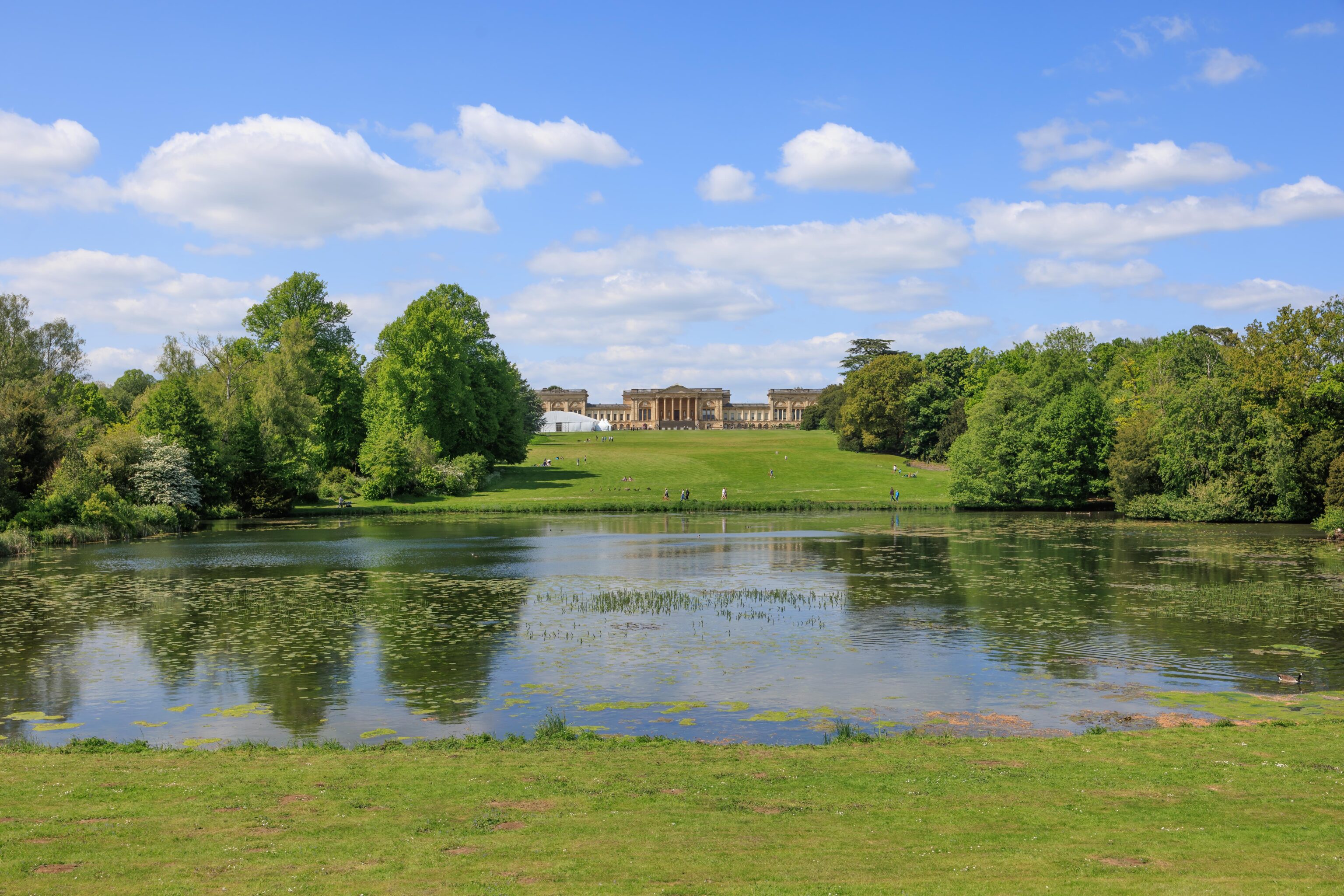
Unfortunately, there was a big white tent blocking part of the view!
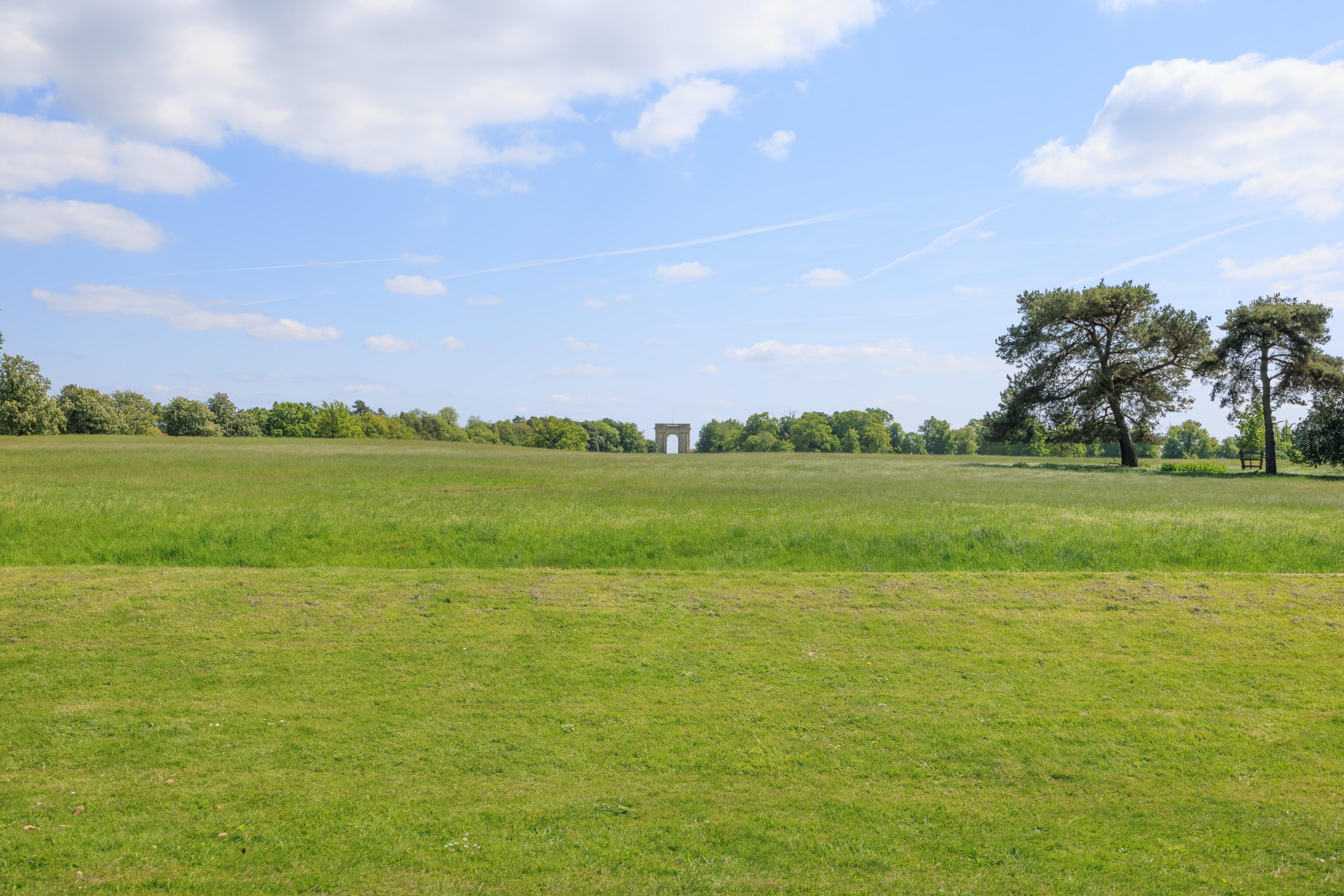
The view in the opposite direction. There is an arch in the distance. The entrance road goes by, though not through, the arch.
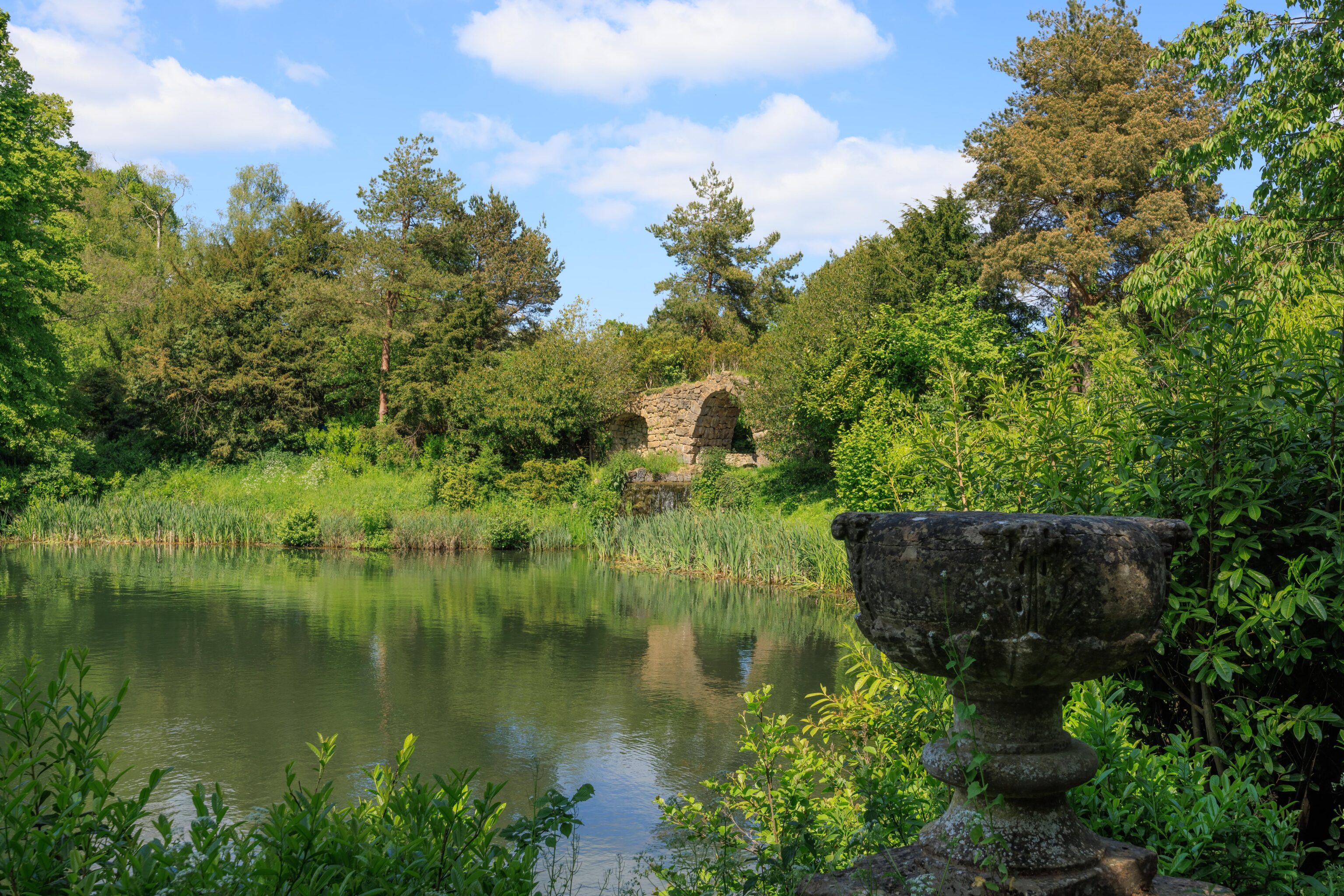
We decided to cross the lake, or more accurately cross a stream that led between two lakes, via this arched bridge.
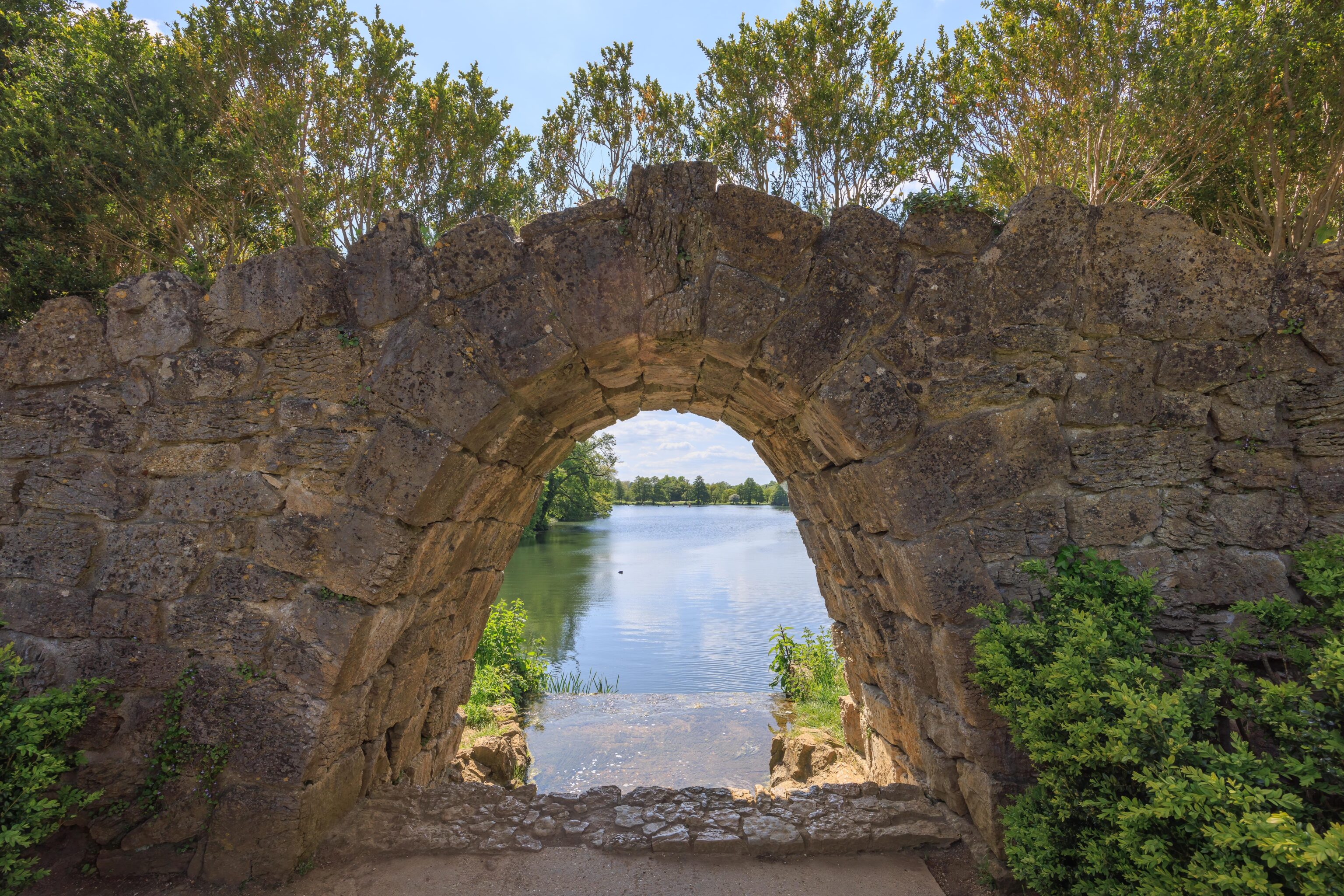
But, it wasn’t actually an arch bridge!
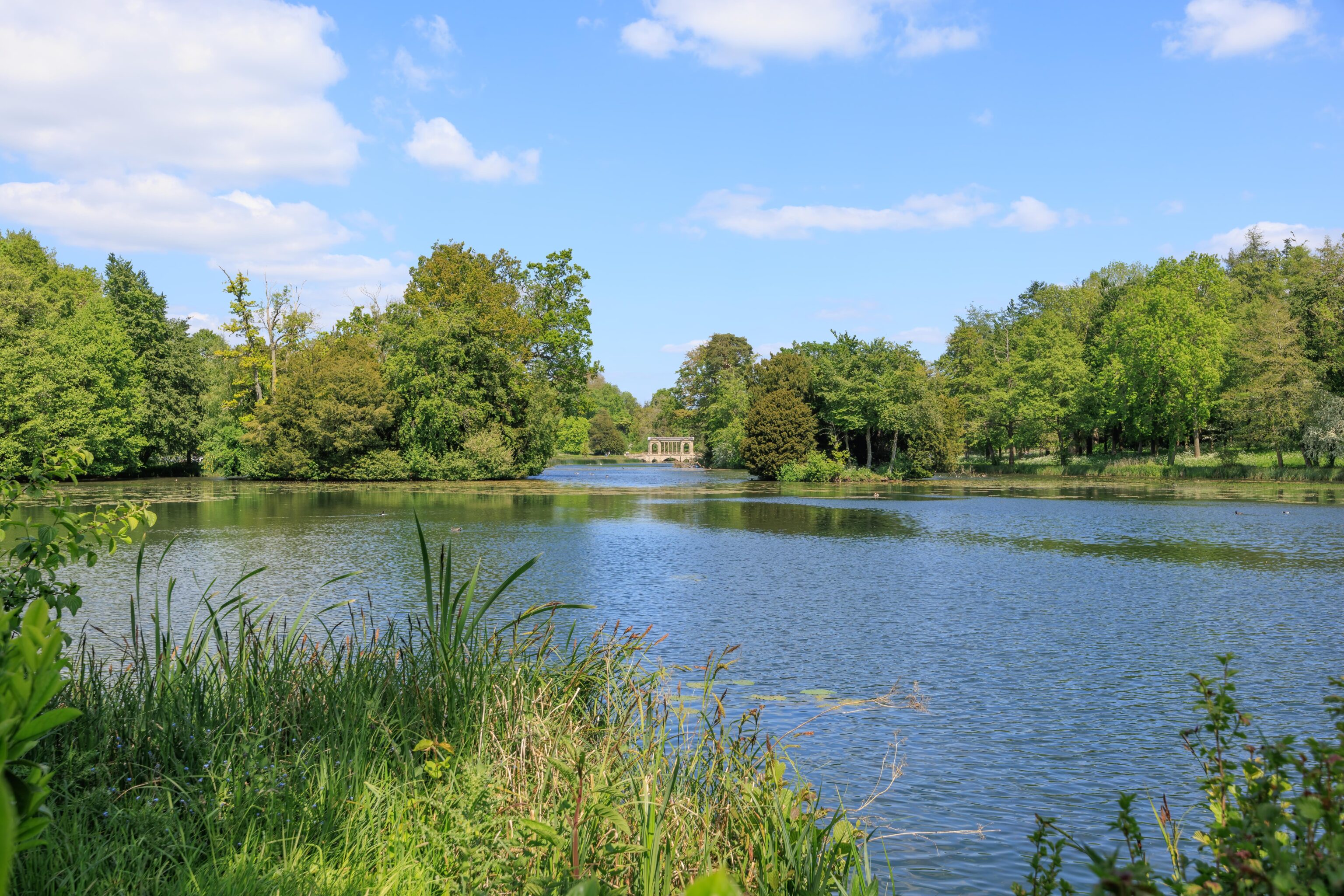
A pretty view! There is a fancy bridge at the eastern side of this lake.
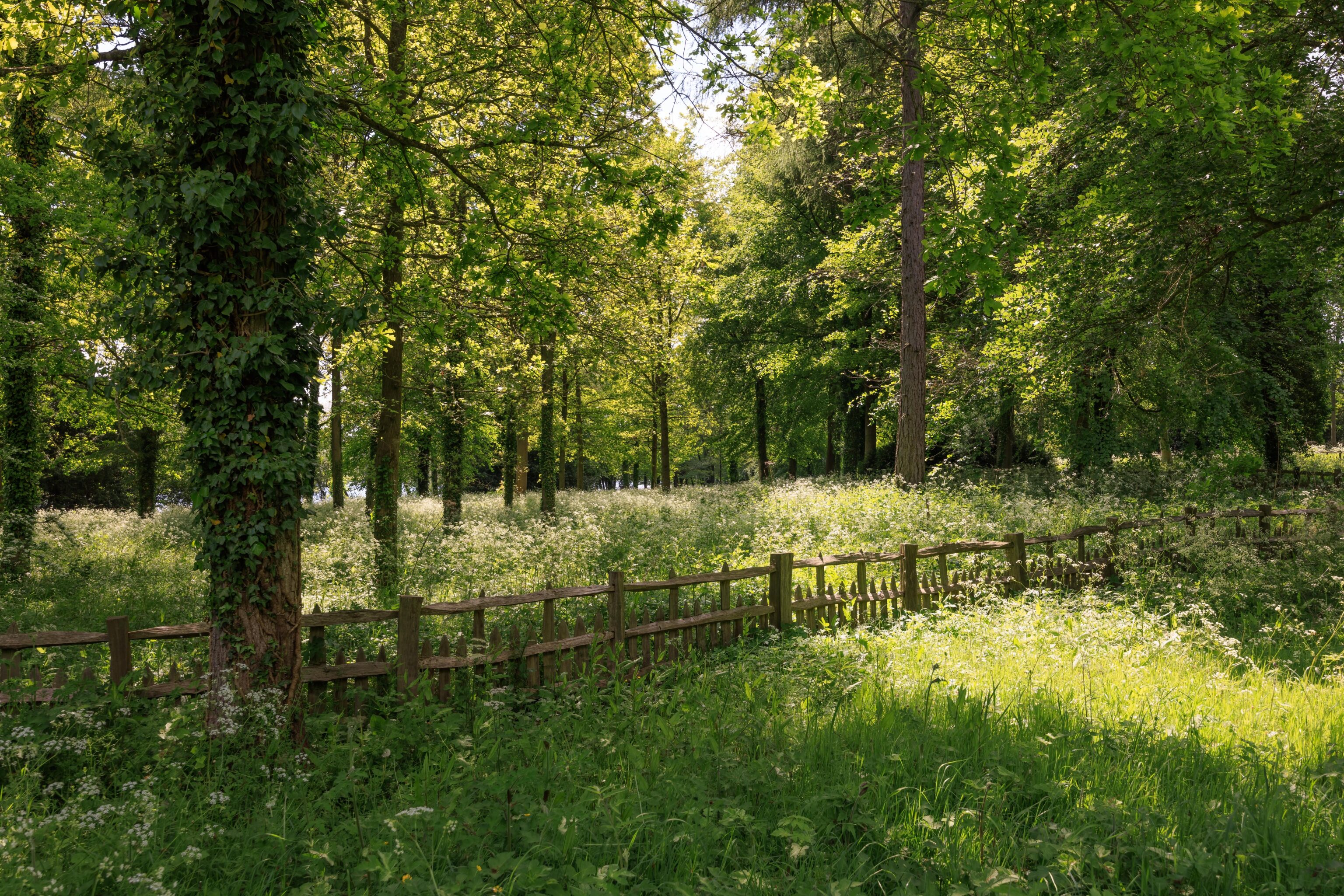
A very beautiful little forest!
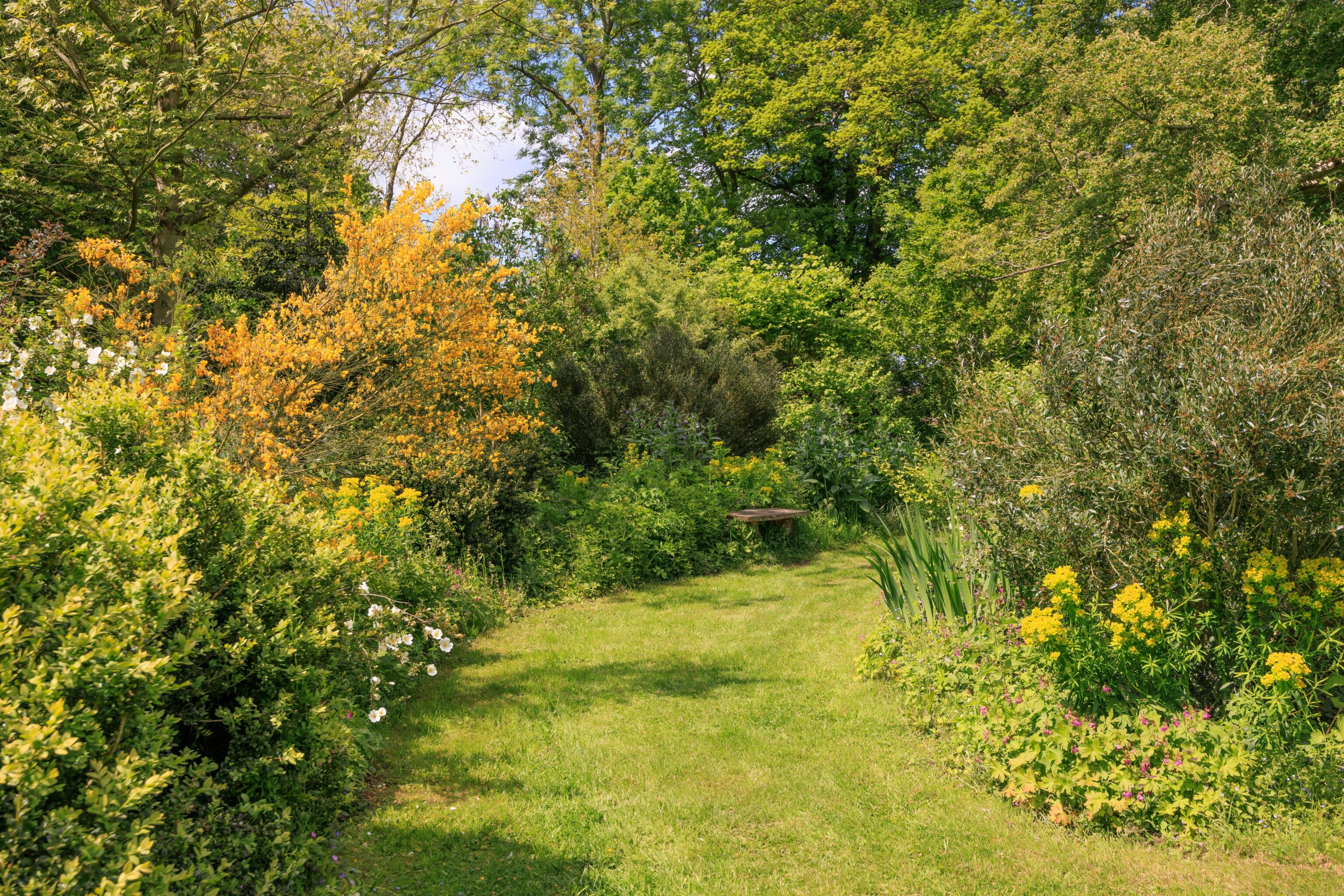
There were many places to explore. We could only see a small portion of the garden as Stowe closes at 5pm.
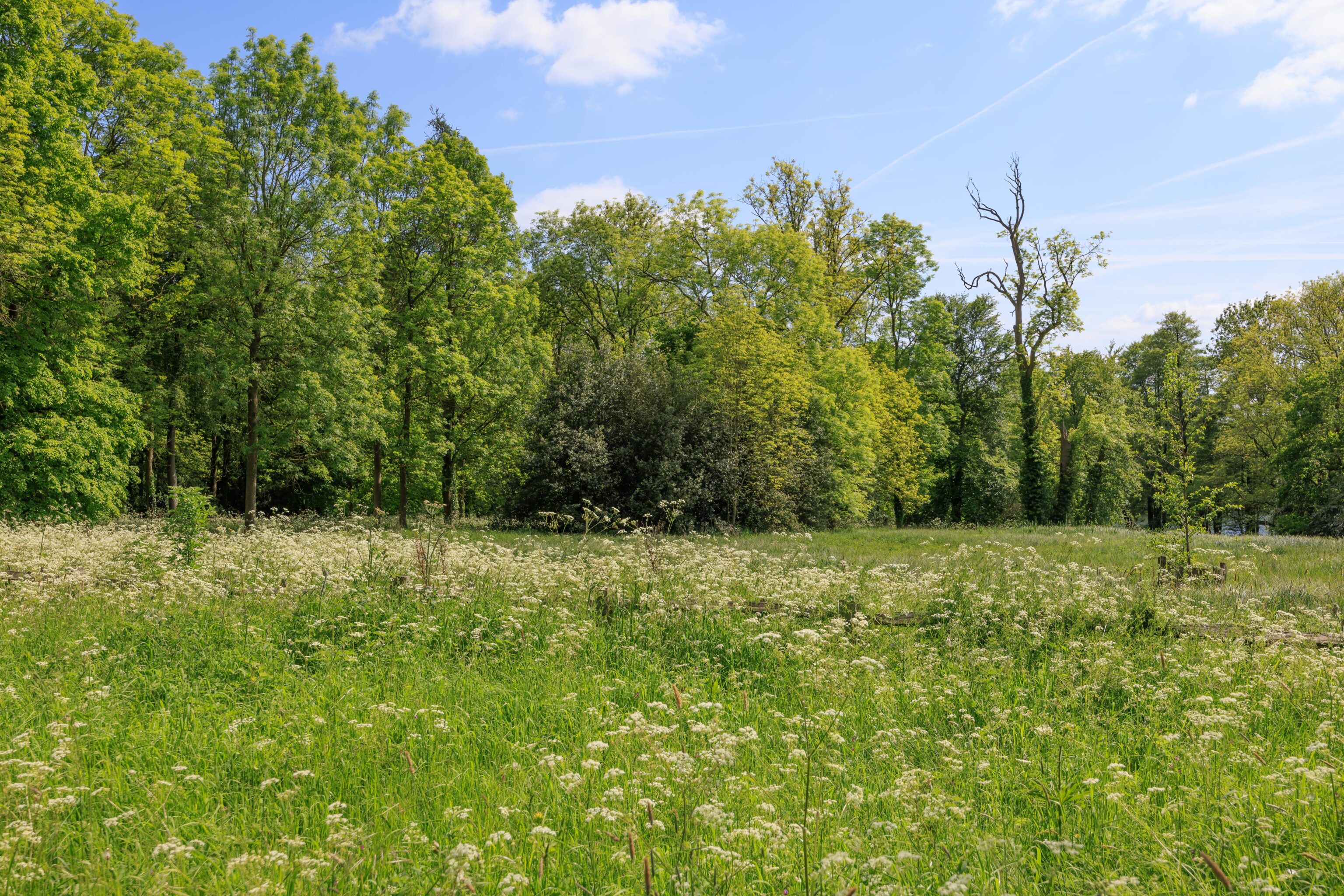
A pretty field next to the little forest that we walked by.
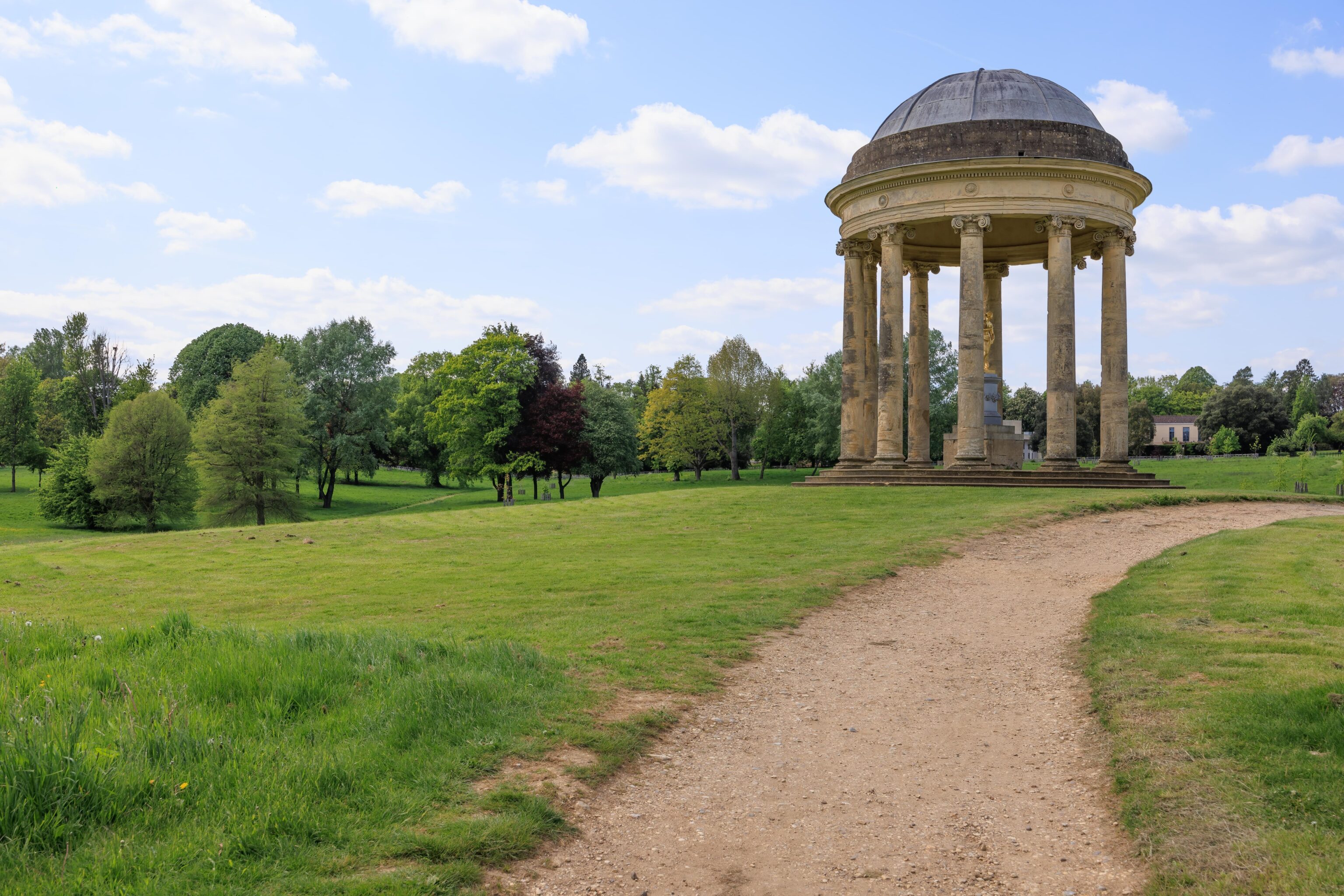
The garden contains various structures.
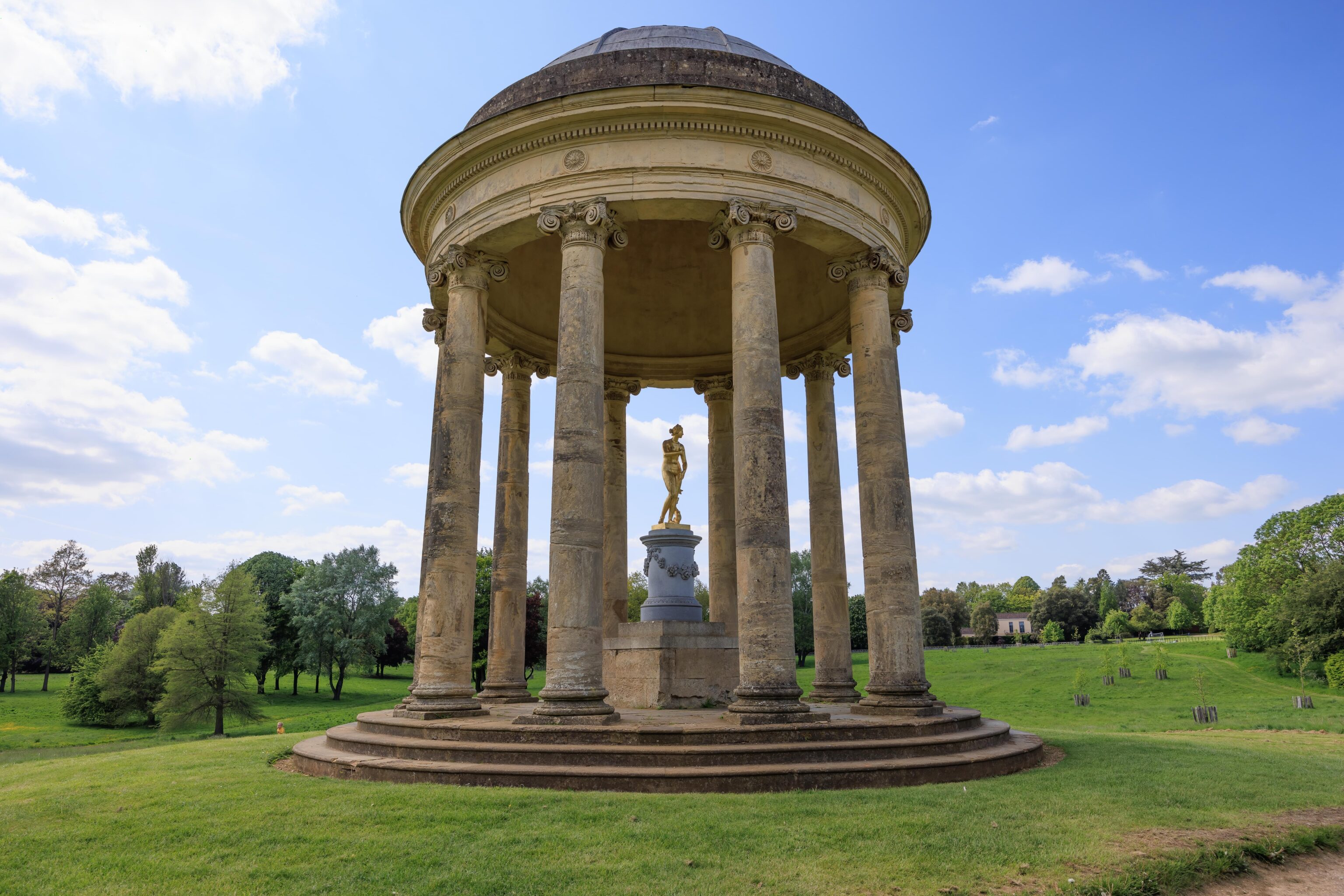
This is the Rotunda. We don’t know anything more about it other than the name.
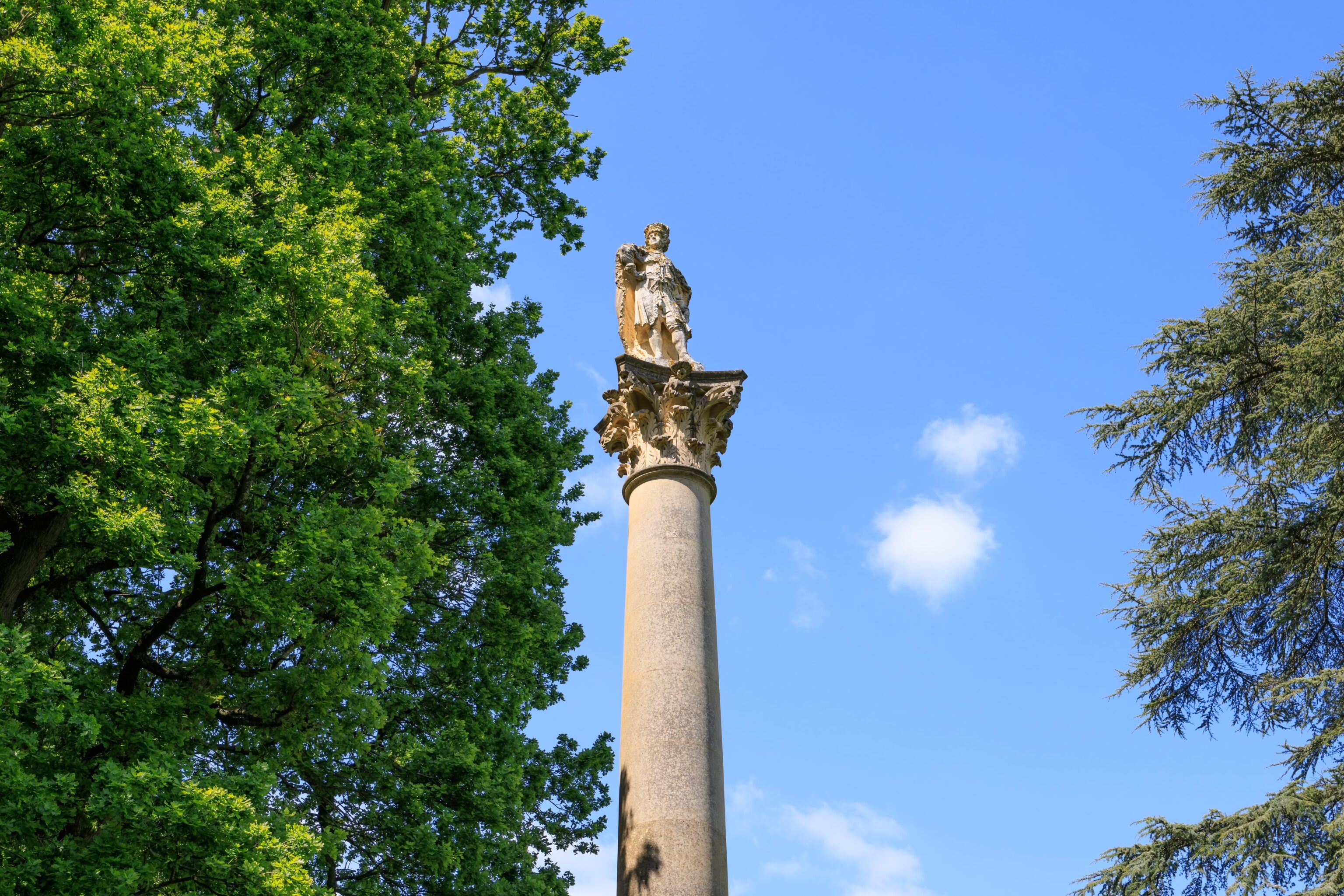
King George II on a stick.
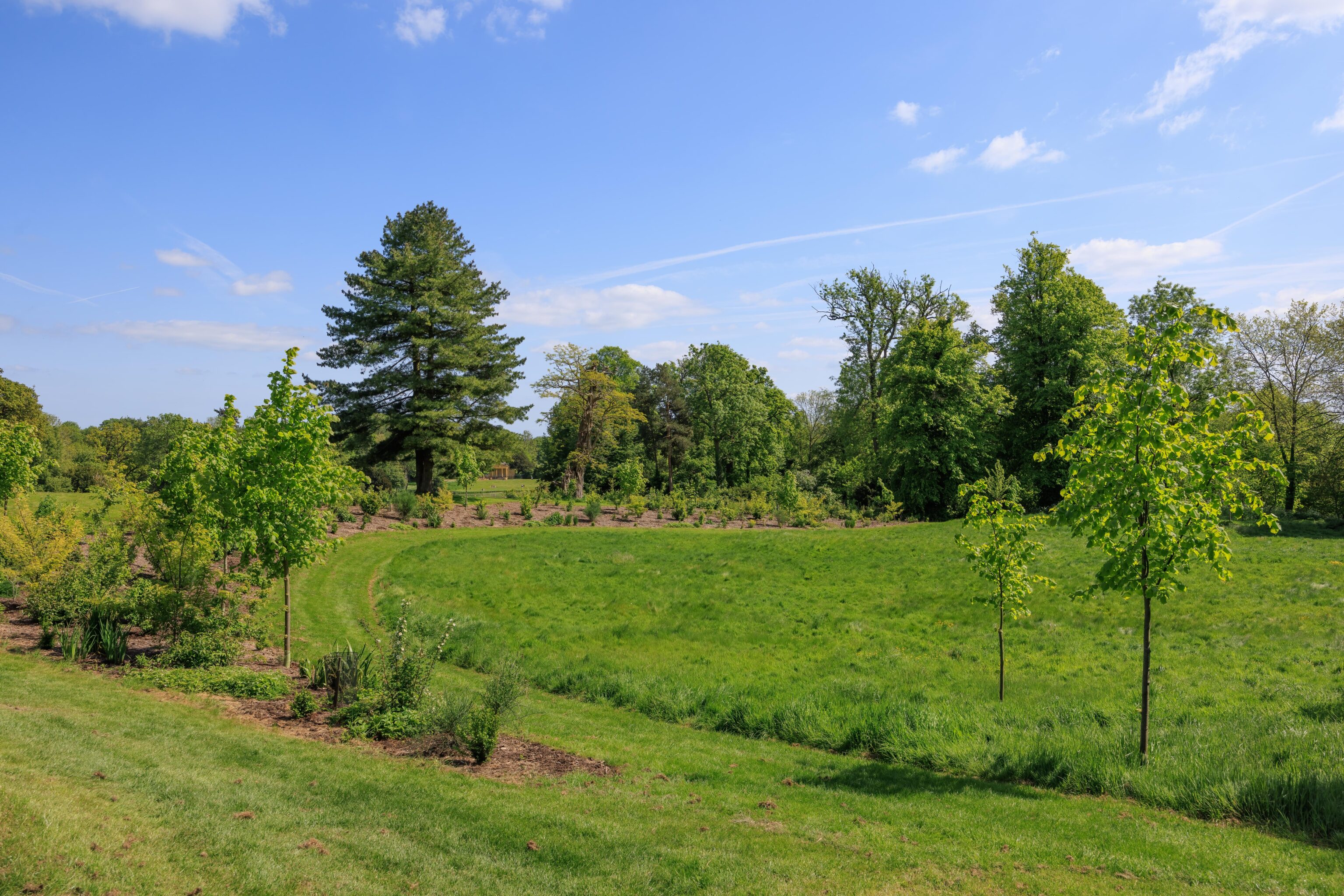
We passed by this unmowed grassy area on our way to the large grassy field in front of the country house.
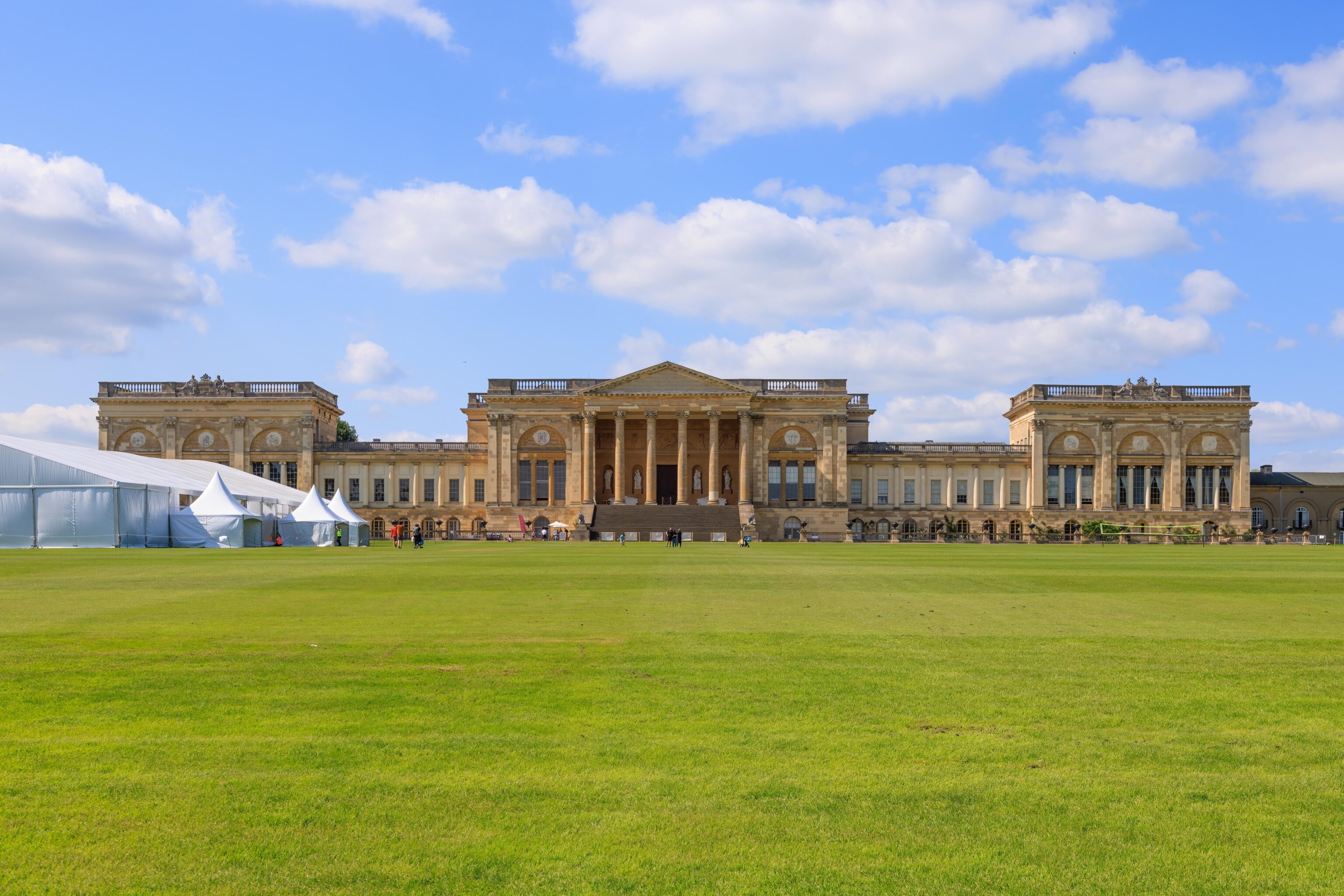
A closer look at the country house. It seems to be as big as Blenheim Palace!
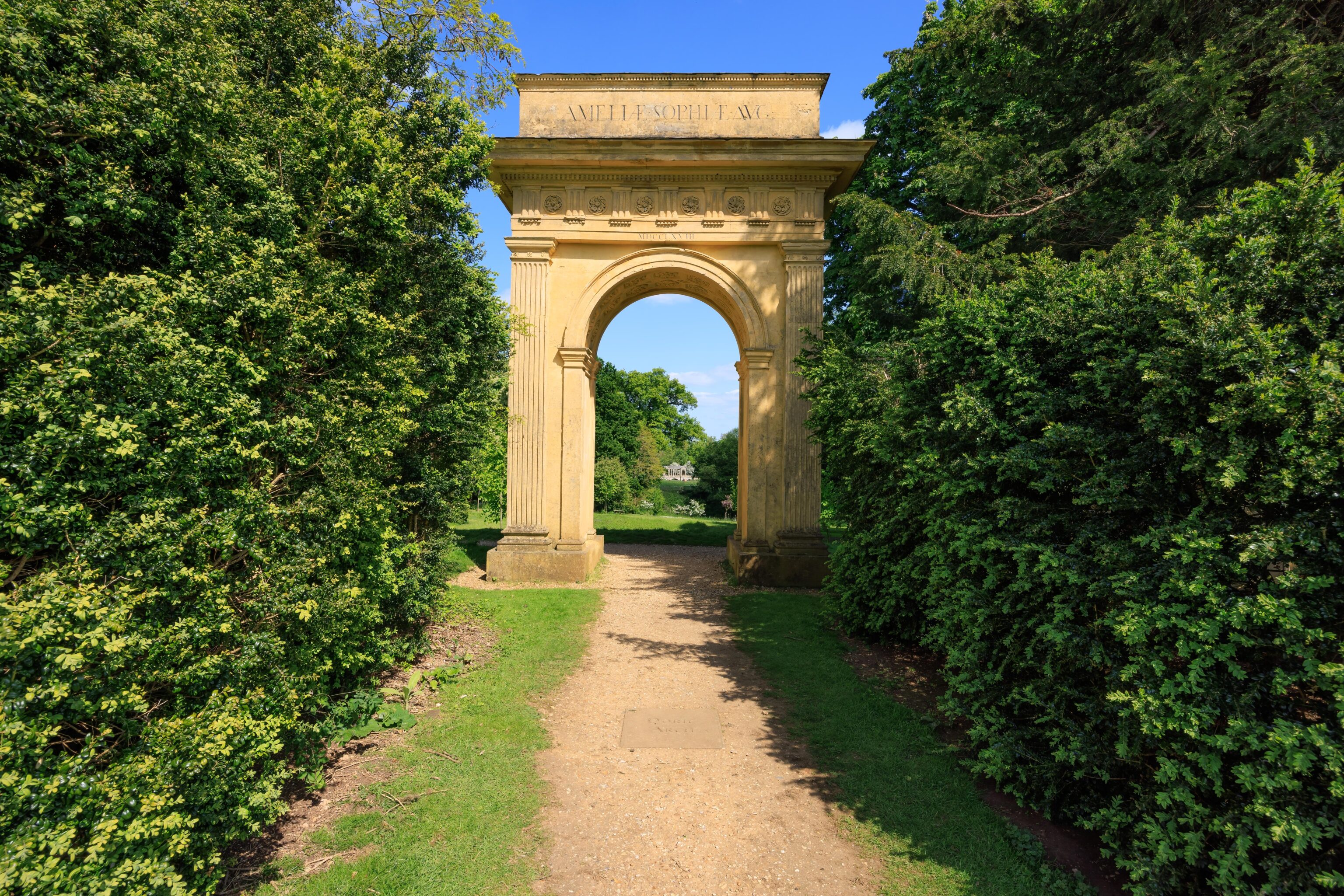
It took us a bit to find an exit on the east side of the grassy field. We passed under the Doric Arch to get to the paths on the eastern side of the garden.
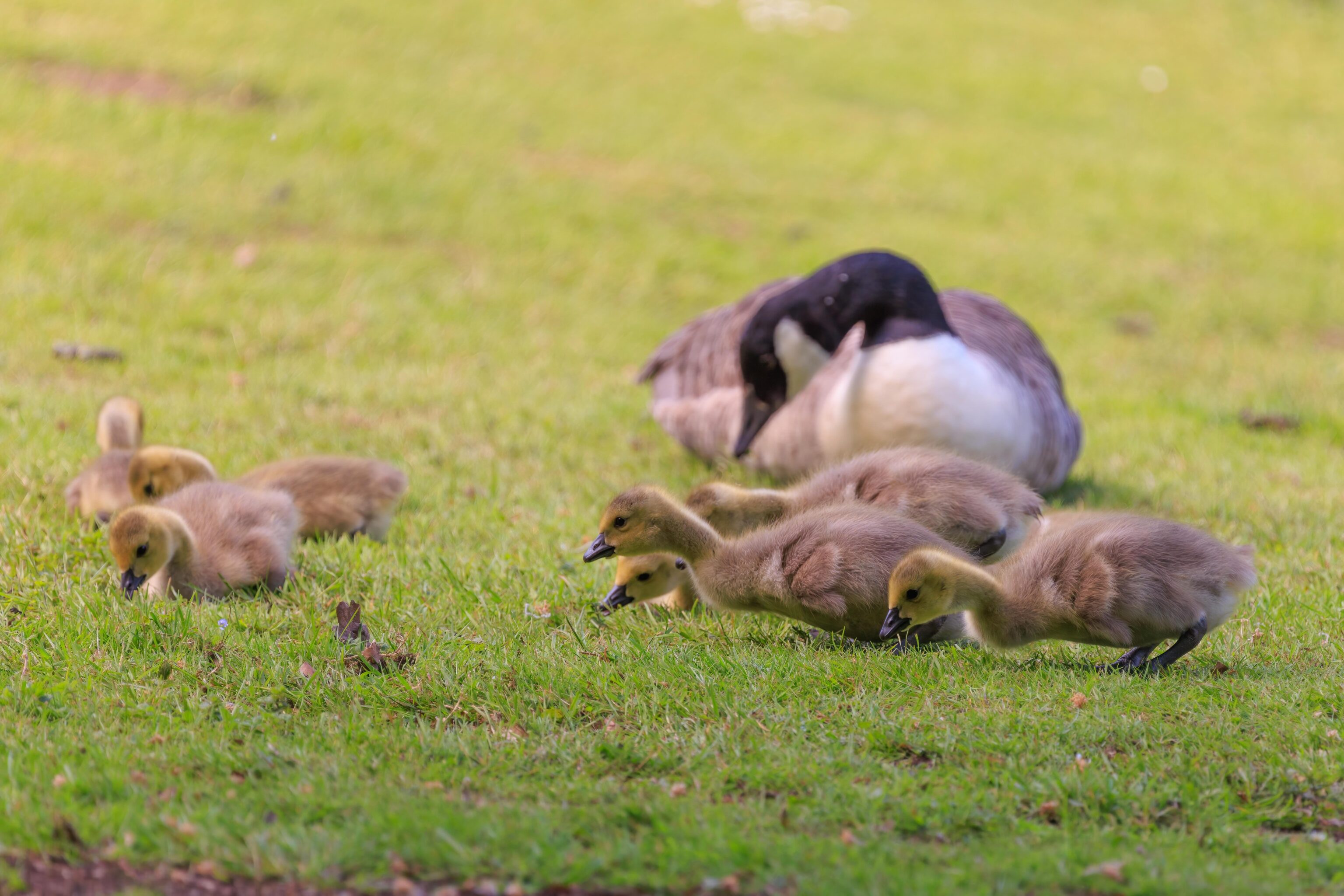


We saw two adult Canada Geese with many chicks. They were all enjoying the grass. Many of them were eating while lying down. That’s not something we’ve really seen them do at home.
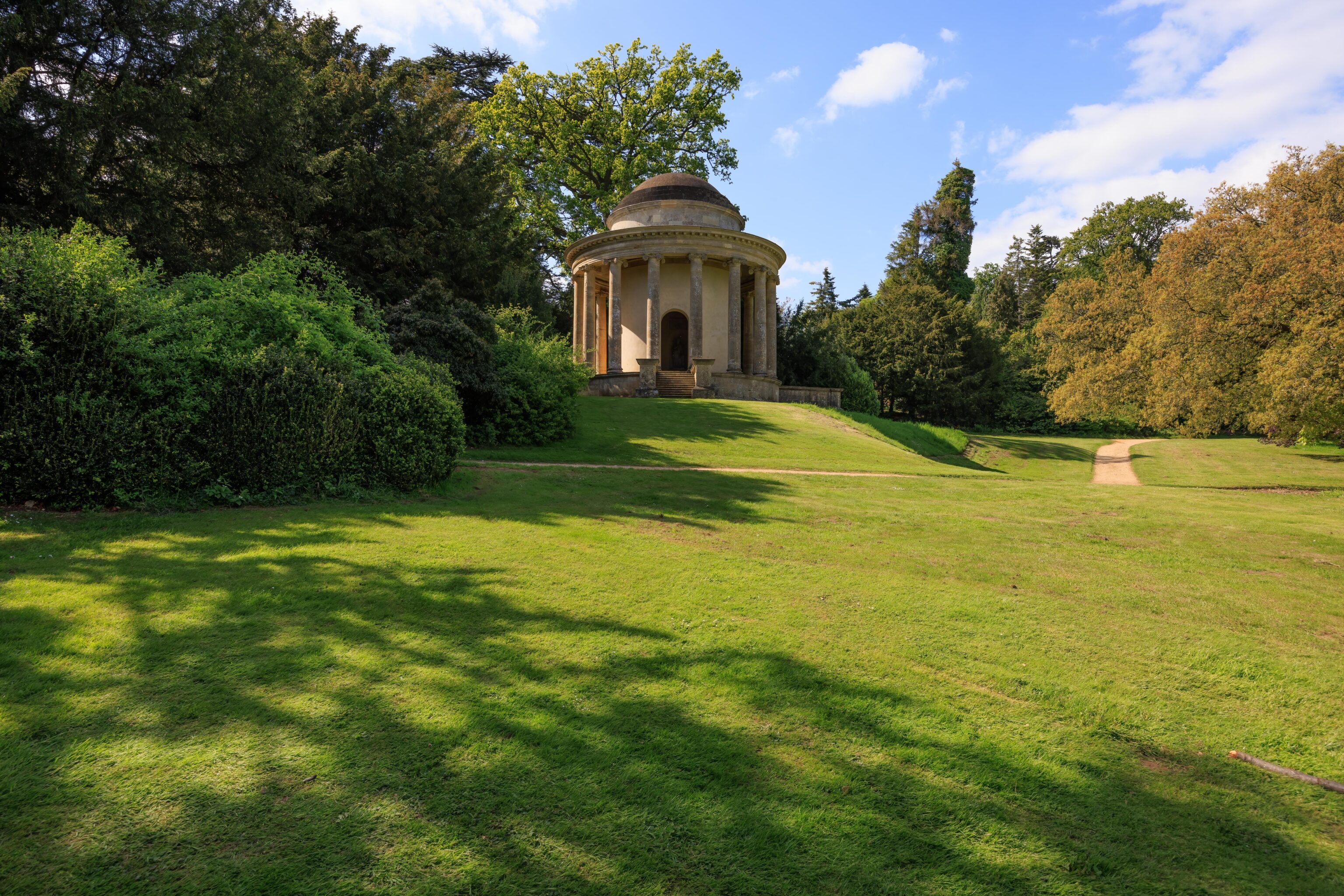
This structure is the Temple of Ancient Virtue.
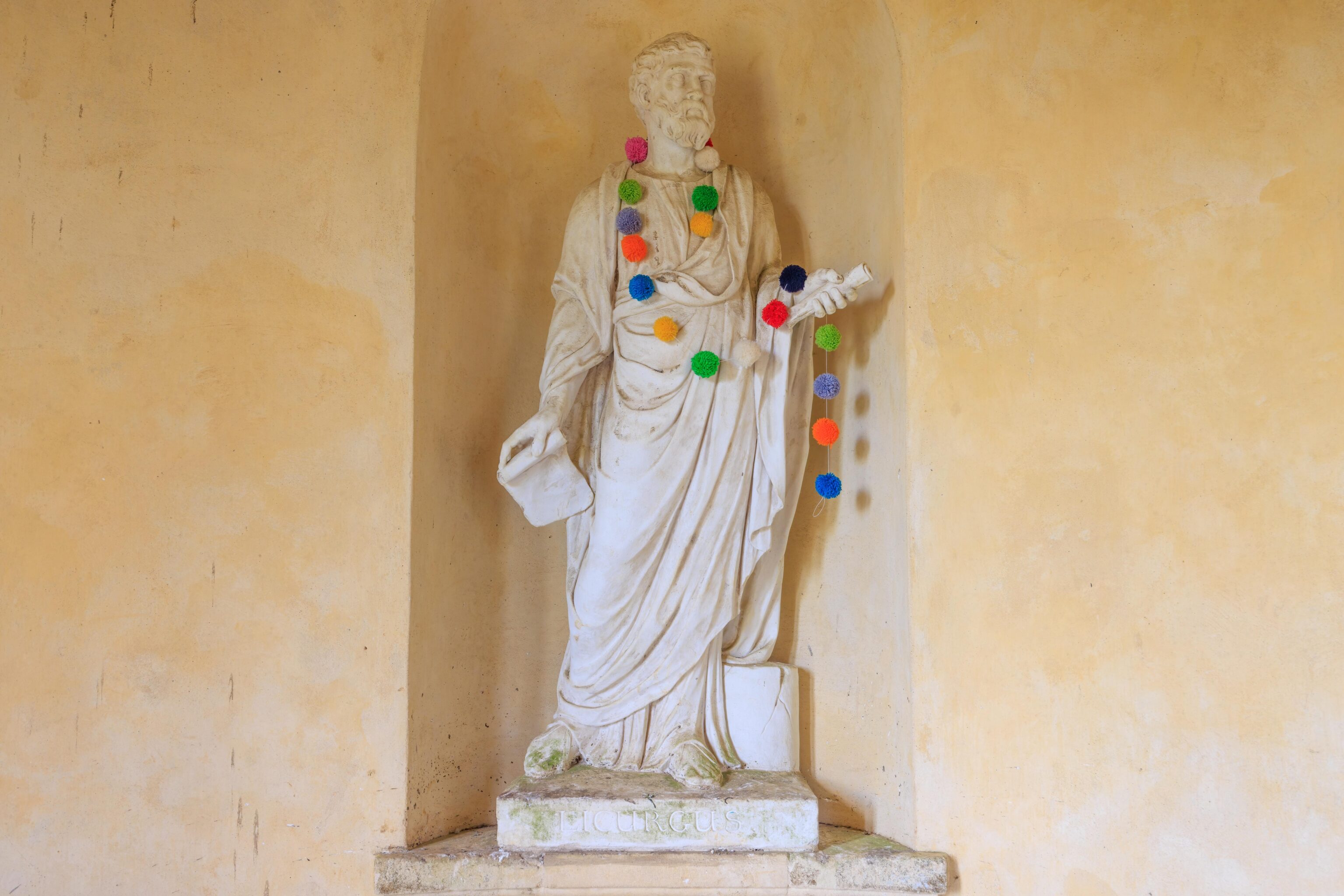
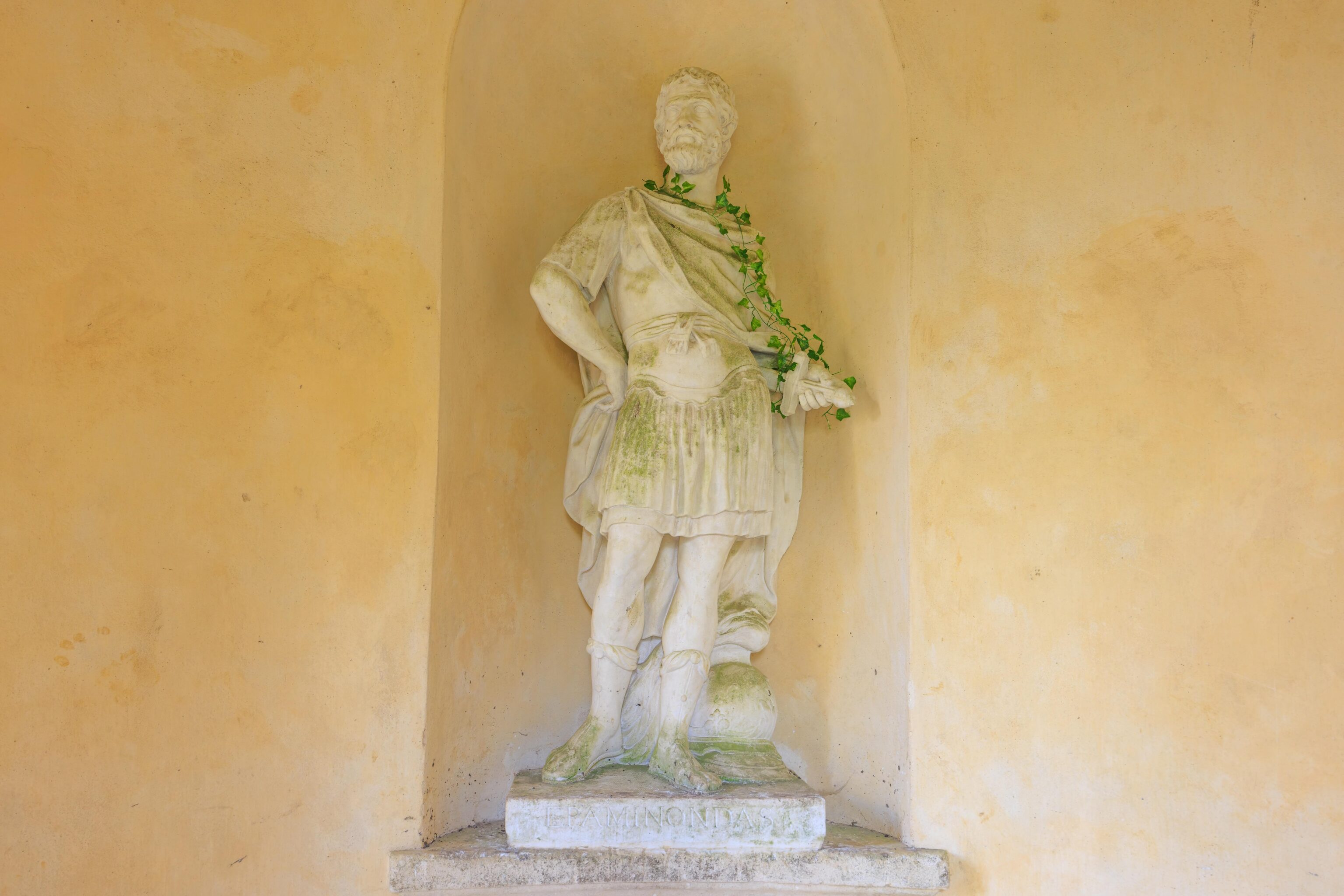
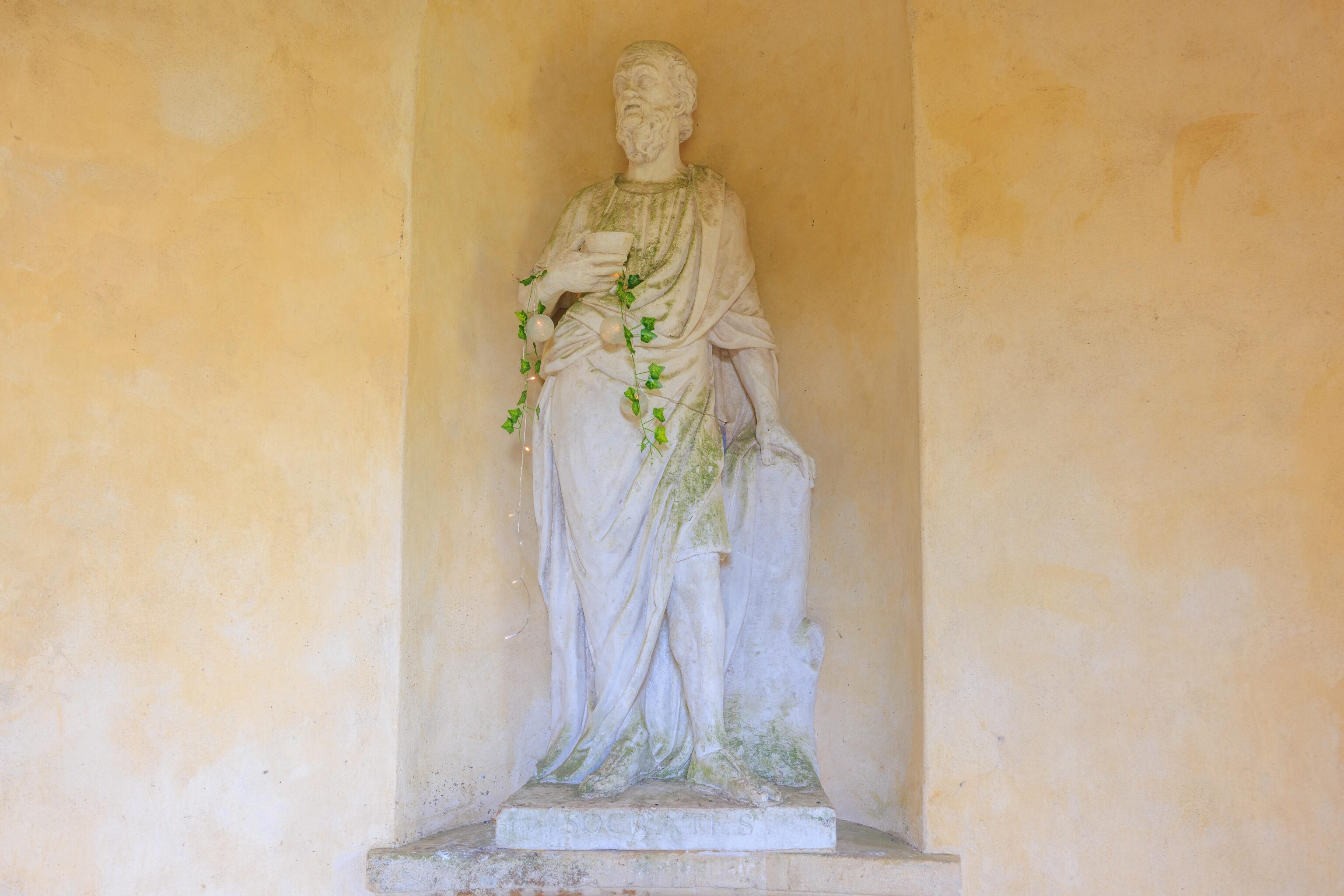
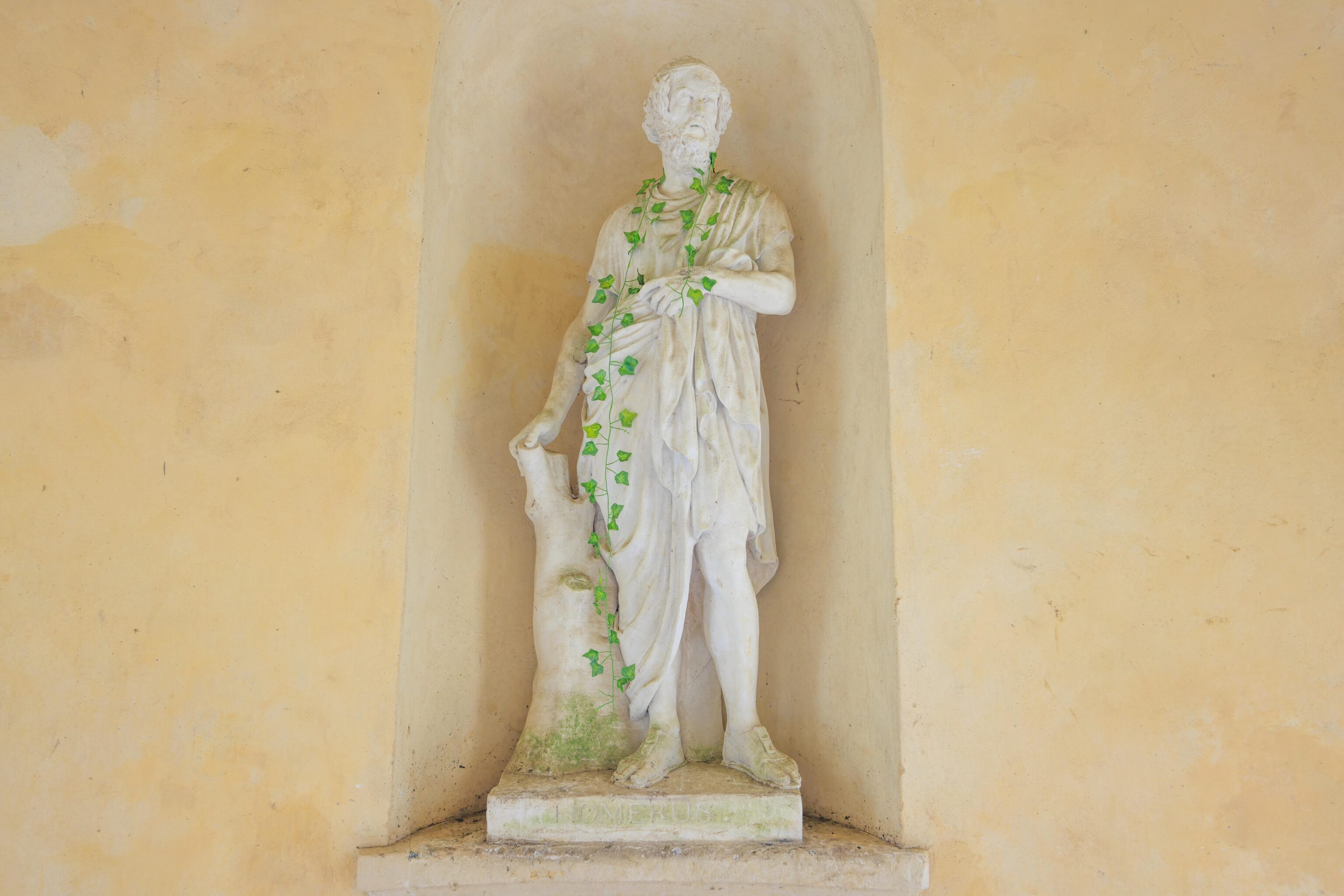
It has statues of Lycurgus, Epaminondas, Socrates, and Homer. Only two of these four ancient Greeks are familiar. From the garden map, “Cobham’s cenotaph to Socrates, Homer, Lycurgus and Epaminondas: the four ancient Greeks he believed embodied the virtues sadly lacking in the public figures of his own day.” Public opinion of public figures probably has not improved!
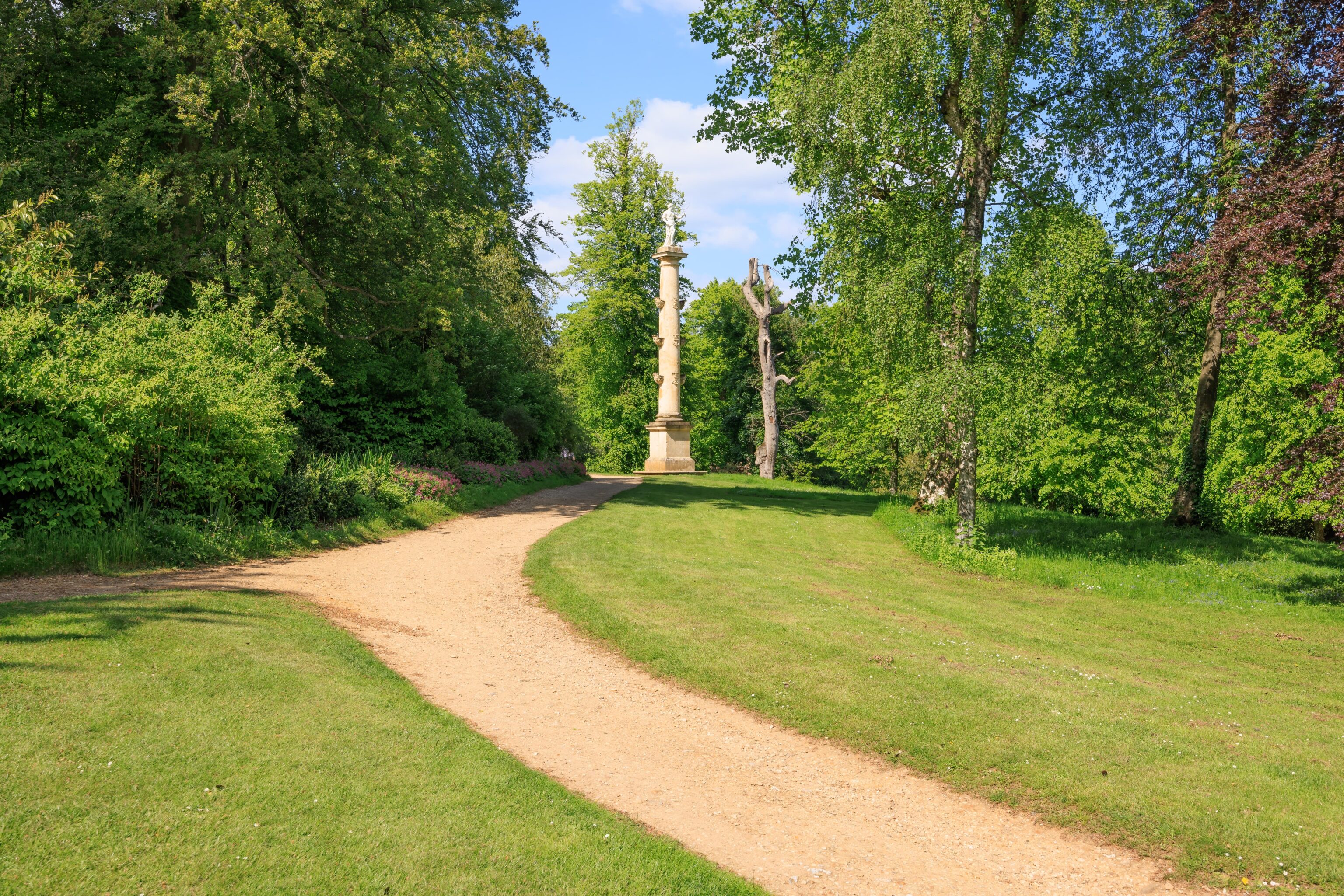
This column was built to honor Captain Thomas Grenville. Lord Cobham was his uncle and owner of Stowe. Captain Grenville died in a naval victory against the French.
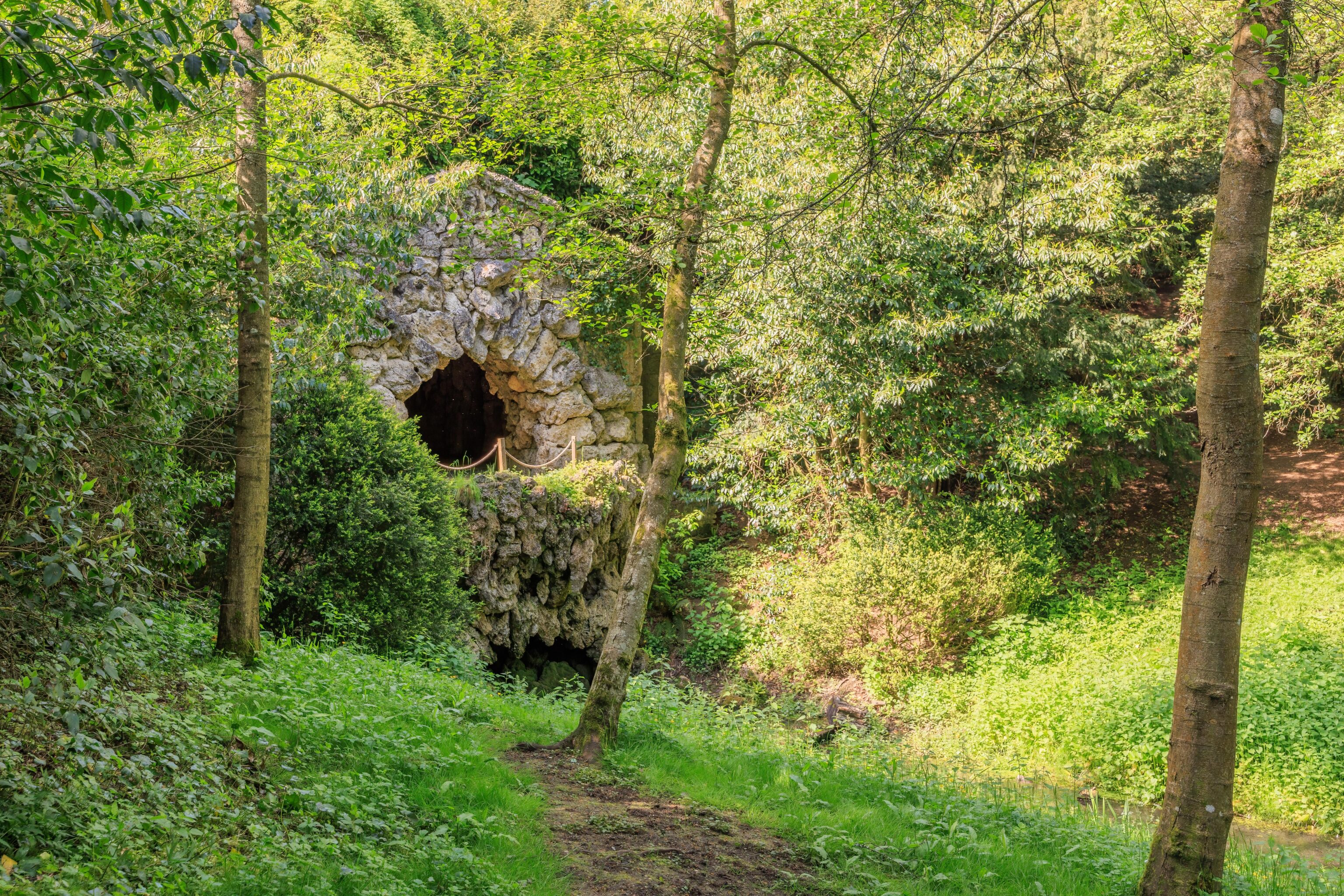
The Grotto. It seemed to be fenced off, though there weren’t actually any signs saying it was closed. We didn’t investigate any further.
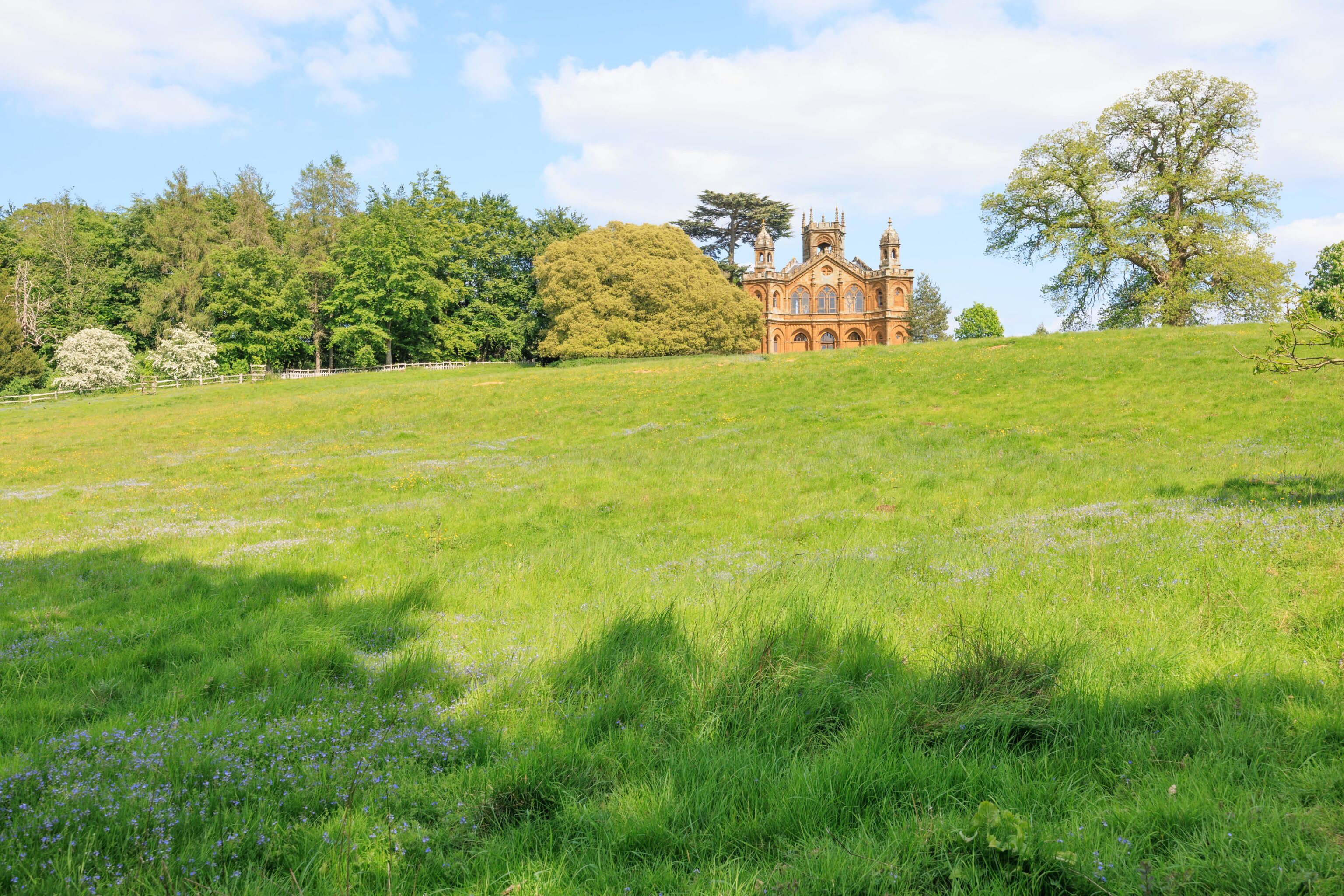
The Gothic Temple. It can be rented for overnight stays. Another visitor, likely a local, mentioned that it was in “The World Is Not Enough,” a James Bond movie.
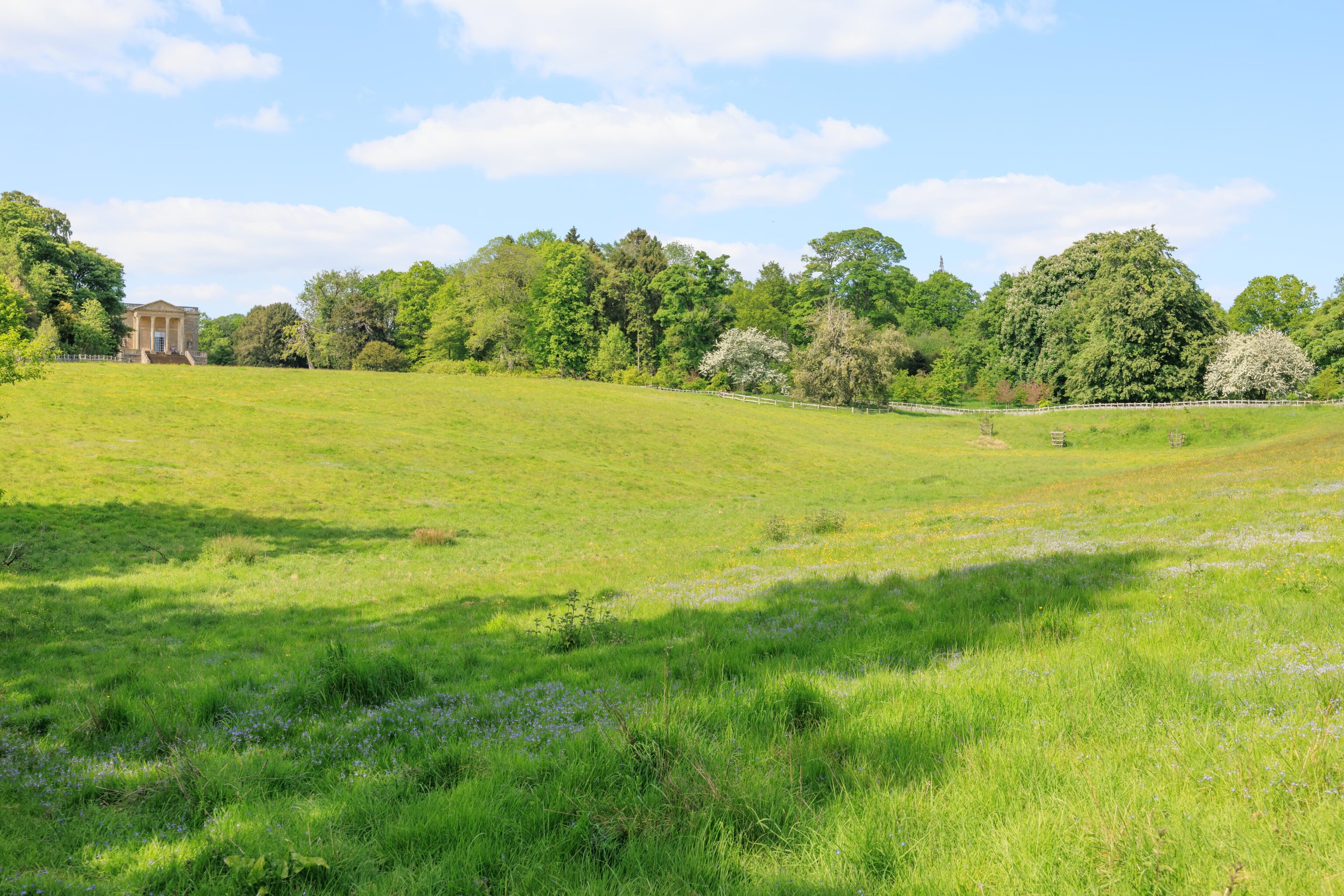
The Queen’s Temple is here on the left. We didn’t go near it during our visit.
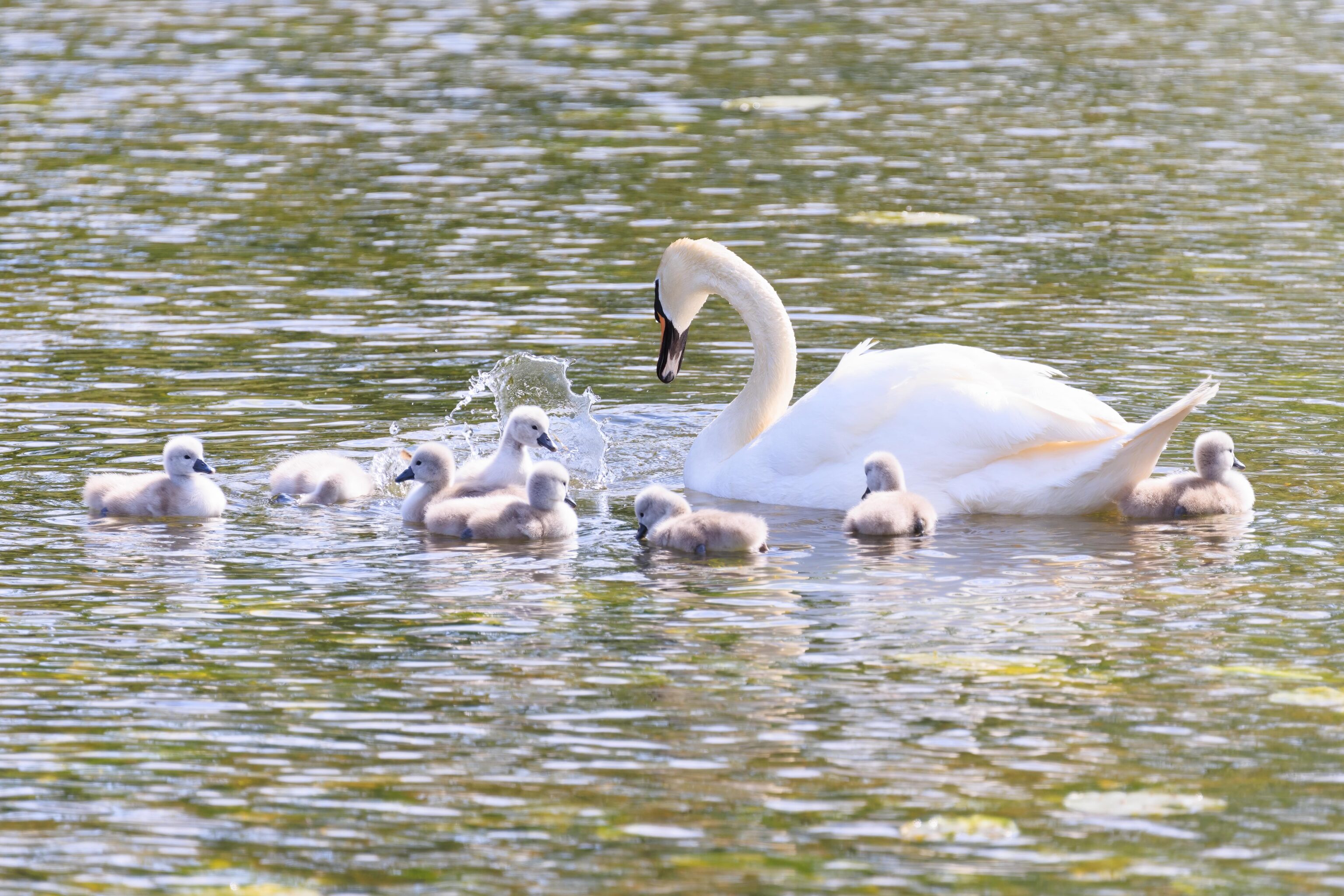
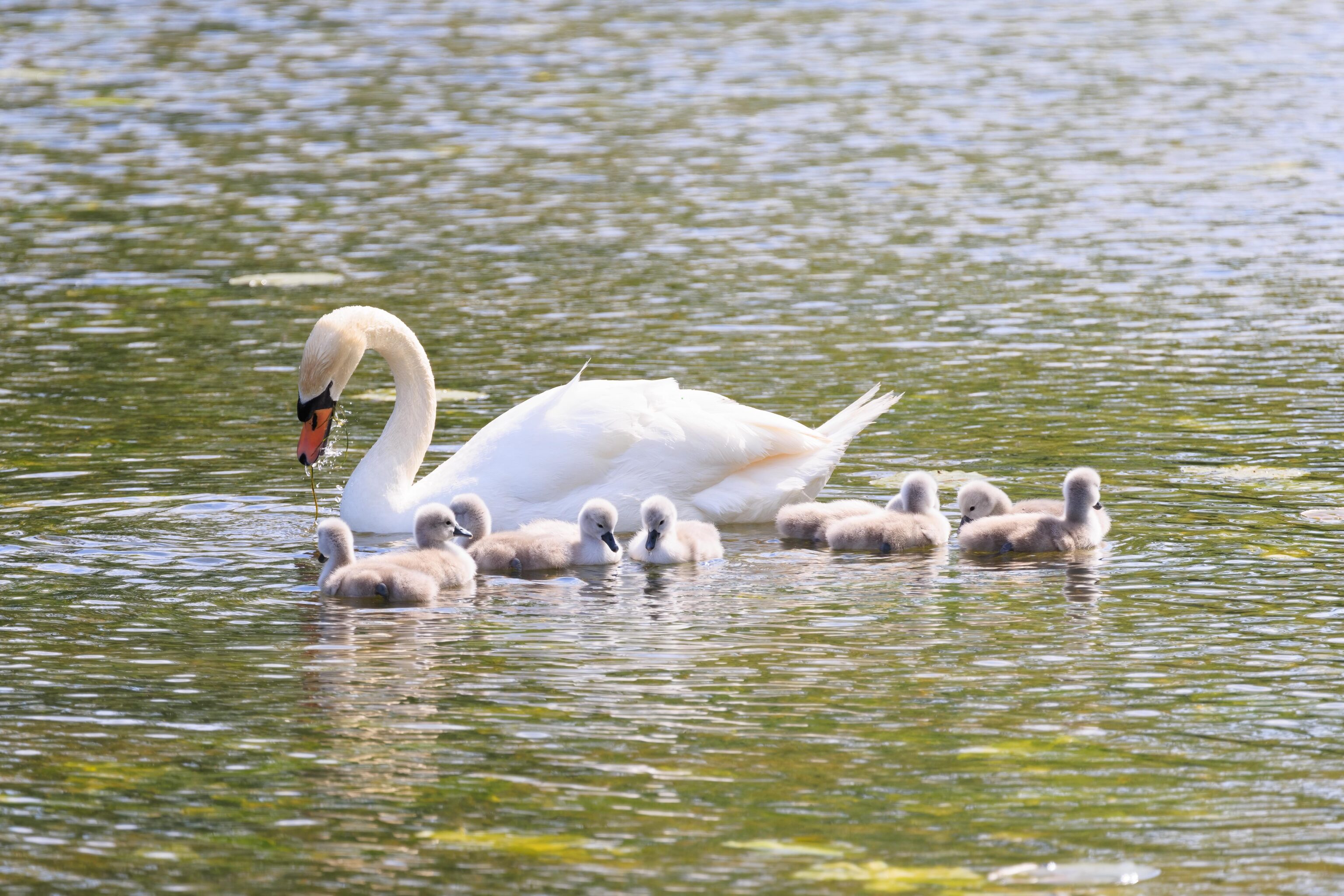
As we returned to the lake, we saw a Mute Swan and its chicks!
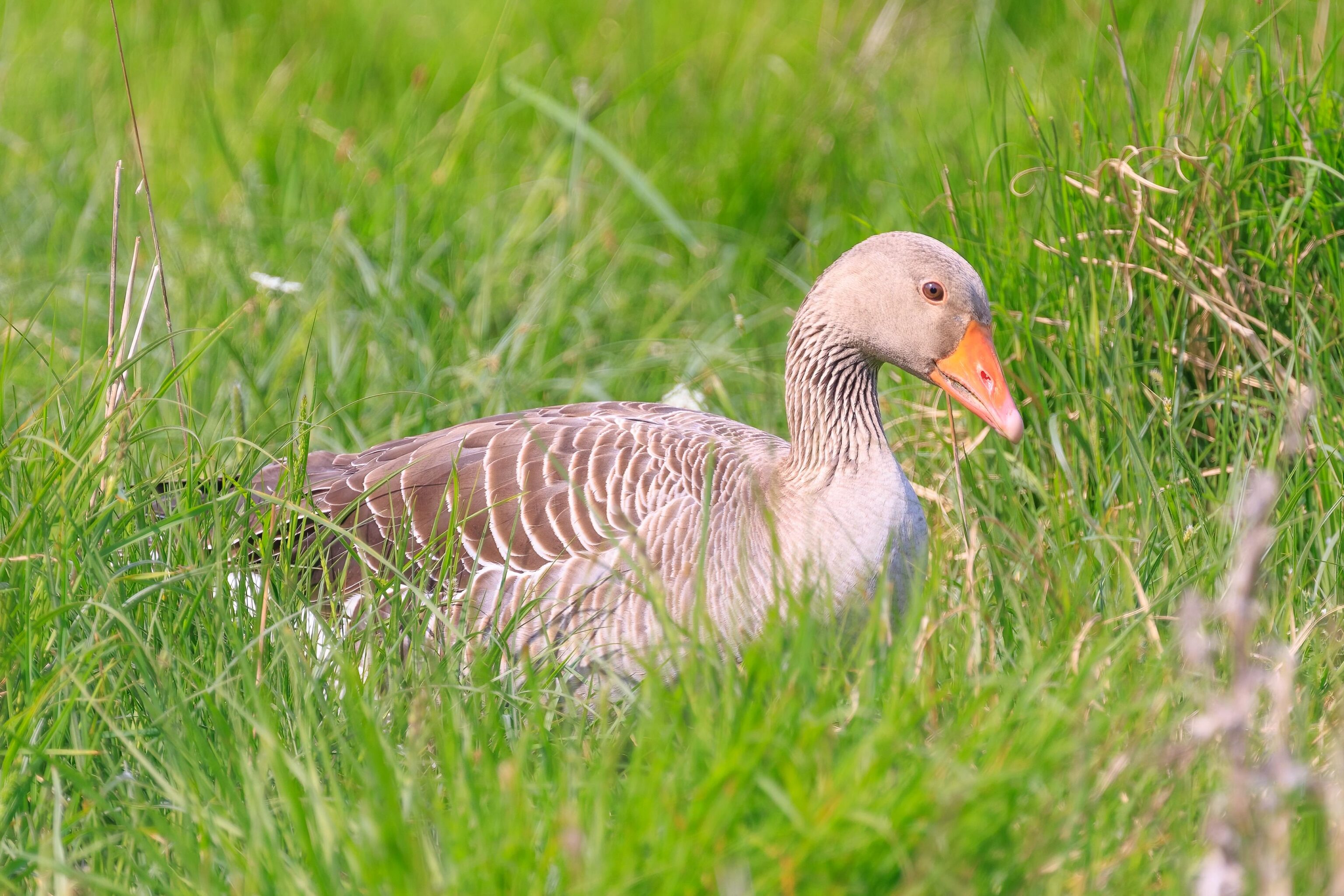
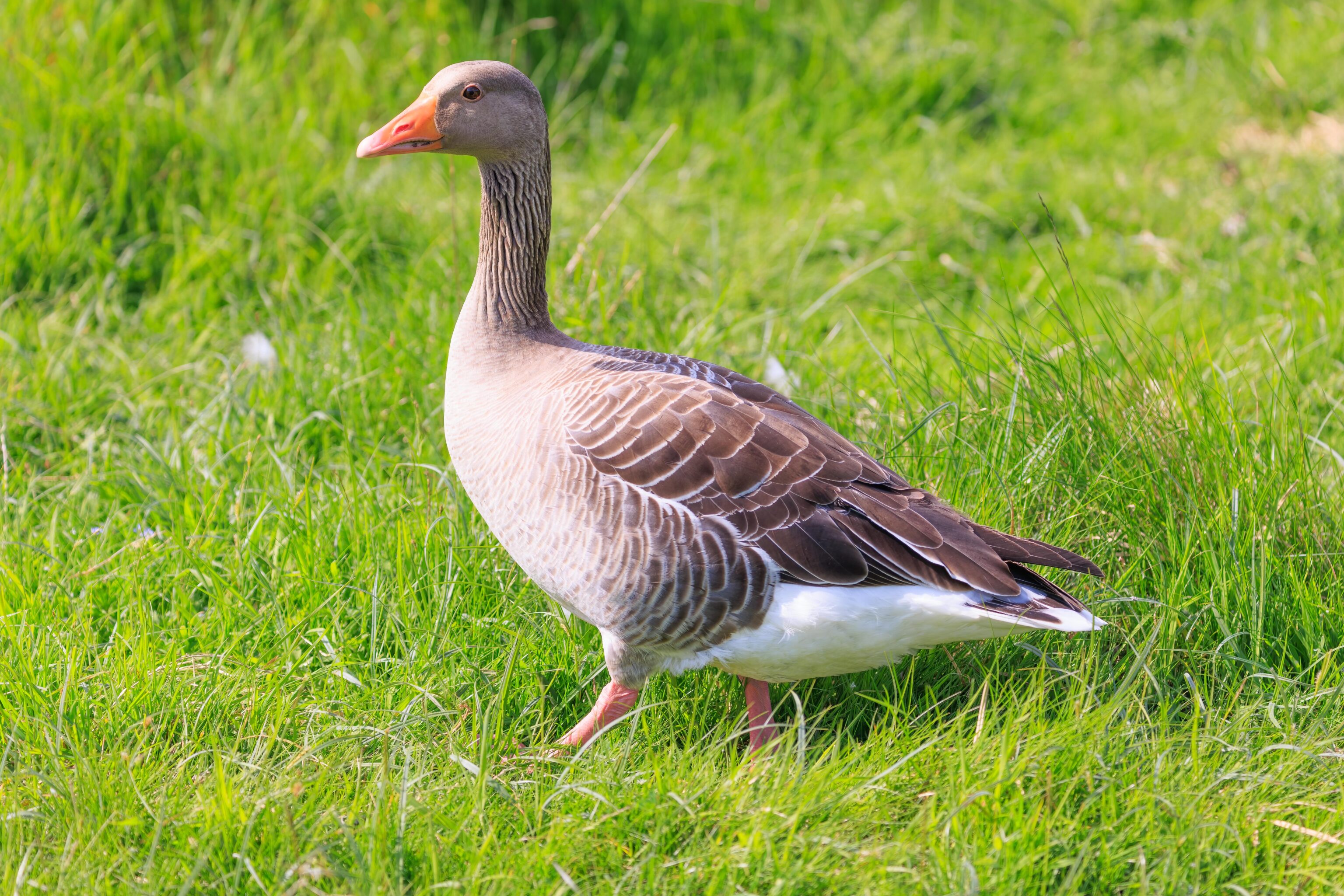
We also saw some Graylag Geese. There were also Canada Geese and Mallards present in the area.
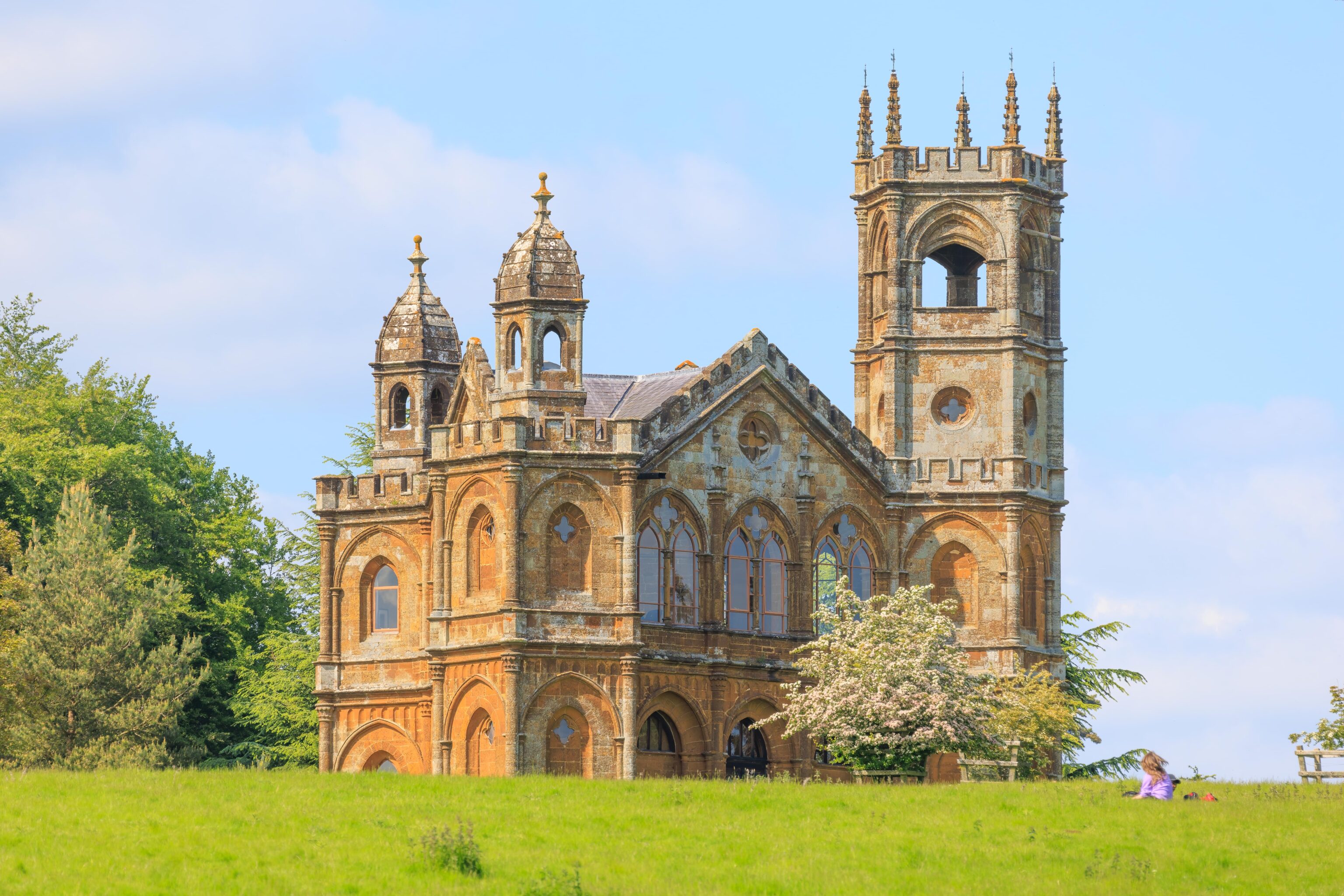
A telephoto view of the Gothic Temple. Probably quite an impressive place to stay!
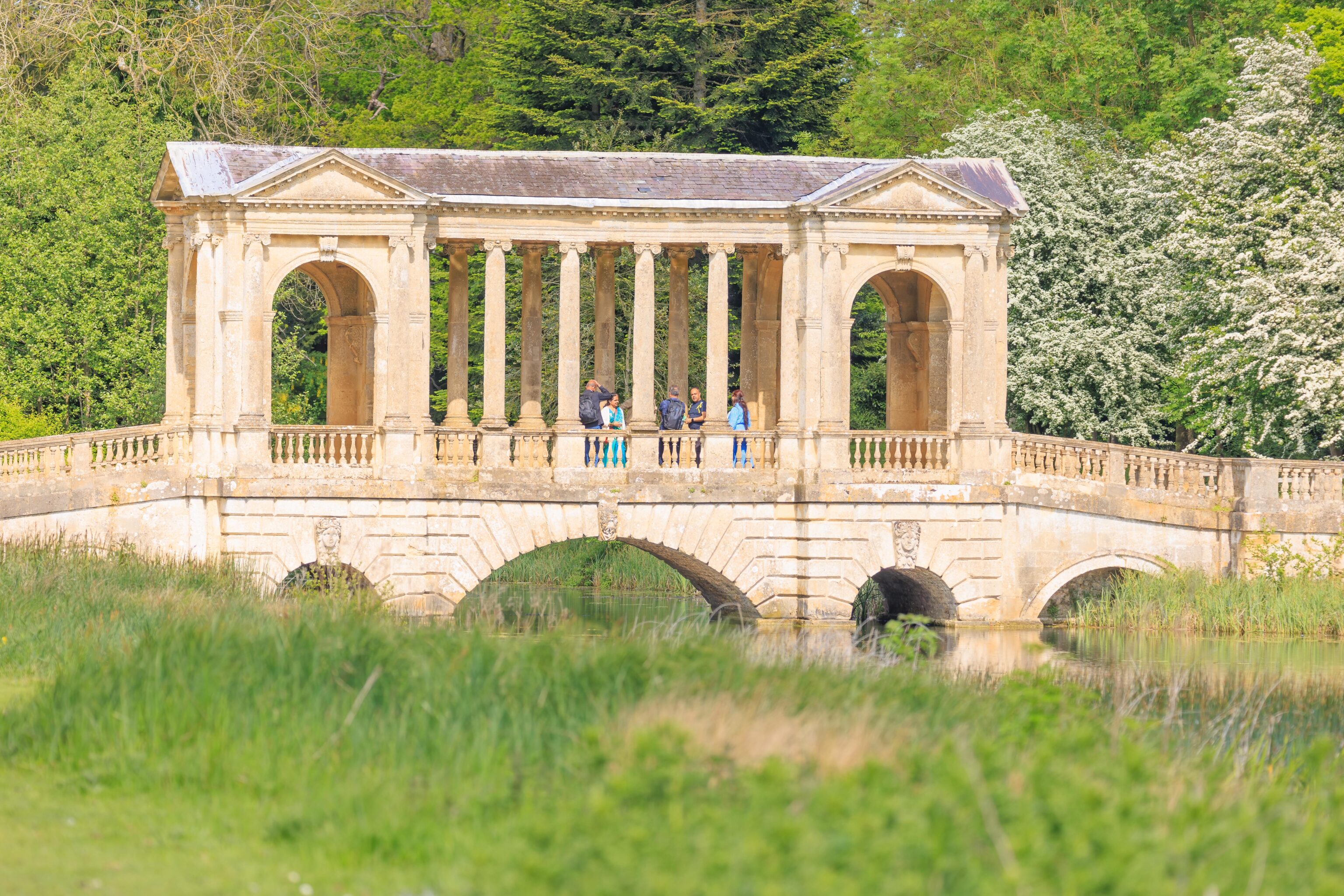
We continued walking to the Palladian Bridge. It was formerly higher above the water below but the water level has risen since then.
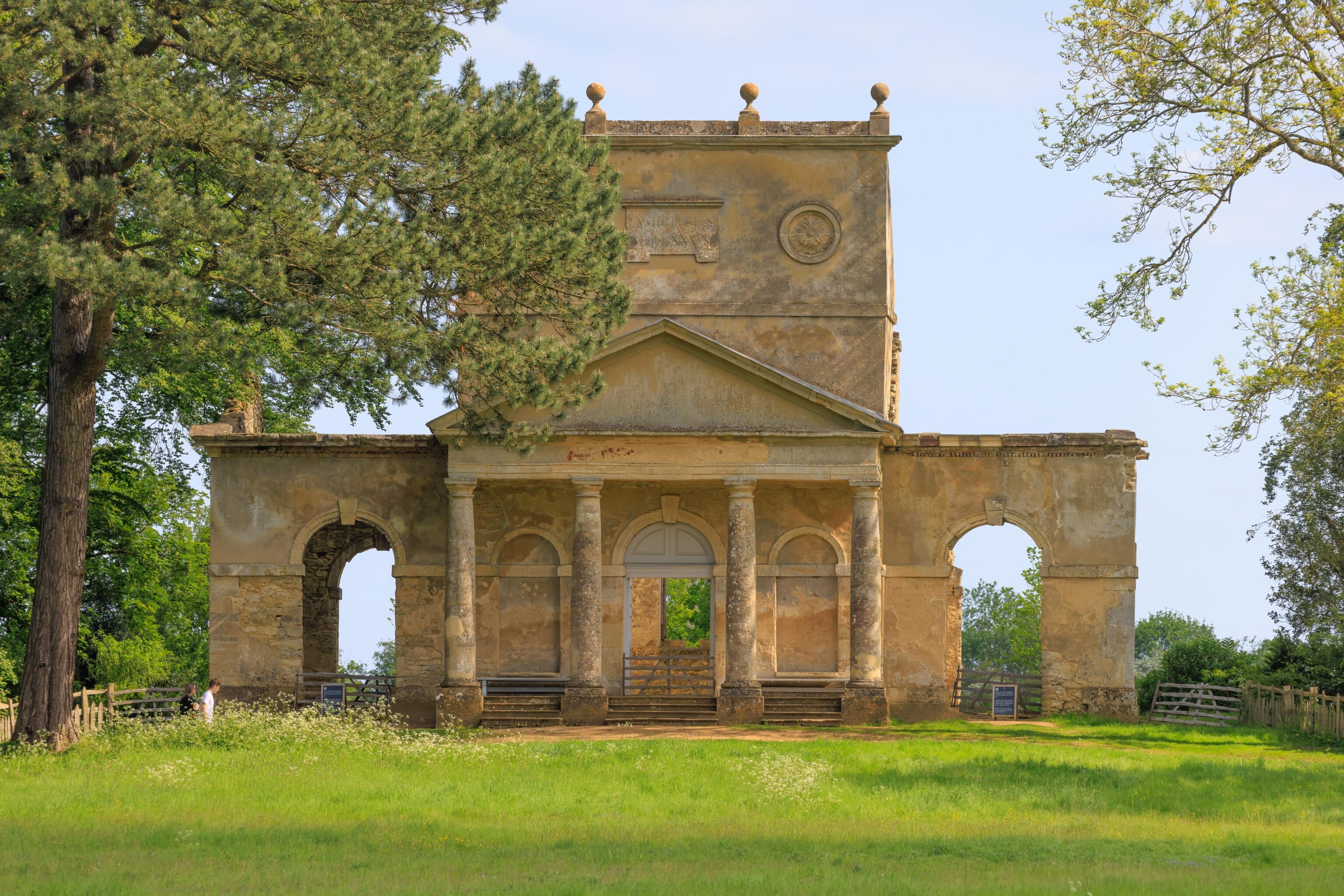
This ruin, the Temple of Friendship, was on the opposite side of the lake. The map describes it as, “where Cobham’s social and political clique gathered – an all-male safe space for drinking, holding forth and partying.”
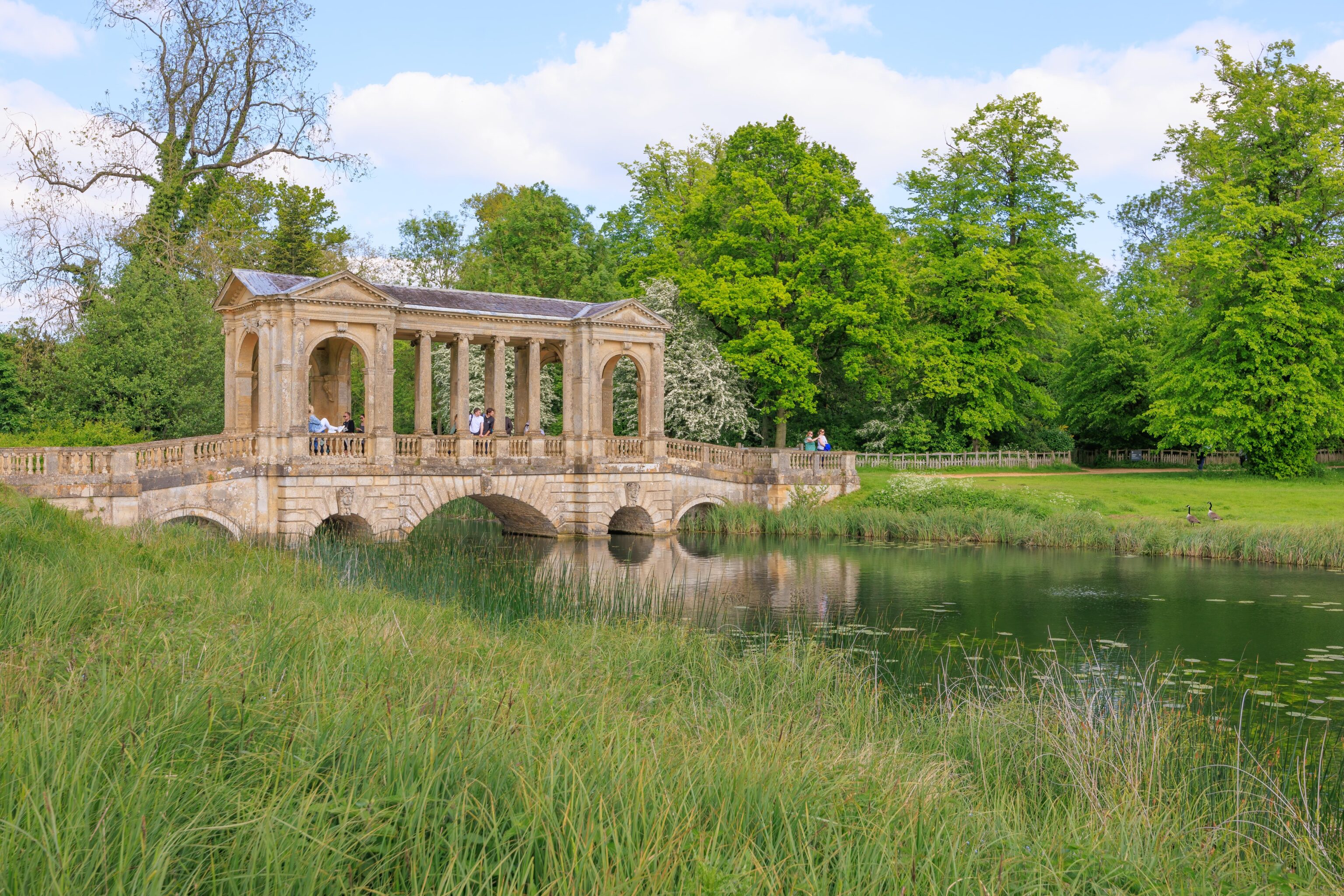
About to cross the bridge!
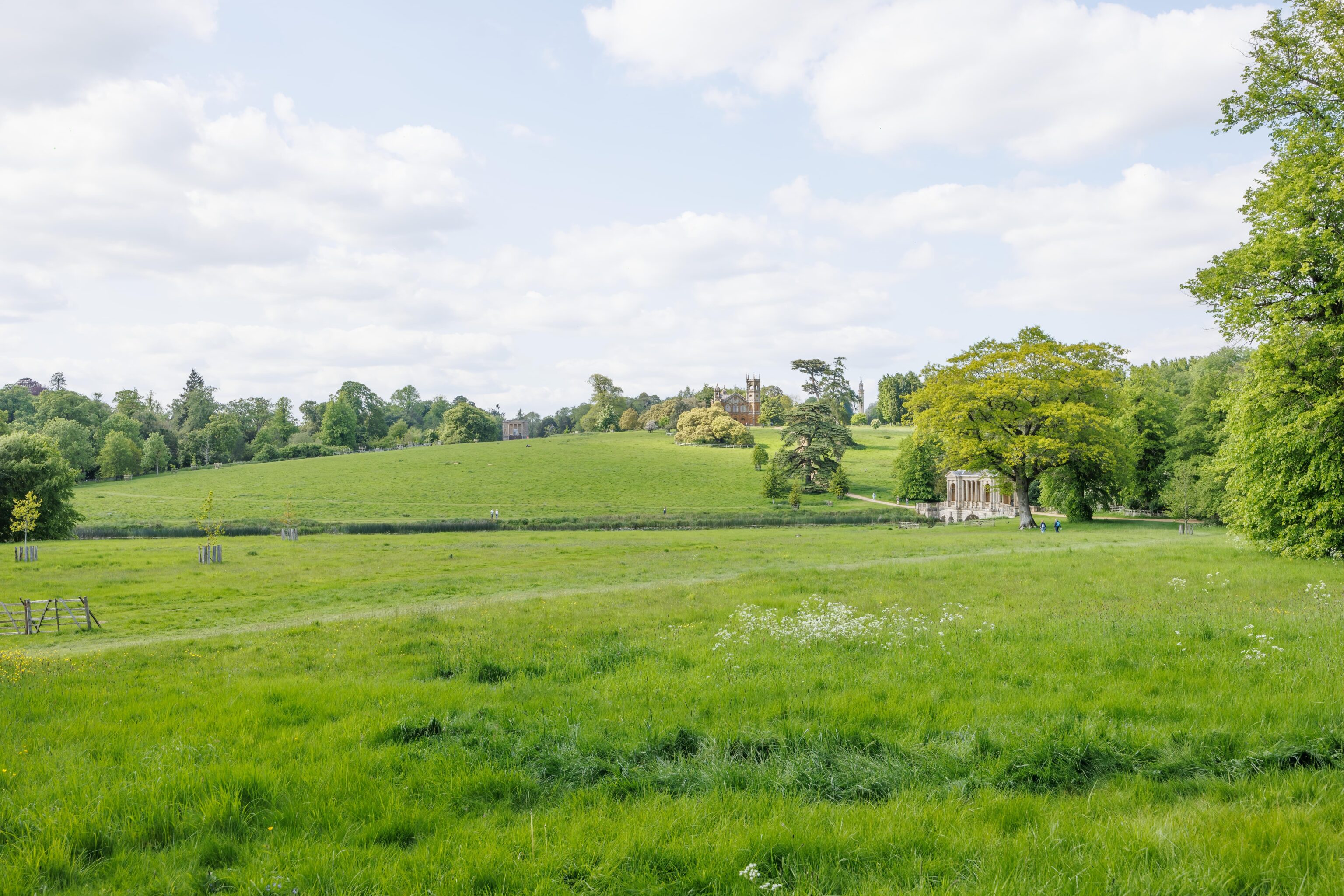
After crossing the bridge, we headed to the entrance. We could see the Gothic Temple and Queen’s Temple, both now very far in the distance.
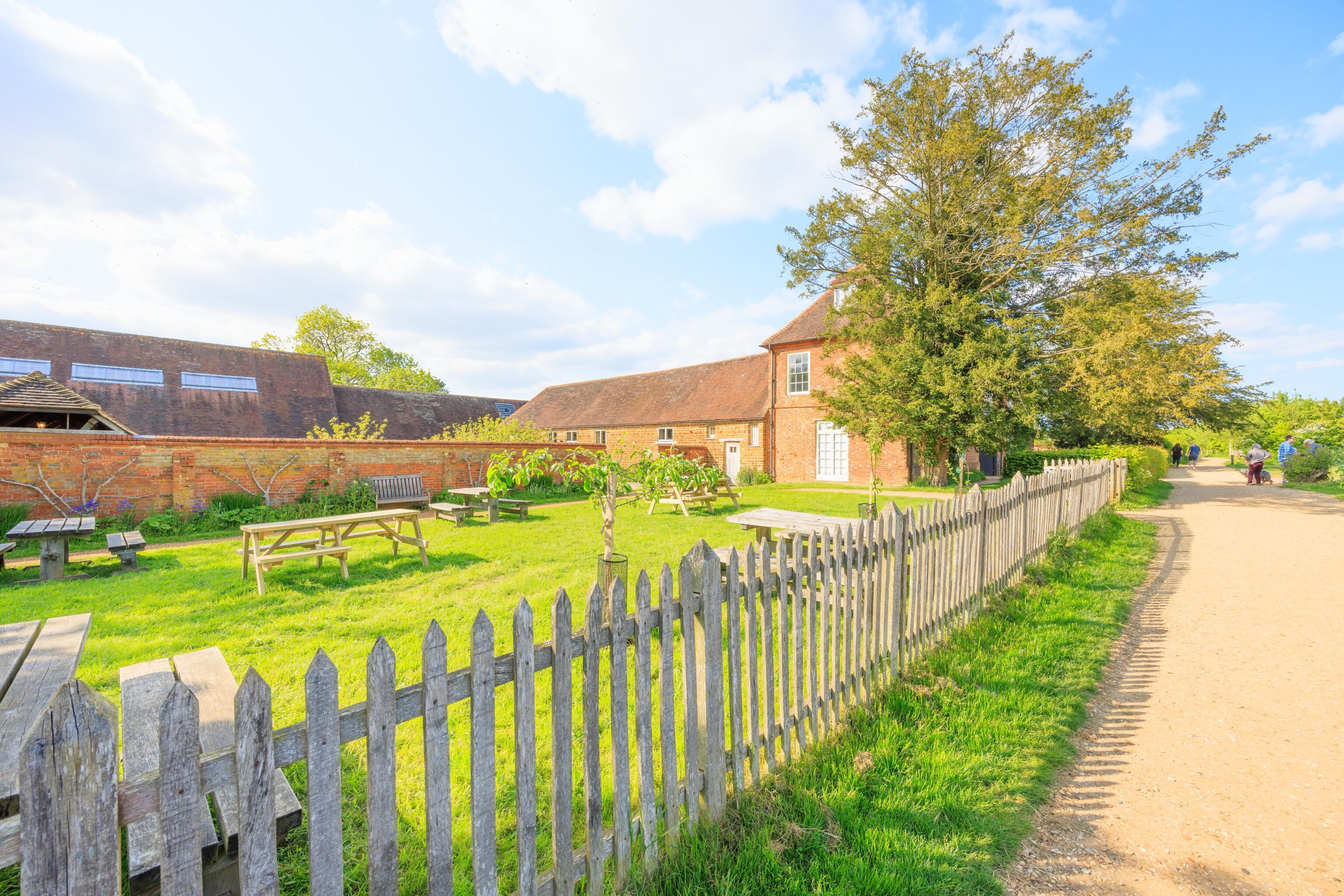
We made it out before 5pm! The gates close 30 minutes later so there is time to exit.


